Thrane and Thrane A S 3711A Satellite Terminal User Manual E510
Thrane & Thrane A/S Satellite Terminal E510
UserManual
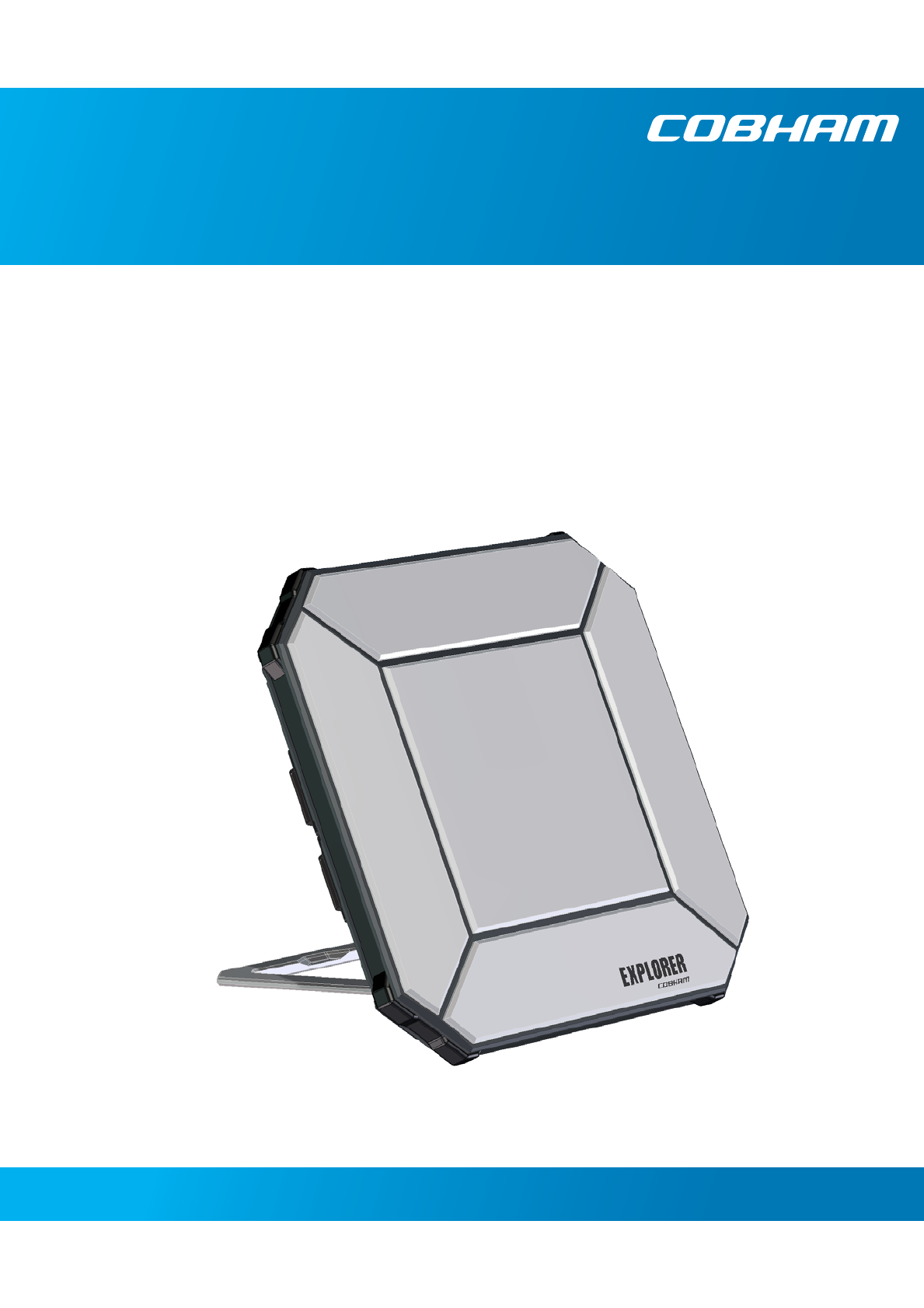
EXPLORER 510
User manual
98-143082-DraftA6 ii
Document number: 98-143082-DraftA6
Release date: 7 November 2014
Disclaimer
Any responsibility or liability for loss or damage in connection with the use of this product and the
accompanying documentation is disclaimed by Thrane & Thrane A/S. The information in this manual is
provided for information purposes only, is subject to change without notice and may contain errors or
inaccuracies. Manuals issued by Thrane & Thrane A/S are periodically revised and updated. Anyone
relying on this information should acquire the most current version e.g. from www.cobham.com/satcom >
Service and support, or from the distributor. Thrane & Thrane A/S is not responsible for the content or
accuracy of any translations or reproductions, in whole or in part, of this manual from any other source.
In the event of any discrepancies, the English version shall be the governing text.
Thrane & Thrane A/S is trading as Cobham SATCOM.
Copyright
© 2014 Thrane & Thrane A/S. All rights reserved.
Trademark acknowledgements
•Inmarsat is a registered trademark of the International Maritime Satellite Organisation (IMSO) and
is licensed by IMSO to Inmarsat Limited and Inmarsat Ventures plc.
• Other product and company names mentioned in this manual may be trademarks or trade names of
their respective owners.

98-143082-DraftA6 iii
Safety summary 1
The following general safety precautions must be observed during all phases of operation, service
and repair of this equipment. Failure to comply with these precautions or with specific warnings
elsewhere in this manual violates safety standards of design, manufacture and intended use of the
equipment. Cobham SATCOM assumes no liability for the customer's failure to comply with these
requirements.
Do not operate in an explosive atmosphere
Do not operate the equipment in the presence of flammable gases or fumes. Operation of any
electrical equipment in such an environment constitutes a definite safety hazard.
Keep away from live circuits
Operating personnel must not remove equipment covers. Component replacement and internal
adjustment must be made by qualified maintenance personnel. Do not replace components with
the power cable connected. Under certain conditions, dangerous voltages may exist even with the
power cable removed. To avoid injuries, always disconnect power and discharge circuits before
touching them.
Do not service alone
Do not attempt internal service or adjustments unless another person, capable of rendering first aid
resuscitation, is present.
Do not substitute parts or modify equipment
Because of the danger of introducing additional hazards, do not substitute parts or perform any
unauthorized modification to the equipment.
Keep away from antenna front
This device emits radio frequency energy when switched on. To avoid
injury, keep a minimum safety distance of 60 cm from the antenna front
when the EXPLORER 510 is on.
Garder à l'écart de l'avant de l'antenne
Le présent appareil émet des radiofréquences lors de son utilisation. Afin
d'éviter tout risque pour la santé, une distance minimale de 60 cm est nécessaire entre l'utilisateur
et l'avant de l'EXPLORER 510.
Only use approved batteries from Cobham SATCOM
Use of non approved batteries may result in explosion, fire, electrical shock or injury.
Observe marked areas
Under extreme heat conditions do not touch areas of the EXPLORER 510
that are marked with this symbol, as it may result in injury.

Antenna safety instructions
98-143082-DraftA6 iv
Antenna safety instructions 2
Use only manufacturer supplied antennas.
Antenna minimum safe distance: 0.6 m
Antenna gain
Directional, with maximum gain of 11 dBi (with reference to isotropic).
The Federal Communications Commission has adopted a safety standard for human
exposure to RF (Radio Frequency) energy which is below the OSHA (Occupational Safety
and Health Act) limits.
Antenna mounting
The antenna supplied by the manufacturer must be located such that during radio
transmission, no person or persons can come closer than the above indicated minimum
safe distance to the front face of the antenna, i.e. 0.6 m.
L'antenne fournie par le fabricant doit être placée de telle sorte que, durant les
transmissions radio, personne ni aucun groupe de personnes ne puisse s'approcher à une
distance inférieur à la distance de sécurité minimal indiquée ci-dessus, c.-à-d., 0.6 m.
To comply with current FCC RF Exposure limits, the antenna must be installed at or
exceeding the minimum safe distance shown above, and in accordance with the
requirements of the antenna manufacturer or supplier.
Antenna substitution
Do not use any other antenna than the models supplied or recommended by the
manufacturer. You may be exposing people to excess radio frequency radiation. You
may contact the manufacturer for further instructions.
Radiation warning
You, as the qualified end-user of this radio device, must control the exposure conditions
of bystanders to ensure the minimum separation distance (above) is maintained
between the antenna and nearby persons, for satisfying RF Exposure compliance. The
operation of this transmitter must satisfy the requirements of General Population/
Uncontrolled Environment. Only use the terminal when persons are at least the
minimum distance from the front face of the antenna.
WARNING! Maintain a separation distance of at least 0.6 m from the
front face of the antenna to a person.
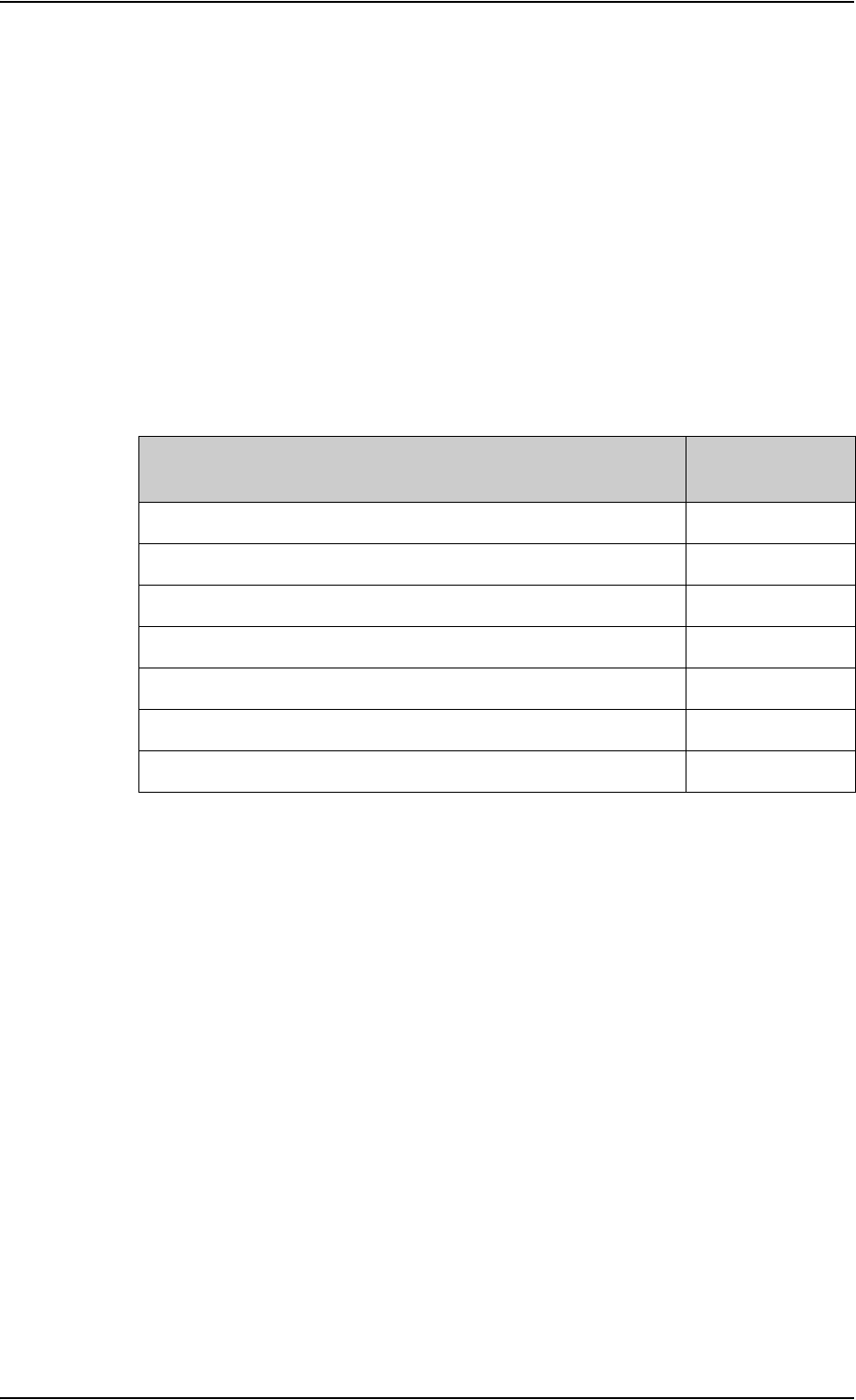
About this manual
98-143082-DraftA6 v
About this manual 3
Intended readers
This manual is a user manual for the EXPLORER 510. The manual is intended for anyone
who is using or intends to use the EXPLORER 510. No specific skills are required to
operate the EXPLORER 510. However, it is important that you observe all safety
requirements listed in the Safety summary in the beginning of this manual, and
operate the EXPLORER 510 according to the guidelines in this manual.
Related documents
The following documents are related to this manual and to the EXPLORER 510 system.
Typography
In this manual, typography is used as indicated below:
Bold is used for the following purposes:
•To emphasize words.
Example: “Do not touch the antenna front during pointing”.
• To indicate what the user should select in the user interface.
Example: “Select Control panel > LAN and click Enable”.
Italic is used to emphasize the paragraph title in cross-references.
Example: “For further information, see Connecting Cables on page...”.
Title and description Document
number
EXPLORER 510 Getting Started, English 98-143071
EXPLORER 510 Getting Started, Deutsch (German) 98-143073
EXPLORER 510 Getting Started, Français (French) 98-143074
EXPLORER 510 Getting Started, Español (Spanish) 98-143075
EXPLORER 510 Getting Started, Русский (Russian) 98-143076
EXPLORER 510 Getting Started, 中文 (Chinese) 98-143077
EXPLORER 510 Getting Started, 日本語 (Japanese) 98-143078

98-143082-DraftA6 vi
Contents
Chapter 1 Introduction to EXPLORER 510
General description .................................................................................................................. 1
Features and interfaces of the EXPLORER 510 ............................................. 2
Your EXPLORER 510 terminal ......................................................................................... 4
Chapter 2 To get started
To unpack and assemble the EXPLORER 510 .................................................. 6
To switch the EXPLORER 510 on or off ................................................................ 8
To connect your WLAN-enabled device ............................................................... 9
To connect to LAN .................................................................................................................... 9
To access the web interface ............................................................................................ 9
To access the network ........................................................................................................10
To start and stop data connections .......................................................................13
To make phone calls over BGAN ...............................................................................15
External power ............................................................................................................................16
Chapter 3 Operation
Connection to the EXPLORER 510 ...........................................................................17
Data connection ........................................................................................................................18
Phone calls ......................................................................................................................................23
Alerts ....................................................................................................................................................24
Status of the EXPLORER 510 .........................................................................................25
Tracking .............................................................................................................................................25
To charge your smartphone ...........................................................................................25
Chapter 4 Configuration
The EXPLORER Connect App .........................................................................................27
The web interface ....................................................................................................................27
To enter the SIM PIN in the web interface ...................................................30
To point the antenna ...........................................................................................................31
To control data connections from web interface (BGAN) ................32

Contents
98-143082-DraftA6 vii
Status information ..................................................................................................................33
The Control panel ....................................................................................................................34
To use the logs ............................................................................................................................35
Battery status information .............................................................................................36
To set up the interfaces ....................................................................................................36
To manage IP handsets or smartphones ...........................................................39
Support features .......................................................................................................................40
Terminal settings ......................................................................................................................43
To set up your data connection packages (BGAN) ..................................47
To set up tracking ....................................................................................................................48
Advanced settings ...................................................................................................................50
Optional: To set up cellular network for data ...............................................59
Chapter 5 Maintenance and troubleshooting
Support ...............................................................................................................................................62
Software update ........................................................................................................................63
Restore the settings of the EXPLORER 510 ....................................................65
Maintenance .................................................................................................................................66
Troubleshooting ........................................................................................................................67
Log files ..............................................................................................................................................76
App. A Technical specifications
General specifications .........................................................................................................78
Battery specifications (internal battery) ...........................................................79
Interfaces specifications ..................................................................................................79
Built-in BGAN antenna ........................................................................................................81
AC/DC adapter .............................................................................................................................81
Outline drawing ..........................................................................................................................82
Satellite coverage ....................................................................................................................84
App. B Conformity
General ................................................................................................................................................85

Contents
98-143082-DraftA6 viii
Glossary ......................................................................................................................................................................88
Index ......................................................................................................................................................................91
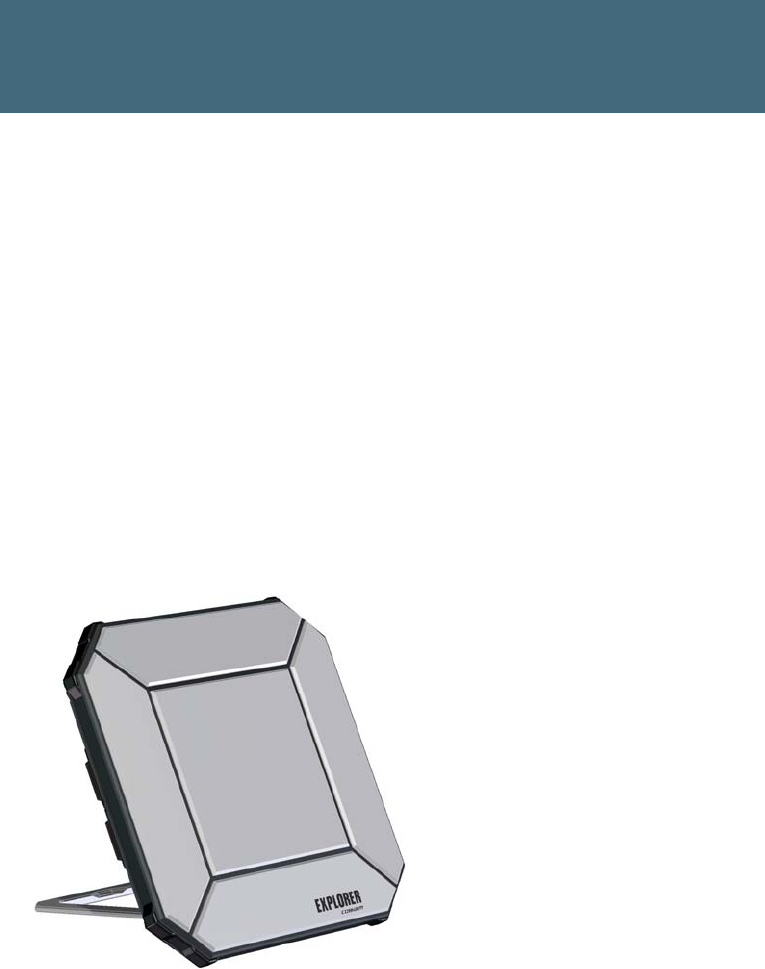
98-143082-DraftA6 General description 1
Chapter 1
Introduction to EXPLORER 510 1
General description
The EXPLORER 510 is the smallest EXPLORER BGAN terminal ever and is the ideal combination
of performance and portability. It provides simultaneous high quality voice and broadband
access at speeds up to 464 kbps.
The durable magnesium casing and a dust and water resistant design makes the EXPLORER 510
the perfect choice when working off the beaten track but still dependent on a reliable
connection.
WLAN is the primary connection between your equipment and the EXPLORER 510. However, a
USB interface is also available, with possible connection of LAN using a USB/LAN converter
(optional accessory).
The EXPLORER 510 provides access to up to 464 kbps Standard data and 32, 64 and 128 kbps
Streaming data and may be used for:
• Broadcasting
• Internet browsing
•E-mail
• Phone services (using WLAN or LAN)
• Large file transfers
• Video conference and Streaming
• VPN (Virtual Private Network) access to corporate servers
The EXPLORER 510 can withstand severe environmental conditions such as humidity, dust,
extreme weather and changing temperatures. It is small in size and fits easily into a backpack
or similar.

Chapter 1: Introduction to EXPLORER 510
98-143082-DraftA6 Features and interfaces of the EXPLORER 510 2
Features and interfaces of the EXPLORER 510
Features
Full duplex, single or multi-user, standard data up to 464 kbps
Support for streaming data at 32, 64 and 128 kbps
Standard WLAN and USB Host interface
Support for EXPLORER Cellular Modem for connection to cellular network
Built-in DHCP/NAT wireless router
Solar panel direct interface
10-32 VDC input
100-240 VAC power adapter
Support for the EXPLORER Connect App, which makes it easy to use your smart device to
make calls or access the internet over BGAN, and to set up the EXPLORER 510.
Built-in web interface allowing you to manage your calls and customize the terminal to your
specific needs, using a smartphone, computer or tablet.
Point-to-Point Protocol over Ethernet (PPPoE)
Built-in PBX managing voice communication
Multi-lingual user interface (English, French, German, Russian, Spanish, Chinese, Japanese)
CE, FCC, and IC certified
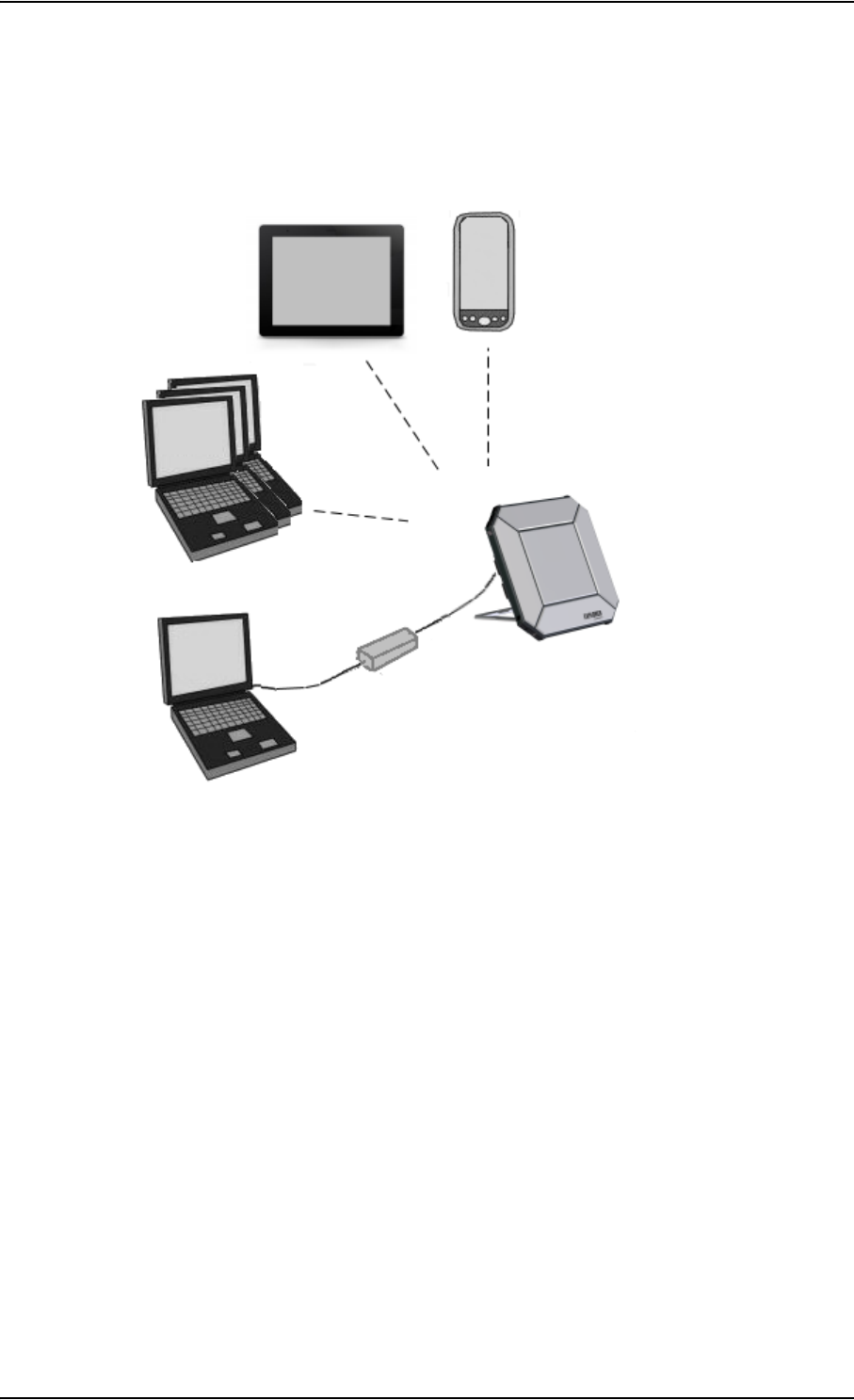
Chapter 1: Introduction to EXPLORER 510
98-143082-DraftA6 Features and interfaces of the EXPLORER 510 3
Overview of interfaces
The primary interface for the EXPLORER 510 is WLAN. If you need to use LAN, you can connect
a USB/LAN converter to the USB interface and connect your computer to the converter.
WLAN
LAN
USB
USB/LAN converter
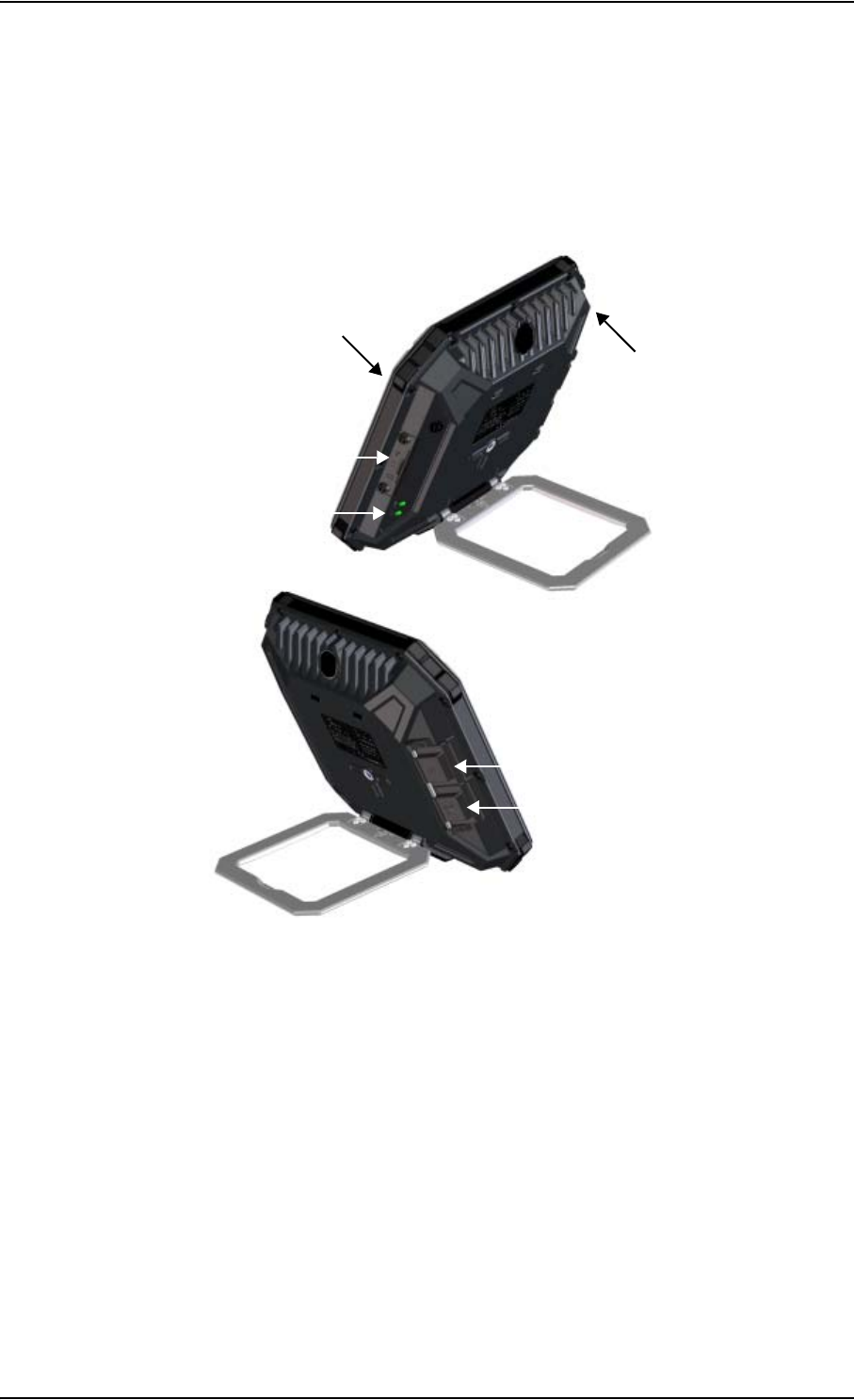
Chapter 1: Introduction to EXPLORER 510
98-143082-DraftA6 Your EXPLORER 510 terminal 4
Your EXPLORER 510 terminal
EXPLORER 510 overview
The EXPLORER 510 is a compact unit comprising transceiver and antenna in one unit.
Antenna
for BGAN
and GNSS
USB connector
Antenna for
Wireless LAN
(built-in)
SIM card
Status LEDs
DC input connector

Chapter 1: Introduction to EXPLORER 510
98-143082-DraftA6 Your EXPLORER 510 terminal 5
User interfaces
The web interface is a built-in web interface for easy configuration and daily use. The web
interface is accessed from a computer, smartphone or tablet connected to the EXPLORER 510,
using an Internet browser. No installation of software is needed. For further information on the
web interface, see The web interface on page 27.
A smartphone app, EXPLORER Connect App, is also available for iPhone and for Android
phones. The app includes a SIP function that enables you to make calls to and from your
smartphone over the satellite network using the EXPLORER 510 terminal. It also includes the
complete feature set from the built-in web interface of the terminal, allowing you to set up and
use the terminal with your smartphone.
With AT commands you can configure and control the EXPLORER 510 from a computer
using a Telnet session. For further details see To access the terminal using AT commands on
page 21.
Antenna
The light-coloured part of the EXPLORER 510 is the antenna part. The antenna part comprises a
GNSS (Global Navigation Satellite System) antenna and a BGAN antenna.
A Wireless LAN antenna is built into the back of the antenna part.
Battery
The EXPLORER 510 comes with a built-in rechargeable battery. The battery is automatically
recharged when power is applied to the EXPLORER 510. The Status indicator shows that the
battery is charging. See Light indicators on page 71.
Time between recharging depends on the use. The web interface shows estimated time left for
the battery. Recharge the battery regularly.
SIM card
The EXPLORER 510 requires a SIM card to go online. Without a SIM card you can still configure
the terminal and you may be able to make emergency calls if the network allows it, but you
cannot make normal calls nor access the internet.

98-143082-DraftA6 To unpack and assemble the EXPLORER 510 6
Chapter 2
To get started 2
This chapter describes:
•To unpack and assemble the EXPLORER 510
•To switch the EXPLORER 510 on or off
•To connect your WLAN-enabled device
•To connect to LAN
•To access the web interface
•To access the network
•To start and stop data connections
•To make phone calls over BGAN
•External power
To unpack and assemble the EXPLORER 510
Initial inspection
Inspect the shipping carton immediately upon receipt for evidence of damage during
transport. If the shipping carton is severely damaged or water stained, request that the carrier's
agent be present when opening the carton. Save the carton packing material for future use.
After unpacking the system, inspect it thoroughly for hidden damage and loose components or
fittings. If the contents are incomplete, if there is mechanical damage or defect, or if the
system does not work properly, notify your dealer.
WARNING! To avoid electric shock, do not apply
power to the system if there is any sign of shipping
damage to any part of the front or rear panel or the
outer cover. Read the safety summary at the front of this
manual before installing or operating the system.
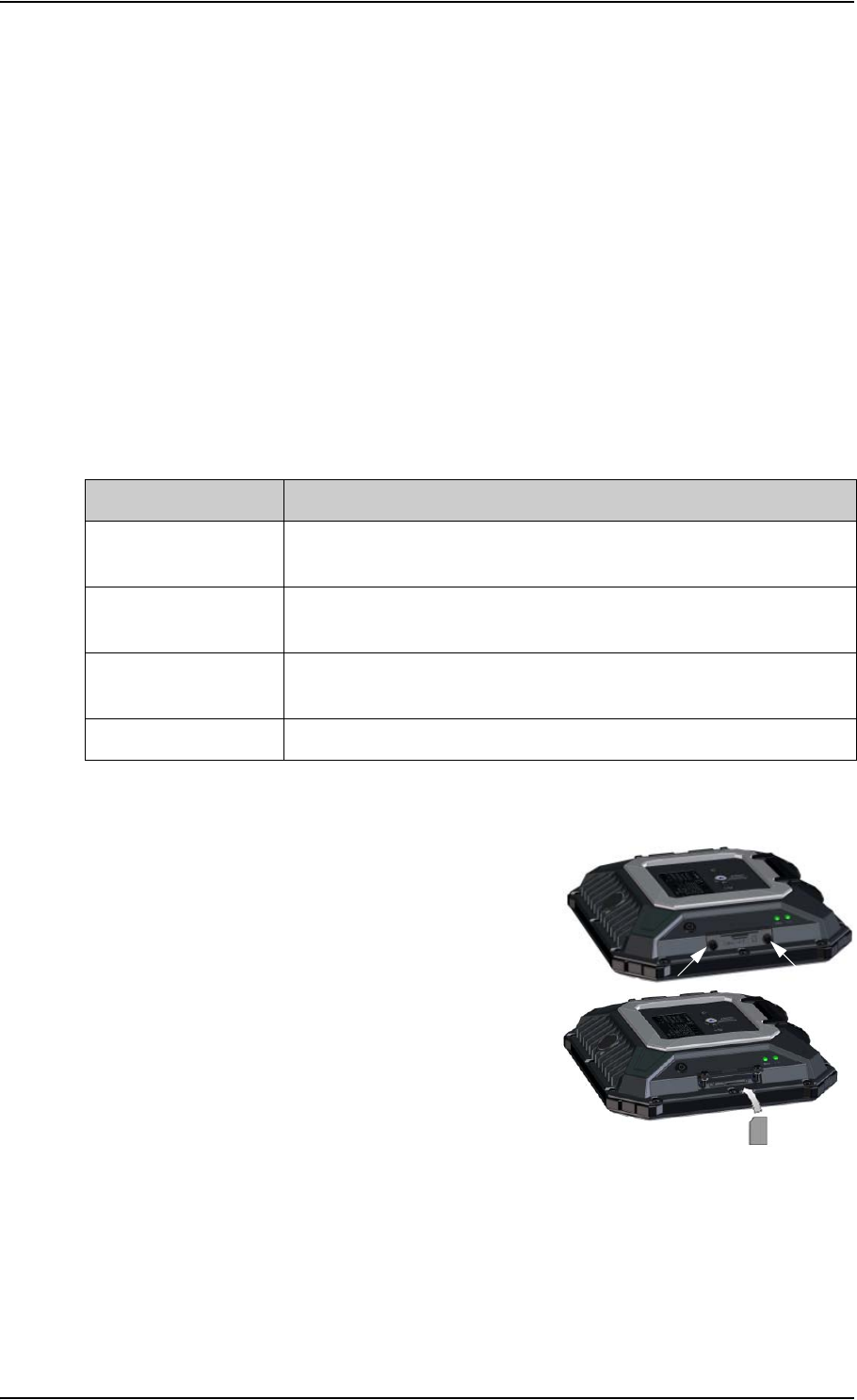
Chapter 2: To get started
98-143082-DraftA6 To unpack and assemble the EXPLORER 510 7
What’s in the delivery
The following items are included in the delivery:
•EXPLORER510 terminal
•AC/DC adapter
•USB/LAN converter
• EXPLORER softbag
•Getting started booklet
To install the EXPLORER Connect App
If you want to use your smartphone with the EXPLORER 510, install the EXPLORER Connect
App, which is available for iPhone at the Apple Store and for Android phones at Google Play.
The EXPLORER Connect App provides the following options:
To insert the SIM card
The SIM card is provided by your Airtime Provider.
Insert the SIM card as follows:
1. Loosen the two screws holding the SIM cover.
2. Lift the cover.
3. Insert the SIM card in the SIM slot with the chip
side facing down.
4. Press gently until it clicks.
5. Close the cover and tighten the two screws gently.
Tile Function
Satellite Phone Use your phone as a satellite phone when connected to the
EXPLORER 510
Terminal Access Start and stop data connections and
access all settings of the EXPLORER 510
Pointing Activate the pointing process for the EXPLORER 510 towards the
BGAN satellite
Dashboard See status
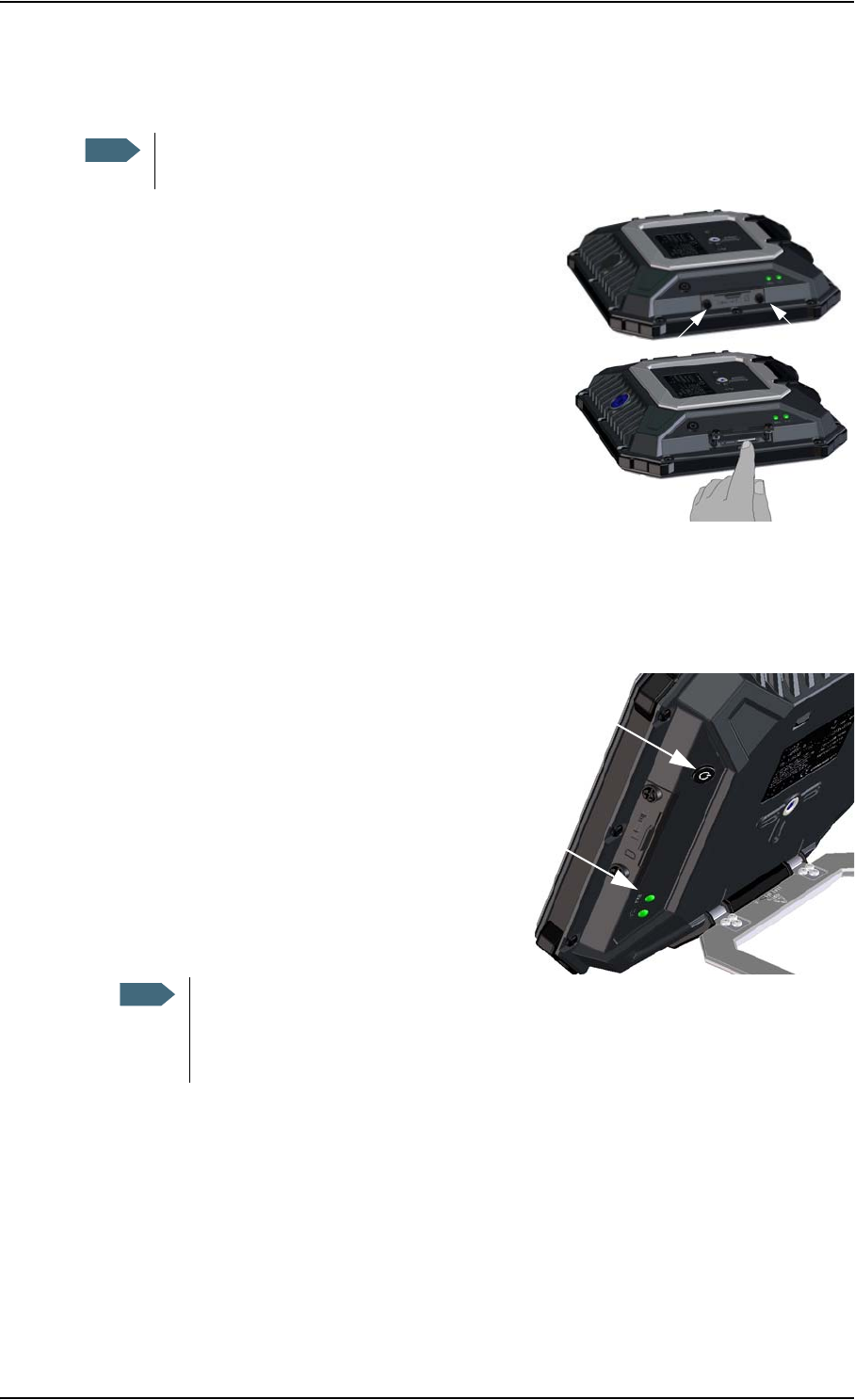
Chapter 2: To get started
98-143082-DraftA6 To switch the EXPLORER 510 on or off 8
To remove the SIM card
To remove the SIM card, do as follows:
1. Loosen the two screws holding the SIM cover.
2. Lift the cover.
3. Push the SIM card gently and let it pop out.
4. Remove the SIM card.
5. Close the cover and tighten the two screws gently.
To switch the EXPLORER 510 on or off
Do as follows:
1. Push and hold the power button until the
Status indicator lights up. This may take
some seconds.
2. When the Status indicator flashes slowly
or is constant green, the terminal is ready
for use.
3. To switch off, hold the power button until the Status indicator flashes yellow.
This may take some seconds.
To recharge the battery of the EXPLORER 510, connect external power to the DC input, see
External power on page 16.
Note
When the SIM card is removed you cannot make calls or data sessions, but you can
still use the built-in web interface to set up the terminal.
Note
At this point you may hear a sound from the EXPLORER 510, indicating that it is
ready to be pointed towards the satellite (see To access the network on page 10).
If you do not want to point the antenna now, just push the power button briefly
to accept the current signal strength.
Power button
Status
indicator

Chapter 2: To get started
98-143082-DraftA6 To connect your WLAN-enabled device 9
To connect your WLAN-enabled device
Do as follows:
1. Check that the WLAN LED is on (green or yellow),
meaning that WLAN is ready in your EXPLORER 510.
2. Place your WLAN-enabled device (computer, tablet
or smartphone) close to the EXPLORER 510, but not
in front of the BGAN antenna.
3. On your device, search for available WLAN networks.
4. Select the EXPLORER 510 WLAN access point when
it appears in your list of available wireless networks.
The default name is EXPLORER 510.
Your device is now connected to the EXPLORER 510.
For information on how to configure the WLAN interface in the EXPLORER 510, see WLAN
interface setup on page 36.
For information on how to set up the LAN network, see Terminal settings on page 43.
To connect to LAN
The EXPLORER 510 does not have a LAN connector, but you can use the USB/LAN converter
supplied with your EXPLORER 510 to connect your computer. Do as follows:
1. Connect the USB/LAN converter to the USB interface.
2. Connect you LAN cable between the USB/LAN converter and your computer.
To access the web interface
If you are not using the EXPLORER Connect App, you can use the built-in web interface for
configuration and operation of the EXPLORER 510. To access the web interface, do as follows:
1. Start up the terminal.
For details, see To switch the EXPLORER 510 on or off on page 8.
2. Connect your computer or smartphone to the terminal, e.g. using WLAN as described n the
previous section.
3. Open your browser and enter ut.bgan in the address bar.
Alternatively you can enter the IP address of the terminal. The default IP address of the
terminal is 192.168.0.1.
Note
You may have to enter a password. By default the password is the serial numbera of
your EXPLORER 510 and the encoding type is WPA2.
a. You find the serial number on the label on the EXPLORER 510
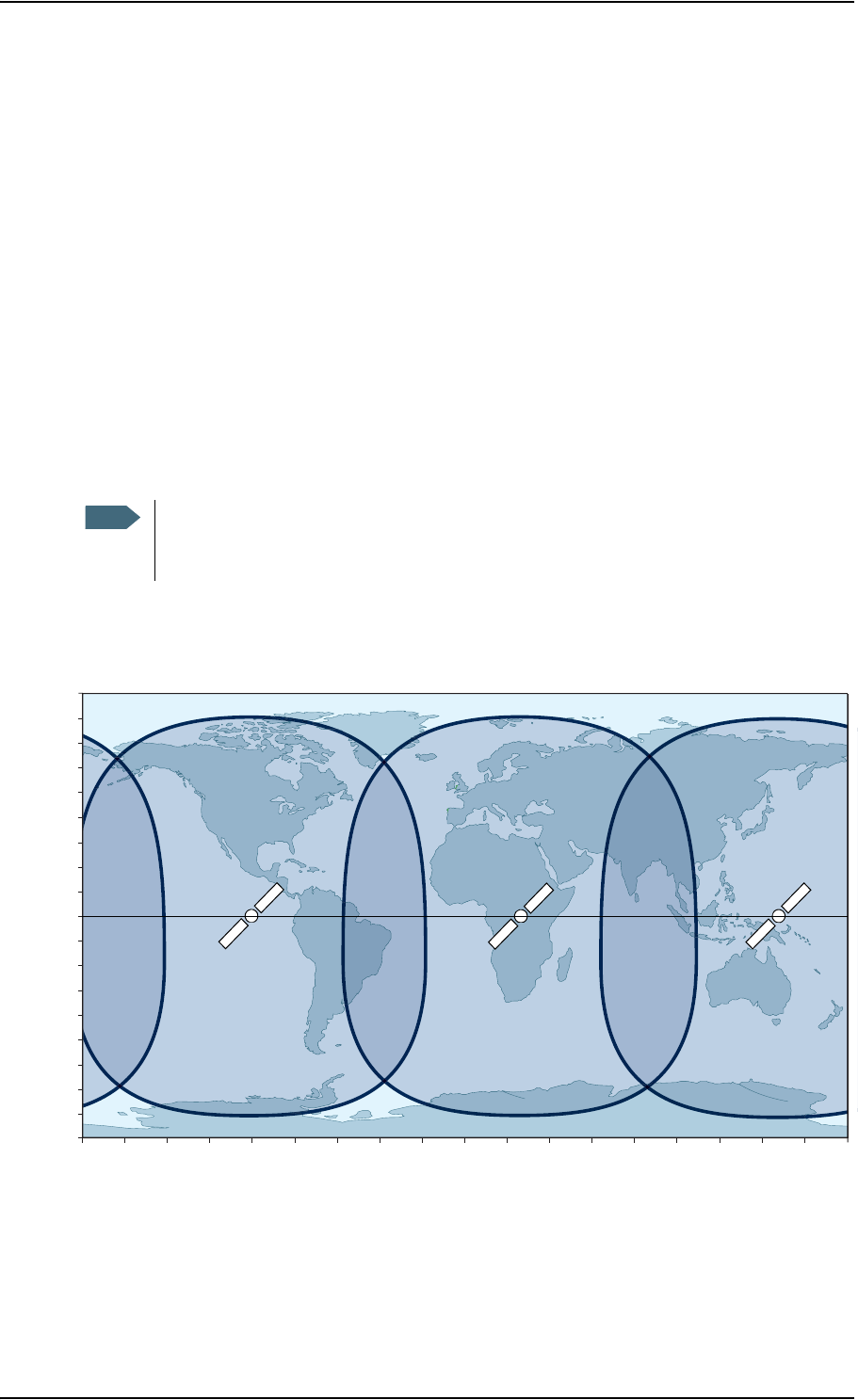
Chapter 2: To get started
98-143082-DraftA6 To access the network 10
If the terminal is in pointing mode or waiting for a PIN, the web interface will start up on the
relevant page. Otherwise it will start up on the dashboard. For more information on the web
interface, see The web interface on page 27.
To access the network
BGAN or cellular network
The EXPLORER 510 is a BGAN terminal. However, you have the option of connecting an
EXPLORER Cellular Modem to the USB interface of the EXPLORER 510, making it possible to use
the cellular network when it is available, in stead of the BGAN network. See Optional: To set up
cellular network for data on page 59.
Before pointing
Before pointing the antenna you can use the coverage map below to find your approximate
location in relation to the satellites.
The Inmarsat satellites are positioned above the equator, at the centre of each “footprint”.
Note
You can choose to cancel pointing from the pointing page in the EXPLORER Connect
App or the web interface. In this case you cannot communicate on the BGAN
network, but you can access all terminal settings.
0°
10°
20°
30°
40°
50°
60°
70°
80°
90°
10°
20°
30°
40°
50°
60°
70°
80°
90°
0°20°40°60°80°100°120°140°160°180° 20° 40° 60° 80° 100° 120° 140° 160° 180°
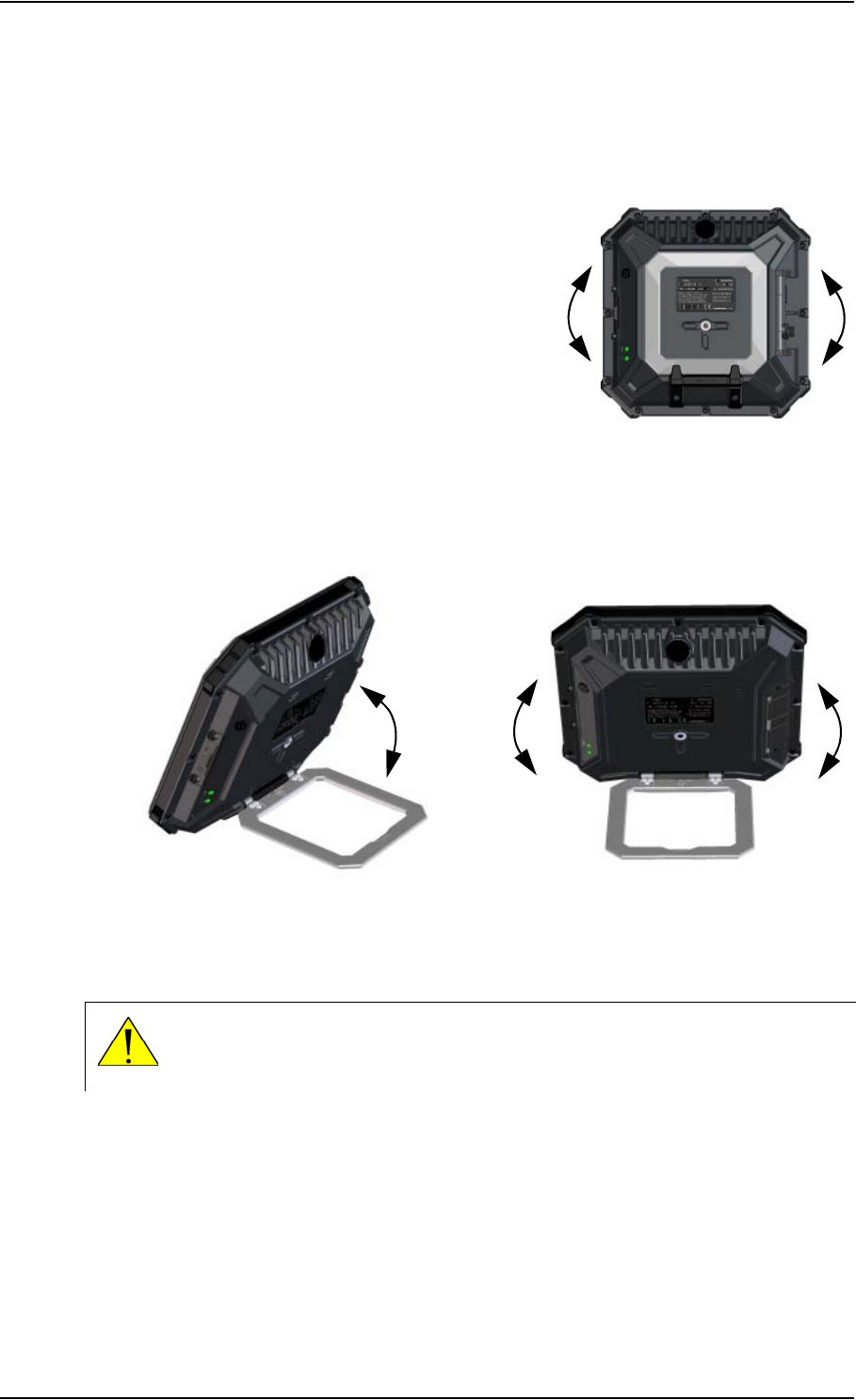
Chapter 2: To get started
98-143082-DraftA6 To access the network 11
To point the antenna
To obtain optimum bandwidth and operating time, adjust the position of the EXPLORER 510
with great precision.
Do as follows:
1. Find the approximate direction of the satellite. See
Before pointing on page 10 for a map with the
location of the satellites.
2. If the EXPLORER 510 is not already in pointing
mode, start the EXPLORER Connect App and select
Pointing, or access the web interface as described
in To access the web interface on page 9 and select
at the top of the page.
Alternatively you can switch the EXPLORER 510 off and on again.
3. Use the pointing sound and/or the Pointing page to find the highest possible signal
strength, while slowly rotating and tilting the EXPLORER 510 in the direction of the
satellite.
4. Push the power button briefly to accept when you have obtained the highest possible
signal strength (or, if you are using the web interface, click Accept).
The EXPLORER 510 now starts to establish a connection to the BGAN network.
Audio assisted pointing
You can set up whether or not you want a sound to indicate the signal level during pointing
(Audio assisted pointing), to help you find the maximum obtainable signal strength. See To
enable or disable the pointing sound on page 46.
CAUTION! After accepting the signal strength, keep the minimum safety
distance of 0.6 m from the antenna front face. The antenna may radiate
microwave power as soon as the signal strength is accepted.

Chapter 2: To get started
98-143082-DraftA6 To access the network 12
The registration procedure
If you have connected a computer and accessed the web interface, you can see the progress in
the status field as follows:
•Searching:
The EXPLORER 510 searches for the network operator. Note that the search procedure can
be very short, so you may not see this text.
•Registering:
The EXPLORER 510 is registering itself on the network.
If the GPS position has not yet been acquired at this point, the status field may show NO
GPS.
•Ready (or other status information):
Ready means the EXPLORER 510 is registered on the network and is ready to go online. If
there is any other status information to show, e.g. if a call or data session is active or there
is a warning, the status field will show that instead.
To repoint the antenna
You may need to point the antenna again later, e.g. if the terminal has been moved or the
signal is blocked.
To start the pointing process again, do as follows:
1. From the EXPLORER Connect App, select Pointing.
2. Go through the pointing process as described in the previous section To access the
network on page 10.
Do you need a PIN?
To be able to enter a SIM PIN you must enter the Terminal Access page in the EXPLORER
Connect App or access the built-in web interface. For details, see To enter the SIM PIN in
the web interface on page 30.
Note
To be able to make a data connection you must first activate the connection. See
Note
You may need a SIM PIN for your terminal to access the network. If you are asked for
a PIN and you select Cancel, you cannot communicate on the network, but you can
access all settings.
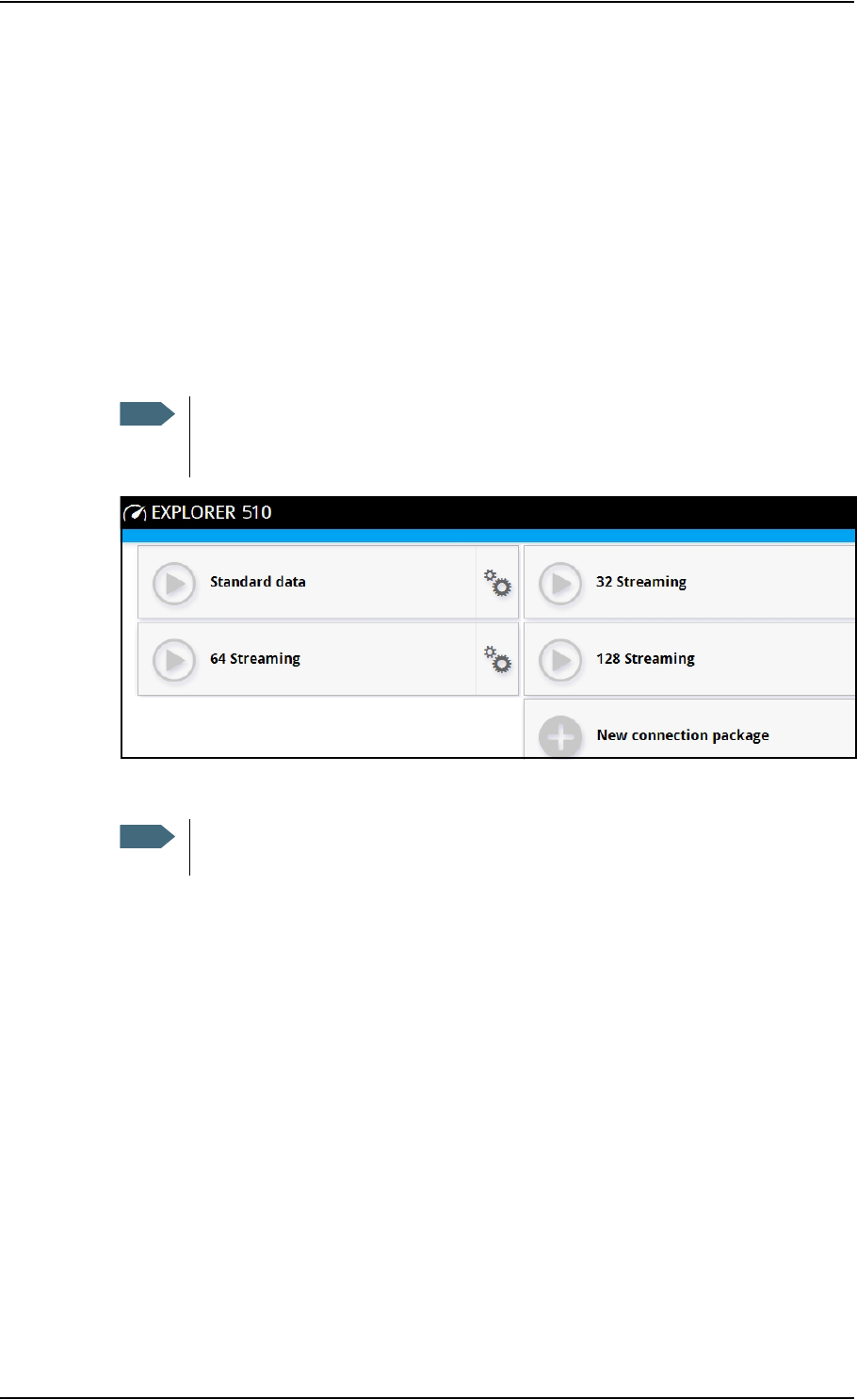
Chapter 2: To get started
98-143082-DraftA6 To start and stop data connections 13
To start and stop data connections
By default, you must activate your data connection from the EXPLORER Connect App or from
the web interface before you can access the Internet. However, you can enable automatic
activation of a data connection. See To set up the connection mode on page 44.
To start and stop data connections on your EXPLORER 510, do as follows:
1. On your smartphone, start the EXPLORER Connect App and select Terminal access, or
on the connected device, open your browser and type the IP address of the terminal
(default IP address: 192.168.0.1) in the address bar to access the web interface.
2. Locate the connection package you want to start.
3. Click to start the connection.
4. Click to stop the connection.
If there is an error with the connection, the connection tile shows a red exclamation mark
and an error message.
When a connection is active, the icon turns green and the tile for the active connection shows:
• IP address: The IP address that has been assigned by the service provider to this session.
• Transferred data: For Standard data, the tile shows the total amount of transmitted and
received data since the connection was established.
• Connection duration: For Streaming data, the tile shows the total time the connection has
been active.
• Bit rate: For Streaming connections, the tile shows the currently available bit rate.
Note
The icons for starting and stopping connections are only displayed if the
terminal is ready and registered on the network. Otherwise you cannot start data
connections.
Note
Once a Streaming connection is started, the connection will run until you stop it.
You will be charged for the time you are connected.

Chapter 2: To get started
98-143082-DraftA6 To start and stop data connections 14
Default data connection types
By default, the following connections are available:
You can use these connections as they are or build your own connection packages. For set up
of the connection packages, see the section To set up your data connection packages (BGAN)
on page 47.
Name Type of connection
Standard data Several users can share the data connection. This type
of connection is ideal for TCP/IP traffic such as e-mail,
file transfer, and Internet and intranet access.
The user pays for the amount of data sent and
received.
Streaming data
The following Streaming classes are
available:
32, 64 or 128 kbps Streaming
An exclusive, high-priority connection, ensuring
seamless transfer of data. This type of connection is
ideal for time critical applications like live video over
IP.
The user pays for the duration of the connection (per
minute charge).
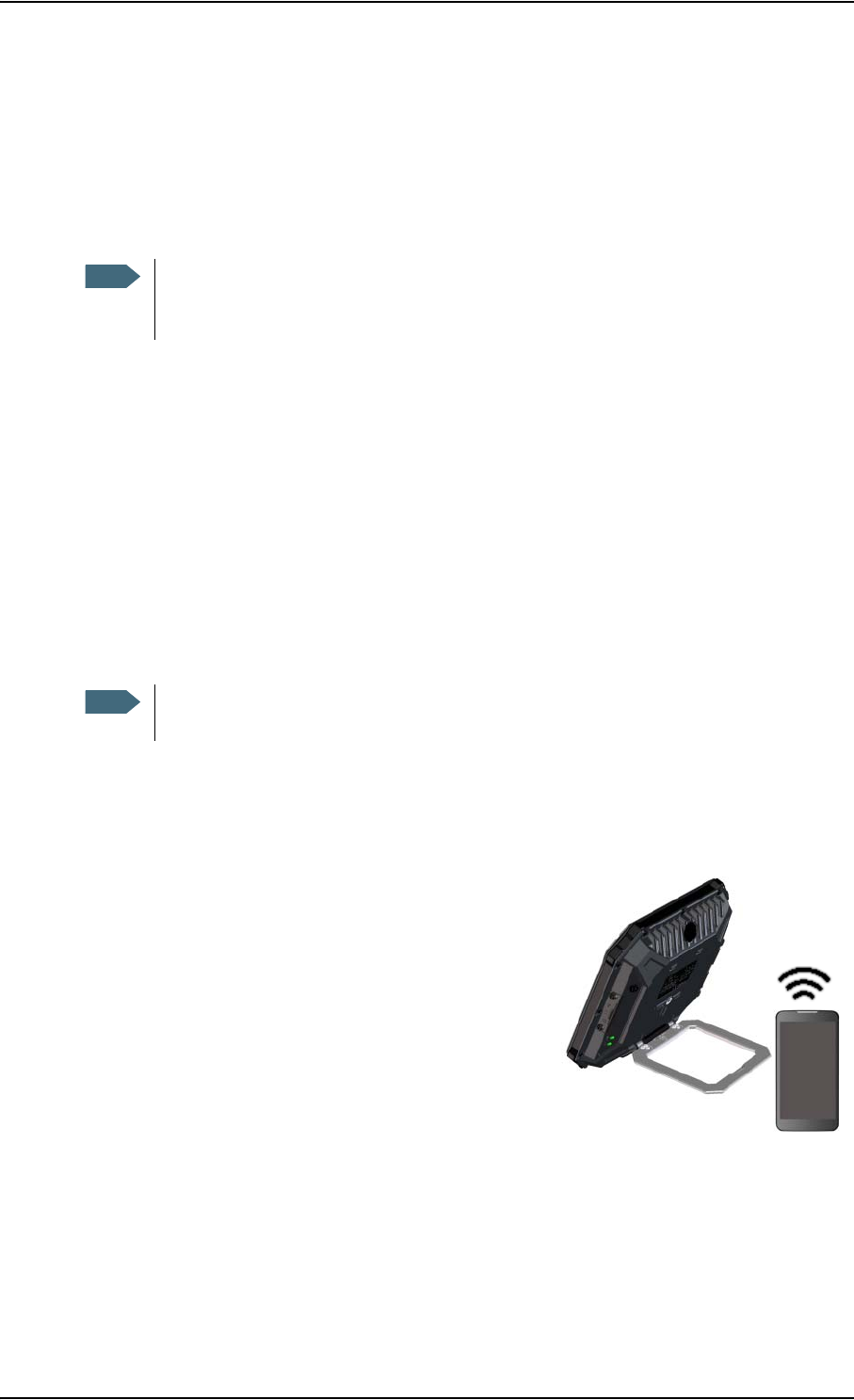
Chapter 2: To get started
98-143082-DraftA6 To make phone calls over BGAN 15
To make phone calls over BGAN
To connect a phone
Your smartphone or IP handset can be set up to make and receive calls over the BGAN network,
using the terminal’s phone number.
First time SIP setup
If you do not have the EXPLORER Connect App and it is the first time you connect your phone
to the EXPLORER 510 for making calls, you must first set up the SIP server details in your
phone. For information how, see the user documentation for your phone and for the SIP
application. You may be asked to enter some of the following details:
• SIP server address and port: Default address: 192.168.0.1, Port: 5060
• User name: Local number in EXPLORER 510 (0501 to 0516)
• Password: Default same as user name
• Codec priority: Highest priority codec type: G.711
To connect your smartphone for making calls
To use your phone to make calls through the EXPLORER 510 using WLAN, do as follows:
1. Start up the EXPLORER 510 terminal.
2. Connect your smartphone to the wireless access
point of the EXPLORER 510.
See To connect your WLAN-enabled device on
page 9.
3. Start the EXPLORER Connect App and select
Satellite Phone (or start another SIP application).
If it is the first time you use the EXPLORER Connect
App, you must select Register when prompted.
You should now be ready to make and receive calls over BGAN. For details on initial setup of
your smartphone and the EXPLORER 510, see
• The documentation for your handset
•First time SIP setup above
•To manage IP handsets or smartphones on page 39
Note
Make sure your phone has an integrated SIP client. Cobham SATCOM offers the
EXPLORER Connect App with a built-in SIP client that is ready to use with the
EXPLORER 510. You can also find other SIP applications on the Internet.
Note
The user name and password must match the IP handset settings in the
EXPLORER 510. See To manage IP handsets or smartphones on page 39.

Chapter 2: To get started
98-143082-DraftA6 External power 16
To connect your IP handset
The EXPLORER 510 is primarily intended for WLAN connection. If you want to connect a wired
IP handset to the EXPLORER 510, you must first acquire a USB/LAN converter from Cobham
SATCOM and a PoE hub (TBC?.
For details on initial setup of your IP handset and the EXPLORER 510, see
• The documentation for your handset and for the PoE hub
•First time SIP setup on page 15
•To manage IP handsets or smartphones on page 39
To connect a wired IP handset, do as follows:
1. Start up the EXPLORER 510 terminal.
2. Connect the USB/LAN converter to the USB interface on the EXPLORER 510.
3. Connect your PoE hub to the USB/LAN converter.
4. Connect the LAN cable between the IP handset and the PoE hub.
When the IP handset is powered and ready, you should now be able to make and receive calls
over BGAN.
To make a call
To make a call, dial
00 <country code> <phone number> followed by off-hook key.
Example: To call Cobham SATCOM in Denmark (+45 39558800),
dial 00 45 39558800
If there was an error establishing the connection, the web interface of the EXPLORER 510
shows an error message.
For details about phone calls with the EXPLORER 510, see Phone calls on page 23.
External power
Automatic power up
The default behaviour of the EXPLORER 510 is to power up automatically when you connect
external power. If you wish, you can change this power up mode, so that the EXPLORER 510 is
only powered if the Power button is pressed.
For further information on power up mode, see Power-up mode with external power on
page 44.

98-143082-DraftA6 Connection to the EXPLORER 510 17
Chapter 3
Operation 3
This chapter describes daily use and basic setup. For information on configuration, see
Configuration on page 26.
This chapter describes:
•Connection to the EXPLORER 510
•Data connection
•Phone calls
•Alerts
•Status of the EXPLORER 510
•Tracking
Connection to the EXPLORER 510
WLAN is the primary interface on the EXPLORER 510 for connecting computers, smartphones
or tablets: For information on how to connect, see To connect your WLAN-enabled device on
page 9.
If you need to connect your device with a LAN cable, you can use the USB/LAN converter
delivered with the EXPLORER 510 and connect that to the USB interface of the EXPLORER 510.

Chapter 3: Operation
98-143082-DraftA6 Data connection 18
Data connection
Router function
The terminal has a router function which routes traffic between the local network connected
to the terminal and the BGAN network connection.
The router contains NAT (Network Address Translation) which allows sharing of a public IP
address between a number of local network users.
Standard or Streaming data
The BGAN network supports different classes of data connection to the Internet. The main
classes are Standard data and Streaming data.
•Using a Standard data connection, several users can share the data connection
simultaneously. This type of connection is ideal for TCP/IP traffic such as e-mail, file
transfer, and Internet and intranet access.
The user pays for the amount of data sent and received.
•Using a Streaming data connection, you get an exclusive, high-priority connection,
ensuring seamless transfer of data. This type of connection is ideal for time critical
applications like live video over IP.
The user pays for the duration of the connection (per minute charge).
To start and stop data connections (BGAN)
By default, you must activate your data connection from the EXPLORER Connect App or from
the web interface before you can access the Internet. However, you can enable automatic
activation of a data connection. See To set up the connection mode on page 44.
To start and stop data connections on your EXPLORER 510, do as follows:
1. On your smartphone, start the EXPLORER Connect App and select Terminal access, or
on the connected device, open your browser and type the IP address of the terminal
(default IP address: 192.168.0.1) in the address bar to access the web interface.
2. Click on the connection you want to start. For details, see To control data connections
from web interface (BGAN) on page 32.
Cellular connection: If you are using the optional cellular connection with the EXPLORER
Cellular Modem, the data connection is started automatically when the cellular connection is
established. For details, see Optional: To set up cellular network for data on page 59.
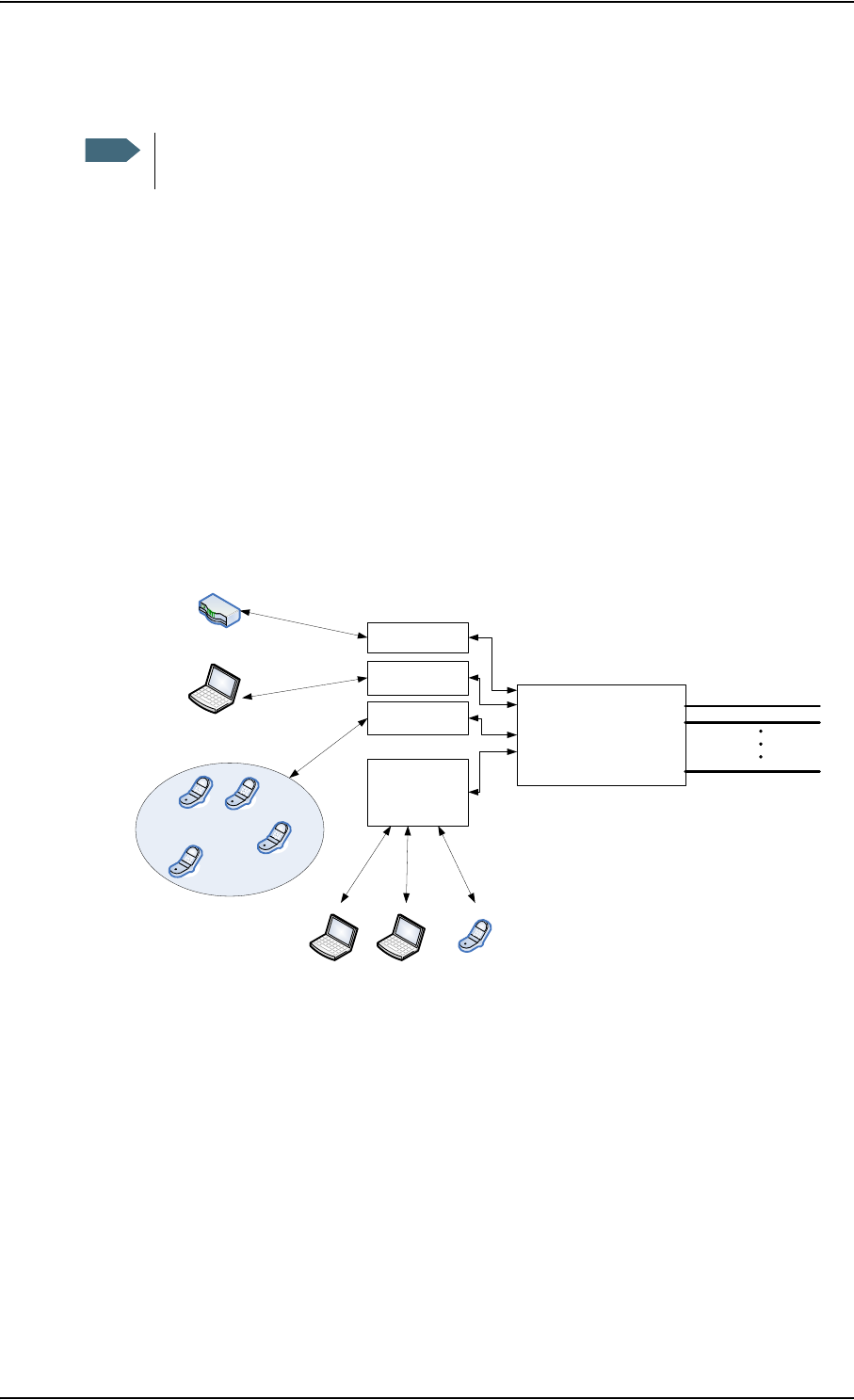
Chapter 3: Operation
98-143082-DraftA6 Data connection 19
PPPoE (Point-to-Point Protocol over Ethernet)
Overview
You can establish a PPPoE connection to the BGAN network using the EXPLORER 510 system.
Use PPPoE if you want to control your connection independently of the web interface.
Possible applications are:
• Connecting a router
• Connecting broadcast equipment, optionally through a PC
• Establishing a Picocell for the use of cell phones
The following drawing shows connections managed through PPPoE and web interface
respectively.
Note
You cannot see in the EXPLORER Connect App nor in the web interface if a PPPoE
connection is active!
BGAN terminal
PDP Context, up to 11
BGAN
nework
Built-in
web
interface
PPPoE
connection
PC and/or broadcast equipment
User PC 1
Applications
for PPPoE Handling connection
to the BGAN terminal
Assigning connection
(PDP context) to go out
on the BGAN network
Router
Pico cell
PPPoE
connection
User PC 2
PPPoE
connection
IP
Handset

Chapter 3: Operation
98-143082-DraftA6 Data connection 20
To configure the connected equipment for PPPoE
How to configure your equipment depends on the type of equipment. Refer to the user
documentation of the equipment. As a minimum, you need to configure the following
parameters in your equipment in order to make PPPoE work with the terminal:
• User name and password.
The user name and password can be left blank (or insert user name: void and password:
void). Then the registration on the Access Point is most commonly done in such a way that
the data connection is established with a dynamic IP address from the airtime provider.
To request a static IP (if subscribed to) from the Access Point you must type in the user
name and password from your airtime subscription.
Note for MAC OS: User name and password are required. Use user name void and
password void. This works for some ISPs. Contact your airtime provider for further
information.
• For setups that have a check box for “Enable LCP extensions”, deselect this.
No further configuration is needed to make a Standard IP data connection to the Internet.
See the table below for information on how to configure specific services for your PPPoE
connection.
If you need a certain service, for example a Streaming class, you must type in a specified text
string when asked for a service name. The following table shows the service names supported
by the terminal.
Text to type in the Service
Name field Function
(Blank) Initiates a Primary Standard Data connection (default)
XBB:BACKGROUND Initiates a Primary Standard Data connection (same as blank)
XBB:STREAM32K Initiates a Primary Streaming 32 kbps connection
XBB:STREAM64K Initiates a Primary Streaming 64 kbps connection
XBB:STREAM128K Initiates a Primary Streaming 128 kbps connection
XBB:<AT String> This allows the PPPoE clients to enter a full AT context
activation string.
Examples:
XBB:AT+CGDCONT=1,ip,”bgan.inmarsat.com”
XBB:AT+CGEQREQ=1,1,64,64,64,64

Chapter 3: Operation
98-143082-DraftA6 Data connection 21
To access the terminal using AT commands
1. Connect your computer to the EXPLORER 510 terminal.
You may connect directly to the terminal or use a remote connection as described in the
next sections.
2. On the connected computer, start a Telnet session.
3. Select TCP/IP and type in the IP address and port number.
•For local connection, use the local IP address of the EXPLORER 510 (default
192.168.0.1) and port number 5454.
•For remote connection, use the external IP address of the terminal (step 3. in the next
section). The port number for AT commands is normally 5454 but is defined in the
Remote management page under AT commands (see Remote management on
page 56).
4. When the connection is established, type in your AT commands.
To access the terminal from a remote location
To prepare the terminal for remote management
There are three steps you must go through before you can access the terminal from a remote
location:
1. Set up the terminal for control from a remote location as described in Remote
management on page 56.
2. Activate a data connection in one of the following ways:
• Remote start of a data connection with an SMS, see Remote access with SMS on
page 57 and To activate a data connection with an SMS below.
• Automatic activation of a Standard data connection, see step 4. in To set up th e
connection mode.
• Manual activation of a data connection, see To start and stop data connections (BGAN)
on page 18.
3. Note the terminal’s external IP address, found in one of the following ways:
• If you are using SMS activation and you have selected SMS confirmation, you will
receive an SMS with the IP address.
• Otherwise, connect your smartphone and start the EXPLORER Connect App or connect a
computer locally to the terminal and start the web interface. The external IP address of
the terminal is shown in the Dashboard in the tile with the connection you started in the
previous step.
This is the IP address you must use afterwards to access the terminal.
Note
If Static IP is included in your airtime subscription, we recommend using this static
public IP address for the terminal in order to provide easy access to the terminal. To
use the static IP address, you must set the APN source to SIM default. For details, see
To change the APN for a connection package on page 47.

Chapter 3: Operation
98-143082-DraftA6 Data connection 22
To activate a data connection with an SMS
To be able to activate a data connection on the terminal from a remote location, the terminal
must be set up as described in Remote access with SMS on page 57.
Send an SMS to the mobile number of the terminal. The text in the activation SMS must have
the following format for activating and deactivating a connection:
• ACTIVATE <name of network user group >:<name of profile> <password>
• DEACTIVATE <name of network user group>:<name of profile> <password>
• <name of network user group>: default group
•<name of profile> standard (presently, only standard is supported)
• <password> Defined in the web interface under Advanced > Remote management.
Example: To activate a connection for remote management with the standard data
connection and password=1234567890, send an SMS to the terminal with the
text: ACTIVATE default group:standard 1234567890
If you have selected SMS confirmation, you receive a response including the IP address to use
when you access the terminal from a remote location (see the next two sections).
Example: A confirmation SMS after sending an activation SMS may look like this:
Activation: Succeeded,. IP 161.30.181.31
Remote access with the web interface
After preparing the terminal as described in the previous sections, do as follows to access it:
1. Make sure your remote computer has access to the Internet.
2. On the remote computer, open your web browser.
3. In the address bar of your browser, enter the IP address of the terminal followed by a colon
and the port number
http://<ip address>:<incoming port>.
• <ip address> is the address from step 3. in the previous page
• <incoming port> is the port you defined in Remote management on page 56
Example: If the IP address of the terminal is 161.30.180.12 and the incoming port number
defined in the Remote management page in the web interface is 8080, enter
http://161.30.180.12:8080.
You should now be connected to the built-in web interface of the terminal.
Remote access with AT commands
After preparing the terminal for remote management as described in the previous sections,
access the terminal as described in To access the terminal using AT commands on page 21.
Note
When using remote access, the web interface may take a long time to load the pages
if your Internet connection speed is slow.

Chapter 3: Operation
98-143082-DraftA6 Phone calls 23
Phone calls
Call types
Definition
The phone connection can be either a Standard voice connection or a 3.1 kHz audio
connection.
•For outgoing calls, the call type is Standard voice by default.
You can change the call type for your call to 3.1 kHz audio by dialling 2* before the
number.
• For incoming calls, you can set up in the web interface (IP handset page) which call types
you want to receive on your smartphone or IP handset. Only the call types selected for a
smartphone/IP handset are received.
When receiving calls, the mobile number determines which call type is used. In your airtime
subscription you have one number for 3.1 kHz audio and one number for Standard voice.
Remember that the call is only received on your phone if the call type used is selected for that
phone (called IP handset in the web interface).
For information on how to set up the call types in the web interface, see To manage IP
handsets or smartphones in your EXPLORER 510 on page 39.
To make or receive a phone call with EXPLORER 510
Connect your smartphone or IP handset as described in To connect a phone on page 15.
To make a call from the EXPLORER 510
• To make a call, dial
00 <country code> <phone number> followed by off-hook key.
Example: To call Cobham SATCOM in Denmark (+45 39558800),
dial 00 45 39558800
If there was an error establishing the connection, the web interface of the EXPLORER 510
shows an error message.
To receive a call
By default, all phones connected to the EXPLORER 510 will ring when one of the mobile
numbers is called. Note however, that this depends on the call type settings. See Call types on
page 23.
Information on missed calls is stored in the call log. You can see the call log in the Terminal
Access part of the EXPLORER Connect App or in the web interface (Control panel > Log
> Call log).
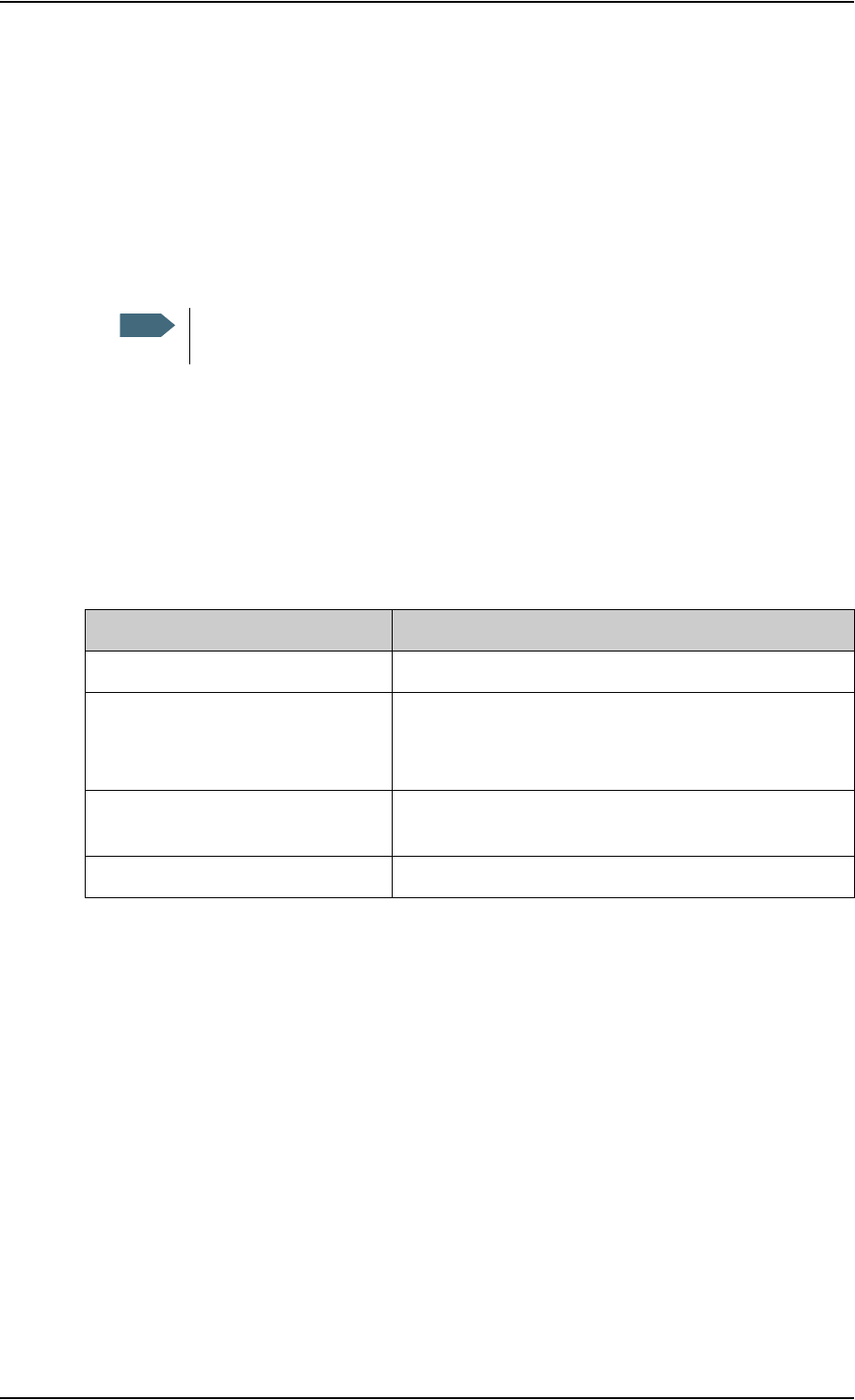
Chapter 3: Operation
98-143082-DraftA6 Alerts 24
To make a call to the EXPLORER 510
To make a call to a phone connected to the EXPLORER 510, dial + <Mobile number>
• + is the prefix used in front of the country code for international calls. This is 00 when
calling from countries in Europe and from many other countries.
•Mobile number. The first part of the mobile number is always 870, which is the “country
code” for the BGAN system. For information on the mobile numbers, refer to your airtime
subscription.
Local numbers and special functions
Overview
There are a number of local numbers and dialing functions available in the EXPLORER 510.
The following list shows the allocated local numbers and special-purpose numbers for the
EXPLORER 510.
Apart from the numbers above, the EXPLORER 510 uses the following dialing prefixes:
•1* before the phone number will force the connection to use Standard voice.
•2* before the phone number will force the connection to use 3.1 kHz audio.
•#31# before the phone number will hide the callers phone number to the recipient.
•*31# before the phone number will show the callers phone number to the recipient where
it would otherwise be hidden, e.g. because the number is an ex-directory number.
Alerts
When an alert is registered, the Terminal Access part of the EXPLORER Connect App and the
web interface show a warning icon in the icon bar as long as the alert is active. The Alerts
list only shows alerts that are currently active.
Note
There are two mobile numbers, one for 3.1 kHz audio and one for Standard
voice.
Number Function
0 * followed by off-hook key Redial last called number on this interface.
00 * followed by off-hook key Redial last answered call on this interface.
Note: If the last answered number is an unlisted
number, you will not be allowed to dial back.
0 followed by one of the numbers
501-516 and off-hook key
Local call to one smartphone or IP handset.
0900 followed by off-hook key Local call broadcast to all connected phones.
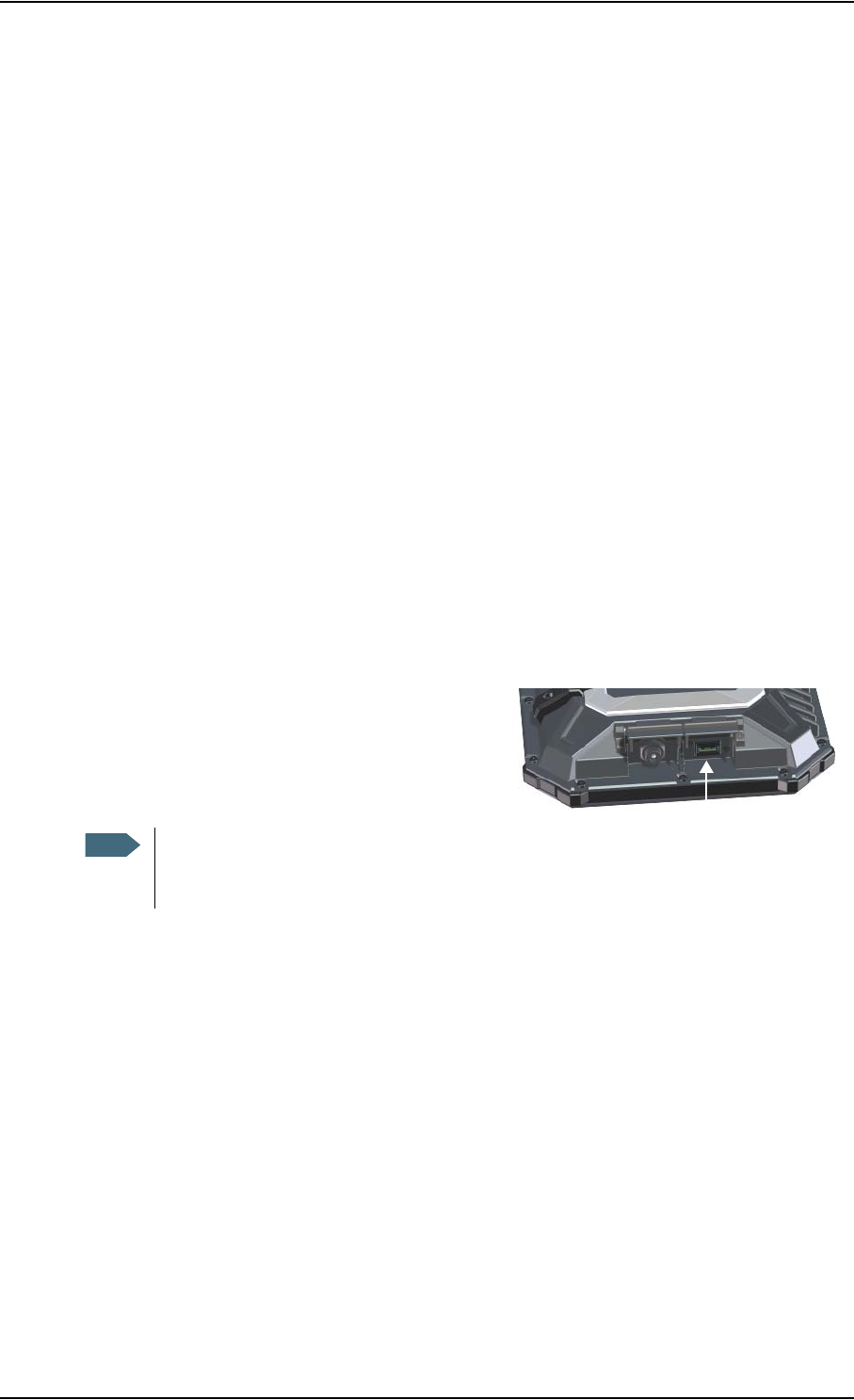
Chapter 3: Operation
98-143082-DraftA6 Status of the EXPLORER 510 25
To view the Alerts list, click from the icon bar at the top of the page, or select Alerts from
the Support page.
Status of the EXPLORER 510
•EXPLORER Connect App: Select Dashboard to see status information
•Web interface: If the screen for the web interface is large enough, it shows a status field
at the bottom of the page or in the right side of the page. If not, click to show the status
page. Click again to return to the previous page.
Tracking
The EXPLORER 510 can be used for tracking purposes. You can set up the terminal to report its
position to a server at certain time intervals.
To use the tracking feature you must either set up a tracking server or get a tracking solution
from your service provider. The EXPLORER 510 must be set up to match this server. For
information how to set up the EXPLORER 510, see To set up tracking on page 48. Once set up
on both sides, the EXPLORER 510 will send position reports to the server as specified.
To charge your smartphone
To charge your smartphone, connect it to the
USB interface on the EXPLORER 510. The
connector is a standard USB A connector.
Note
There are two levels of charge current, 0.5 A or 1.0 A. Use the EXPLORER Connect App
or the web interface to select the charge current for your device. See USB interface
setup.

98-143082-DraftA6 26
Chapter 4
Configuration 4
This chapter describes how to use the web interface or the Terminal Access part of the
EXPLORER Connect App to operate, set up and configure your system. It has the following
sections:
•The EXPLORER Connect App
•The web interface
•To enter the SIM PIN in the web interface
•To point the antenna
•To control data connections from web interface (BGAN)
•Status information
•The Control panel
•To use the logs
•Battery status information
•To set up the interfaces
•To manage IP handsets or smartphones
•Support features
•Terminal settings
•To set up your data connection packages (BGAN)
•To set up tracking
•Advanced settings
•Optional: To set up cellular network for data
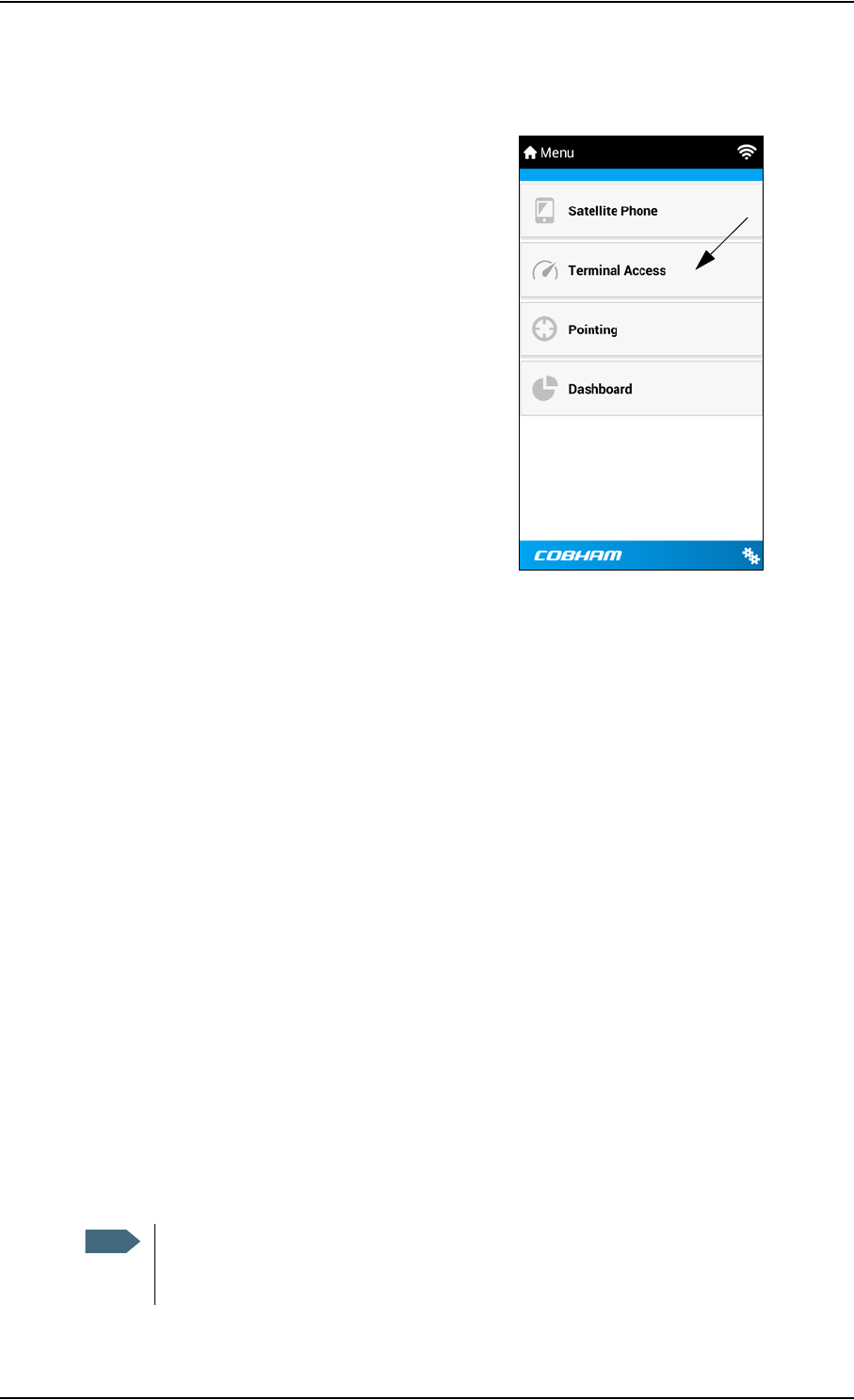
Chapter 4: Configuration
98-143082-DraftA6 The EXPLORER Connect App 27
The EXPLORER Connect App
If you are using a smartphone to configure
your EXPLORER 510, you can use the
EXPLORER Connect App, which is available for
iPhone (from the Apple Store) and for Android
phones (from Google Play).
To access the configuration settings, start the
EXPLORER Connect App and select
Terminal Access. From this point you have
access to the same settings as from the web
interface.
The web interface
What is the web interface?
The web interface is built into the terminal and is used for operating, setting up and configuring
the system.
You can access the web interface from a computer, tablet or smartphone with a standard
Internet browser.
To access and navigate the web interface
To access the web interface
To access the web interface, do as follows:
1. Start up the terminal.
For details, see To switch the EXPLORER 510 on or off on page 8.
2. Connect your computer to the terminal.
3. Open your browser and enter the IP address of the terminal in the address bar.
The default IP address of the terminal is 192.168.0.1.
Note
Some parts of the web interface may not be accessible if the user permissions are
limited. For information on how to set up user permissions, see To set up user
permissions on page 51.
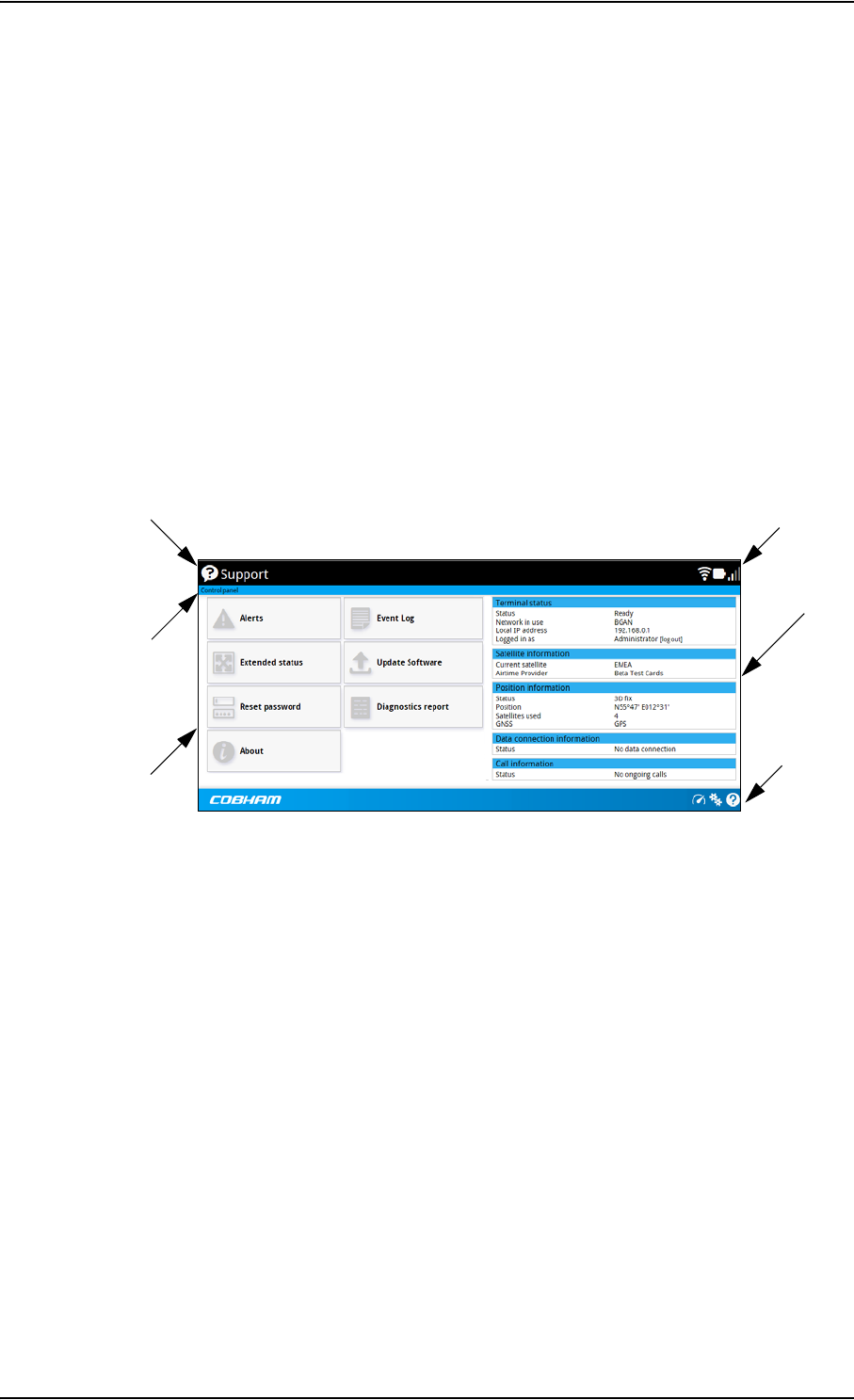
Chapter 4: Configuration
98-143082-DraftA6 The web interface 28
To change the language
When you have access to the web interface, if you want to display a different language than
English, do as follows:
1. Select the Control panel in the top-right corner.
2. Select Terminal settings.
3. At Language, select a language from the drop-down list and click Save.
You can change the language to French, German, Russian, Spanish, Chinese or Japanese.
Overview of the web interface
When the web interface opens, the title bar shows the name of the product. The example
below shows the Support page.
The web interface consists of the following sections.
•Name of current page. Tap or click to refresh the page.
•Icon bars at the top and bottom are present on all pages and hold icons that give access
to status such as battery level and signal level as well as active alerts, when relevant. It also
holds the icon for the Control panel. For explanations of the icons, see the next section,
Icons in the icon bars.
•Breadcrumbs right below the icon bar show the current location in the menu system and
gives access to the higher levels in the menu.
•Contents section shows the contents of the selected page. This section is used for
viewing or changing settings, or for performing actions. On the opening page, this section
is used to start and stop data connections.
•Status section shows the status of the terminal and the satellite connection, position
information, ongoing calls and data sessions etc. The Status section is not shown on small
screens. If the screen is small (e.g. on a smartphone), you can show/hide the status by
clicking at the bottom of the page.
Icon bar
Breadcrumbs
Title bar with name and icon of current page (on opening page: the name of the product)
Status
section
Icon bar
Contents
section

Chapter 4: Configuration
98-143082-DraftA6 The web interface 29
Icons in the icon bars
The icon bars are always available at the top and bottom of the web interface. Some of the
icons are permanent while others are temporary.
To navigate the web interface
•To access status and settings, tap or click the relevant icon in the icon bar or select
to access the Control panel. The status or settings are displayed in the contents section.
•To see your current location and to move back through the Control Panel
menu, use the breadcrumbs just below the icon bar.
•To scroll through longer pages, use the scroll bar or swipe.
•To refresh the current page, click the page’s icon in the top left corner.
Icon Explanation
Power status. The icon changes according to status. Click to
see detailed battery status.
Battery level
Battery charging
No battery. Running on external power.
Signal level. Click to point the terminal.
WLAN interface. Bright when WLAN is enabled, greyed when
it is disabled. Click to access WLAN settings.
Help. Click to get context-sensitive help for the current page.
Control panel. Click to access the settings.
Startup page where you can start and stop data connections.
Click to go to the startup page.
Status. If the screen is not large enough to show the status
field, this icon appears at the bottom of the page. Click the
icon to see status of the terminal and satellite connection.
Click again to go exit the status page.
An alert is active.
Click the icon to see a list of active alerts.
Note that this icon will remain in the icon bar as long as the
alert is still active.

Chapter 4: Configuration
98-143082-DraftA6 To enter the SIM PIN in the web interface 30
To enter the SIM PIN in the web interface
Do you need a SIM PIN?
If a smartphone, tablet or computer is connected when you start up the terminal, you can
access the web interface and enter the SIM PIN here.
To enter the SIM PIN
If your SIM card requires a PIN and the PIN has not yet been entered, you must enter it before
you can make calls or access the Internet. Until you have entered the PIN you cannot access
the satellite network, but you can still configure your terminal.
To enter the PIN, do as follows:
1. Access the web interface.
If the terminal needs a PIN, a popup window tells you to enter PIN.
2. Type in your PIN and click OK.
When the correct PIN is entered, the terminal is ready for pointing. When pointing is
completed and the terminal is registered on the network, you are ready to make calls or access
the Internet.
To cancel the SIM PIN
If you select Cancel when you are asked for a PIN, you can use the web interface as normal,
but you will not be able to access the BGAN network to make calls or data sessions. Only
emergency calls will be possible, and only if the network allows it.
To enter the PIN later, after cancelling the first time, do as follows:
1. From the icon bar at the top, click .
The alert list opens.
2. Click Resolve next to Enter PIN.
3. Type in your PIN and click OK.
Note
You may not have to enter a SIM PIN to access the terminal. This depends on
whether or not the use of a SIM PIN is enabled on your SIM card.
The administrator can enable and disable the use of a SIM PIN. For details, see To
enable or disable the use of a SIM PIN on page 52.

Chapter 4: Configuration
98-143082-DraftA6 To point the antenna 31
To point the antenna
For detailed information on the pointing procedure, see To access the network on page 10.
You can use the EXPLORER Connect App or the web interface to help you with the pointing
process.
Pointing in web interface
To start the pointing procedure from the web interface, do as follows:
1. If the pointing process is not automatically started, select (Control panel) and then
Point now.
The signal strength is shown on the screen.
2. Turn and tilt the antenna slowly until you have obtained the highest possible signal
strength.
3. Click OK.
The terminal will now try to register on the BGAN network.
Pointing in EXPLORER Connect App
To start the pointing procedure from the EXPLORER Connect App, do as follows:
1. Select Pointing from the EXPLORER Connect App.
2. If the pointing process is not already started, tap Start.
The signal strength is shown on the screen.
3. Turn and tilt the antenna slowly until you have obtained the highest possible signal
strength.
4. Tap Accept.
The terminal will now try to register on the BGAN network.
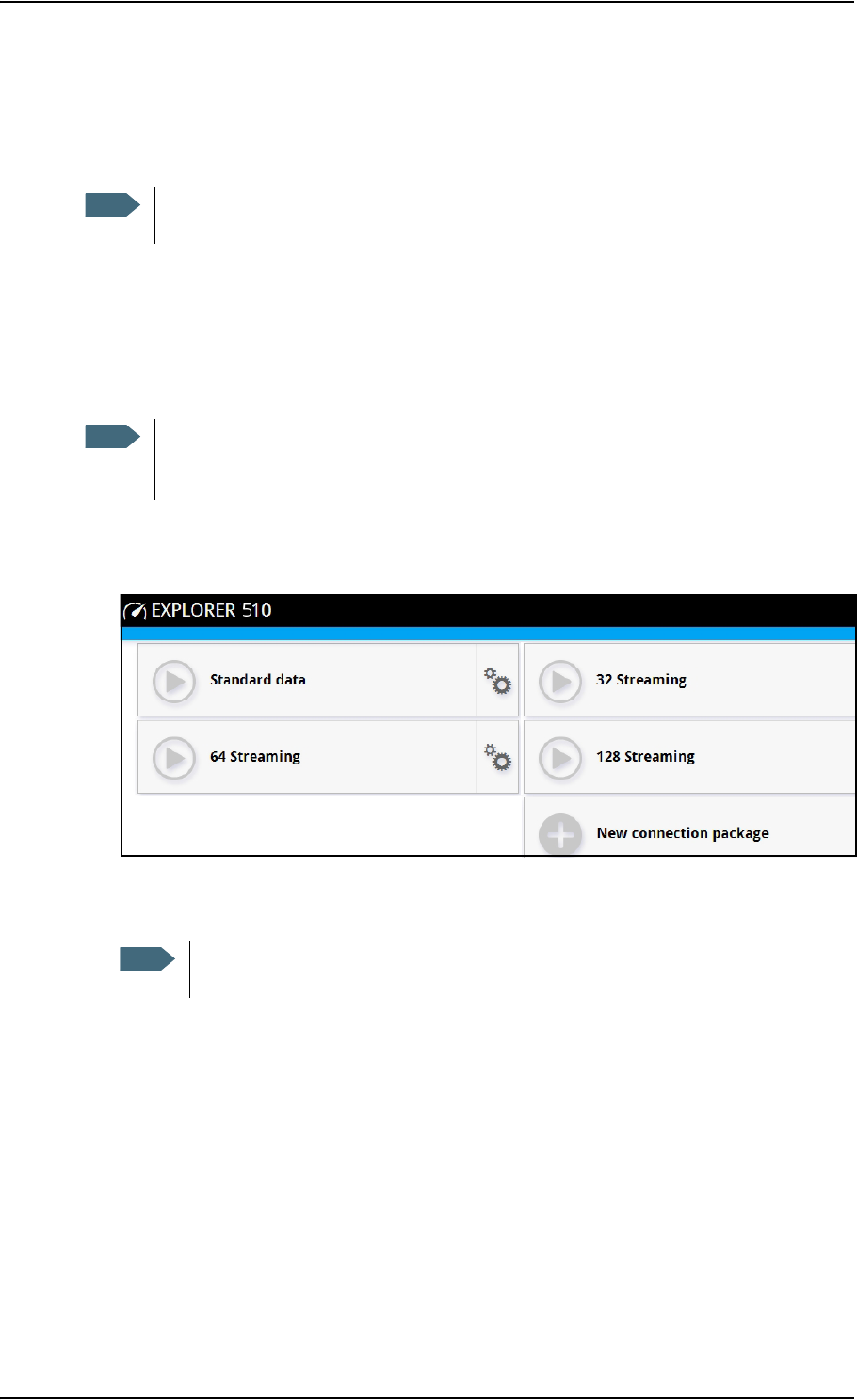
Chapter 4: Configuration
98-143082-DraftA6 To control data connections from web interface (BGAN) 32
To control data connections from web interface (BGAN)
The startup page of the web interface is used to start and stop data connections and to set up
the data connections.
To start and stop data connections
By default, you must activate your data connection from the EXPLORER Connect App or from
the web interface before you can access the Internet. However, you can enable automatic
activation of a data connection. See To set up the connection mode on page 44.
To start and stop data connections on your EXPLORER 510, do as follows:
1. In the opening page, locate the connection package you want to start.
2. Click to start the connection. If more connections are included in the connection
package, this will start all included connections.
3. Click to stop the connection.
If there is an error with the connection, the connection tile shows a red exclamation mark
and an error message.
When a connection is active, the icon turns green and the tile for the active connection shows:
• IP address: The IP address that has been assigned by the service provider to this session.
• Transferred data: For Standard data, the tile shows the total amount of transmitted and
received data since the connection was established.
• Connection duration: For Streaming data, the tile shows the total time the connection has
been active.
• Bit rate: For Streaming connections, the tile shows the currently available bit rate.
Note
If you are using the EXPLORER Cellular Modem instead of the BGAN network, see
Optional: To set up cellular network for data on page 59.
Note
The icons for starting and stopping connections are only displayed if the
terminal is ready and registered on the BGAN network. Otherwise you cannot start
data connections.
Note
Once a Streaming connection is started, the connection will run until you stop it.
You will be charged for the time you are connected.
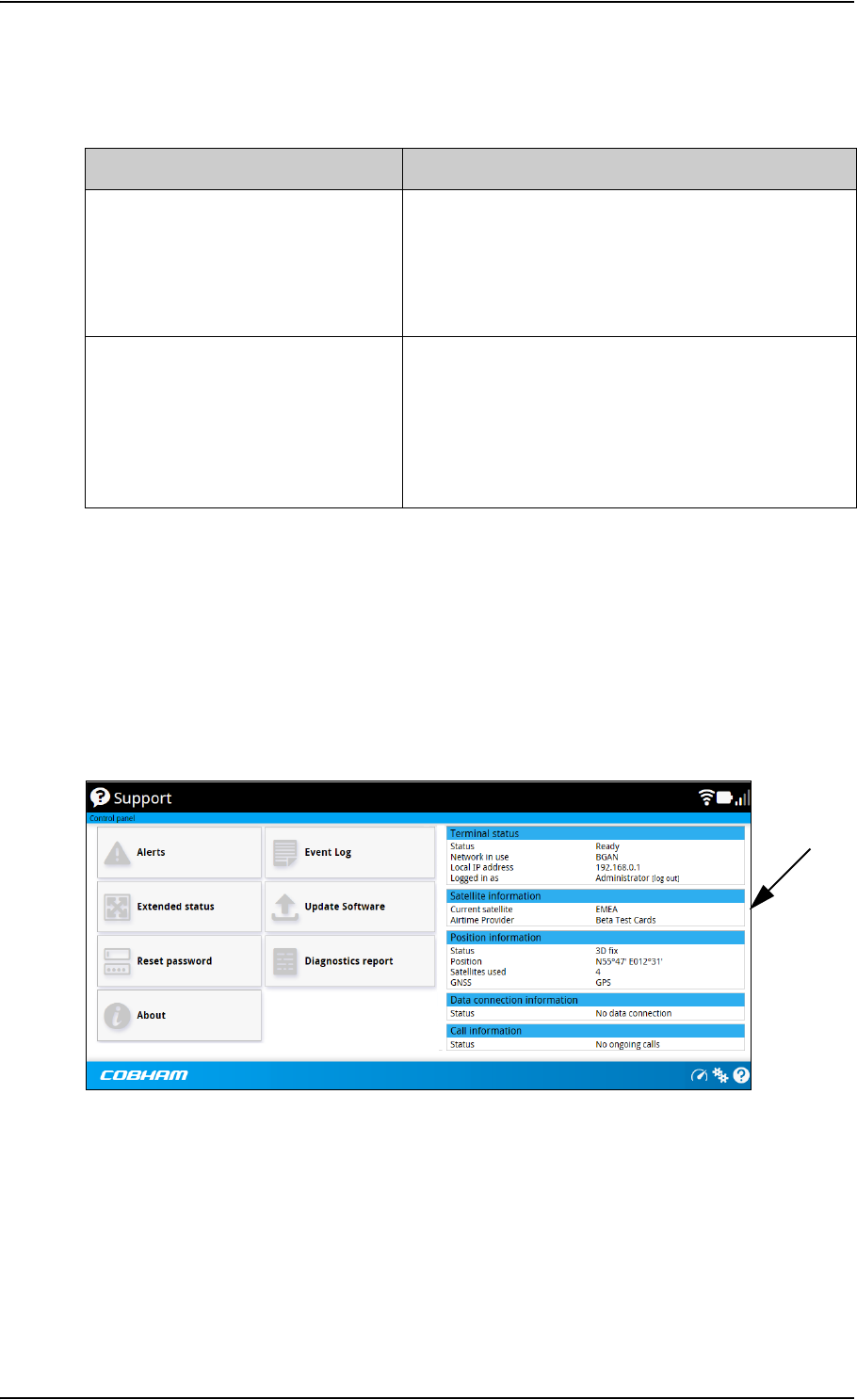
Chapter 4: Configuration
98-143082-DraftA6 Status information 33
Default data connection types
By default, the following connections are available:
You can use these connections as they are or build your own connection packages. For set up
of the connection packages, see the section To set up your data connection packages (BGAN)
on page 47.
Status information
If the window is large enough, it shows a status field at the bottom of the page or in the right
side of the page. If not, click to show the status page. Click again to return to the
previous page.
Name Type of connection
Standard data Several users can share the data connection. This type
of connection is ideal for TCP/IP traffic such as e-mail,
file transfer, and Internet and intranet access.
The user pays for the amount of data sent and
received.
Streaming data
The following Streaming classes are
available:
32, 64 or 128 Streaming
An exclusive, high-priority connection, ensuring
seamless transfer of data. This type of connection is
ideal for time critical applications like live video over
IP.
The user pays for the duration of the connection (per
minute charge).
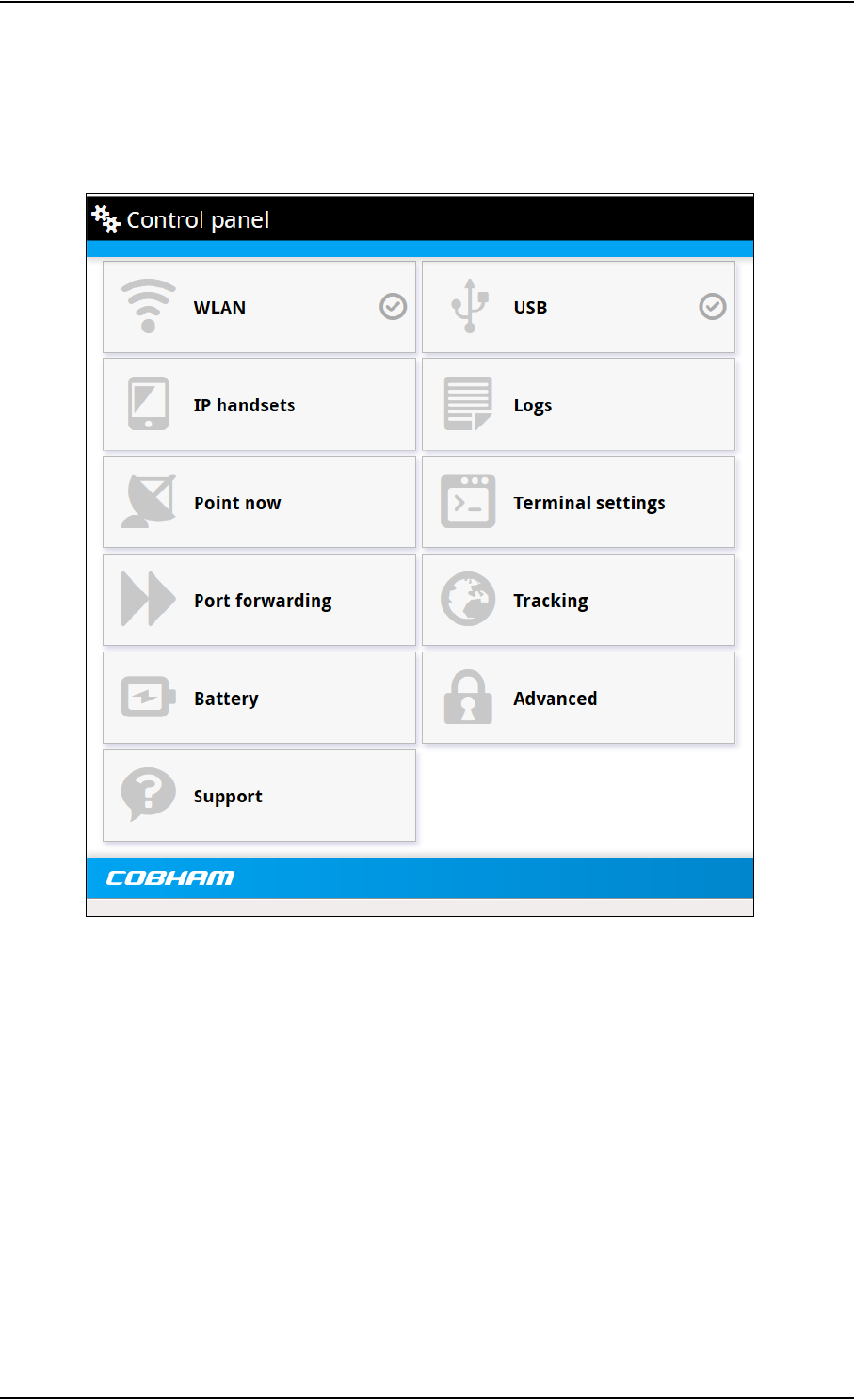
Chapter 4: Configuration
98-143082-DraftA6 The Control panel 34
The Control panel
The control panel is used for accessing the settings and functions of your EXPLORER 510.
To open the control panel, click from the bottom right corner of the web interface.

Chapter 4: Configuration
98-143082-DraftA6 To use the logs 35
To use the logs
To access the logs
To access the Logs, select and select Logs from the menu. The Logs page contains:
•Call log: A list of all incoming, outgoing and missed calls since the log was last cleared.
•Data log: A list of all data sessions since the log was last cleared.
•Total counters: Totals for each type of service since the log was last cleared.
Date and time is the international UTC time, received from the satellite.
Call log
The Call log shows:
•Outgoing calls shows the start time, receiving end phone number, duration, type
(Standard voice or 3.1 kHz audio) and, if Call charges have been entered, estimated charge
of each outgoing call.
•Received calls shows the start time, calling phone number, duration and type (Standard
voice or 3.1 kHz audio) of each incoming call.
•Missed calls shows the start time, calling phone number and type (Standard voice or
3.1 kHz audio) of each incoming call that was not received.
If a call fails, the call log shows the cause of the error.
You can clear the Call log under Control Panel > Advanced > Clear logs (requires
Administrator password).
Data log
The Data log shows:
•Standard data shows bytes uploaded , bytes downloaded , date and time and
estimated charge of each Standard data session (if Call charges have been entered).
•Streaming data shows the duration and type (such as 64 kbps, 256 kbps), date and time
and estimated charge of each Streaming data session (if Call charges have been entered).
You can clear the Data log under Control Panel > Advanced > Clear logs (requires
Administrator password).
Total counters
The total counters show:
•Call session totals shows the total duration (hh:mm:ss) for each call type since the log
was last cleared. It also shows the estimated call charge for each call type (if Call charges
have been entered).
•Data session totals shows totals for each data connection type since the log was last
cleared. For Standard data the totals are shown as amount of data transferred (kB) and for

Chapter 4: Configuration
98-143082-DraftA6 Battery status information 36
Streaming connections the totals are shown in duration (hh:mm:ss). It also shows the
estimated charge for each data type (if Call charges have been entered).
You can clear the Total counters under Control Panel > Advanced > Clear total
counters (requires Administrator password).
Battery status information
To view the status of the battery, do one of the following:
• Click the battery symbol from the icon bar at the top of the page, or
• from the Control panel , select Battery.
The Battery page shows the charging status (Charging or Not charging), the charge level in
percent and the estimated remaining usage time.
For more information on the EXPLORER 510 batteries, see
•Normal use of the battery on page 66
•To recharge the battery on page 66
•Accurate display of the battery capacity on page 66
To set up the interfaces
WLAN interface setup
To configure the WLAN interface, do as follows:
1. In the Control panel , click the WLAN tile.
2. To enable the WLAN interface, select Enable.
•
on the WLAN tile means the interface is disabled.
•
on the WLAN tile means the interface is enabled.
Note
The estimated remaining usage time can vary significantly, depending on usage. The
remaining time will be shorter if the terminal is used a heavily (more interfaces in use
and more calls and data sessions active).
Note
The Internet settings entered in the Terminal settings page also apply for the WLAN
interface. See To set up the connection mode
Important
If you disable WLAN you may not be able to access the EXPLORER 510.
Before disabling the WLAN interface, make sure you have a working LAN
connection with the USB/LAN converter.
Note
It may take some seconds to enable the interface.

Chapter 4: Configuration
98-143082-DraftA6 To set up the interfaces 37
3. Next to Region, select the region you are located in.
4. Select the Channel number used for communication on the WLAN interface.
5. Select Broadcast SSID to show your WLAN access point to other users.
If you clear the box, your WLAN access point is hidden.
6. Type in the SSID.
The SSID is a max. 32 character text identifying the wireless local area network. All wireless
devices on a WLAN must use the same SSID in order to communicate with each other. The
default SSID is EXPLORER510.
7. Select the Security standard. You may select one of the following encryption standards:
• None (no encryption is applied)
• WEP-40/64
•WEP-104/128
•WPA-TKIP
• WPA2-AES (selected by default)
8. Next to Key type, select Hexadecimal or Text.
The encryption key must normally be a hexadecimal code. However, if you are using WPA-
TKIP or WPA2-AES encryption (default) you can choose to use a text string, which may be
easier to memorize.
9. Type in the Encryption key for the selected Security standard (not applicable if security
mode = None). The default encryption key is the serial number of the EXPLORER 510.
You can find the serial number under Control panel > Support > About or on the label
on the EXPLORER 510.
10. Click Save.
Port forwarding
Port forwarding enables you to set up a server connected to the terminal while the terminal is
in Router mode. Without port forwarding it would not be possible to contact the server from
the Internet. We recommend using a static public IP address for the terminal in order to
provide easy access to the terminal. To use the static IP address, it must be included in your
subscription and you must set the APN source to SIM default. For details, see To change the
APN for a connection package on page 47.
The following example shows how to allow Internet access to a mail server (smtp) connected
to the terminal.
The mail server in this example has the IP address 192.168.0.100.
1. From the Control panel , select Port forwarding.
Note
In some countries, the use of WLAN is not allowed. Before continuing, make sure
WLAN is allowed and licensed in the country where you intend to use it.
Note
Make the port forwarding configuration before starting the data session.

Chapter 4: Configuration
98-143082-DraftA6 To set up the interfaces 38
2. Select Forward port to add a new port forwarding.
3. Select Active to activate the port forwarding.
4. Type in the Incoming port start and the Incoming port end.
This is the range of port numbers on the EXPLORER 510 for which incoming traffic to the
EXPLORER 510 will be forwarded.
5. Type in the Destination IP address, which in this example is the IP address of the mail
server: 192.168.0.100.
This is the IP address to which the incoming traffic is forwarded.
6. Type in the Destination port start and the Destination port end.
This is the range of port numbers, in this example on the mail server, to which the
incoming traffic will be forwarded.
7. Click Save.
When you have activated a data connection, you can now access the mail server from the
Internet, using the external IP address of the terminal. You can see the external IP address in
the tile with the data connection you have started. For information on how to activate your
data connection, see To start and stop data connections on page 32.
USB interface setup
Note that the USB interface is a Host interface, primarily used for charging devices such as
tablets or smartphones and for recovery software upload.
To configure the USB interface, do as follows:
1. In the Control panel , click the USB tile.
2. To enable the USB interface, select Enable.
•
on the USB tile means the interface is disabled.
•
on the USB tile means the interface is enabled.
3. Select the Charge current.
Select 0.5 A or 1.0 A, depending on the specifications for the device you are going to
connect.
4. Click Save.
Note
It may take some seconds to enable the interface.

Chapter 4: Configuration
98-143082-DraftA6 To manage IP handsets or smartphones 39
To manage IP handsets or smartphones
Overview
This section describes how to manage smartphones and IP handsets connected to the
EXPLORER 510.
The terminal supports connection of up to 16 handsets through the LAN/USB or WLAN
interface. Each handset must have a local number in the range 0501 to 0516 as well as a
unique password. For details, see the next section.
For details on SIP settings and how to connect your handset to the LAN or WLAN interface, see
To connect a phone on page 15.
To manage IP handsets or smartphones in your EXPLORER 510
Do as follows:
1. Connect your smartphone to the WLAN interface or your IP handset to the LAN#1 port of
the terminal.
for details, see To connect a phone on page 15.
2. In the web interface, select (Control panel) > IP handsets.
3. Click the tile for the handset number you want to manage.
4. Select Enable to enable the handset.
•
on the tile for your handset means the handset is disabled.
•
on the tile for your handset means the handset is enabled.
5. To change the Password, simply type in the new number.
6. Set the call type for incoming calls.
You can select Standard voice or 3.1 kHz audio or both.
• If you select both, the handset will react (ring) on incoming calls.
• If you select e.g. Standard voice, the handset will only react on calls made to the
Standard voice phone number.
7. Select the Preferred outgoing call type.
The selected type will be used by default, if possible, for any outgoing call from this
handset.
8. Click Save.
9. In the smartphone or IP handset, enter the local number and the password you just
entered in the EXPLORER 510. See the documentation for your handset for details.
Note
It may take some seconds to enable the handset.
Note
The user name is also the local number for the handset.
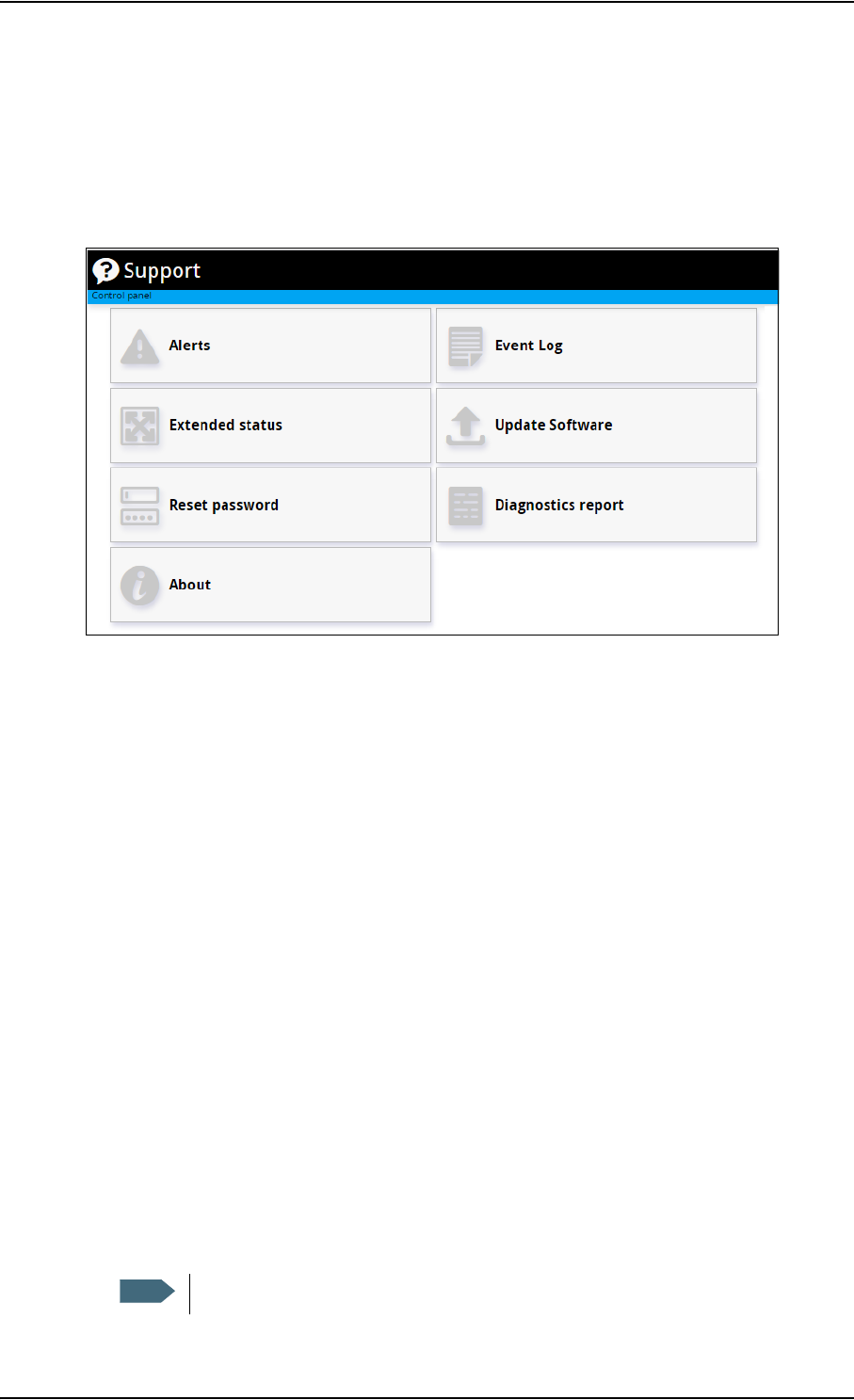
Chapter 4: Configuration
98-143082-DraftA6 Support features 40
The handset remains in the list after disconnecting. When the handset is connected again, it is
automatically recognized and ready for use, if enabled.
Support features
To open the Support page, select (Control panel) > Support.
To view the alerts
When an alert is registered, the web interface shows a warning icon in the icon bar as long
as the alert is active. The Alerts list only shows alerts that are currently active.
To view the alerts, click from the icon bar at the top of the web interface, or select Alerts
from the Support page.
To view the event log
The event log shows the same information as the alerts list, but also includes events that
occurred in the past and are no longer active. Additionally, it lists events of informational
character, describing normal phases of operation for the terminal.
To view the event log, select Event log from the Support page.
To create a diagnostics report
The diagnostic report contains relevant information for troubleshooting. When contacting
your distributor for support, please enclose this file. To generate a diagnostic report, do as
follows:
1. From the Support page, click Diagnostics report.
2. Click Generate report.
Note
It may take a few minutes to generate the report.

Chapter 4: Configuration
98-143082-DraftA6 Support features 41
3. Select Download report.
4. Choose a location for the file and save it.
To update software
To update the software in the EXPLORER 510, do as follows:
1. Download the new software or acquire the software from Cobham SATCOM and save it on
your computer.
2. Open the web interface and enter the Control panel .
3. Click Support > Update software.
4. Click Update software...
5. Browse to the new software version and click Open. The software file has the extension
“.tiif”.
When the EXPLORER 510 has finished updating the software, you get a message that the
software installation was successful.
6. Click OK.
The EXPLORER 510 now reboots and starts up with the new software version.
You can check the software version under Control panel > Support > About.
If, for some reason, you cannot upload software using the web interface, you can also use the
USB interface. For details, see To update software with USB on page 63.
To view extended status
To see the Extended status page, select Support > Extended status.
To view updated information on the Extended status page, click the icon in the top left
corner to refresh the page.
The Extended Status page shows information such as IAI-2 status, IMSI number and IMEI
number.
Important
Connect DC power to the terminal before starting the software update.
Note
The update procedure takes a couple of minutes.

Chapter 4: Configuration
98-143082-DraftA6 Support features 42
To reset the administrator password
If you have forgotten the administrator password, do as follows:
1. Contact your supplier for a reset code.
Report the serial number and IMEI number of the terminal.
You can find the serial number under Control panel > Support > About and the IMEI
number under Control panel > Support > Extended status.
2. After receiving the reset code from your supplier, select Reset password from the
Support page.
3. Type in the reset code obtained from your supplier and click Reset.
4. The password is disabled.
You now have access to all settings. If you want to use a password, enable the password as
described in To enable the administrator password on page 50.
About
The About page shows the Serial number and software version of your EXPLORER 510
and legal information. It also shows your Help desk information, if it has been entered under
Advanced > Help desk.
To access the About page, select Support > About.
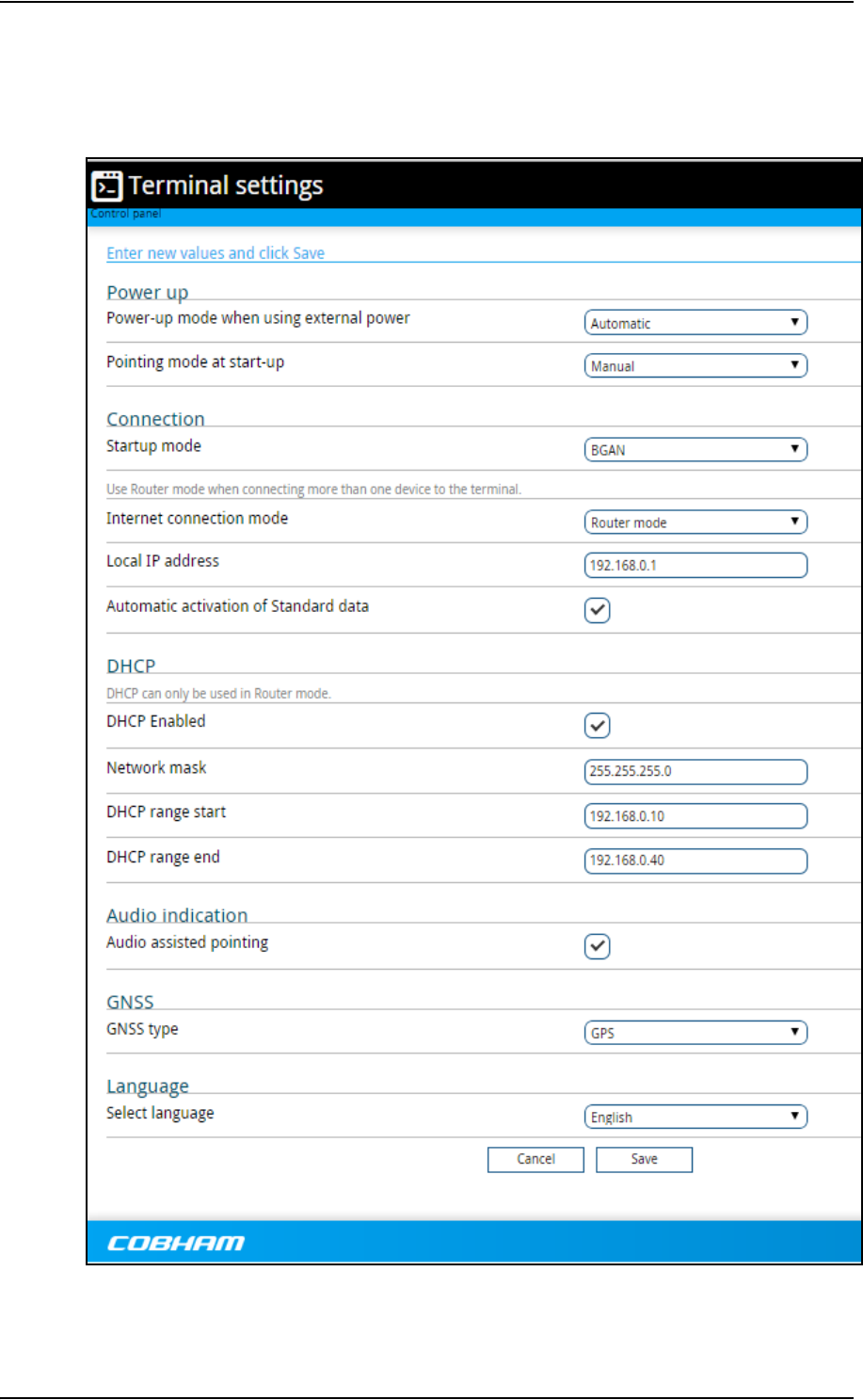
Chapter 4: Configuration
98-143082-DraftA6 Terminal settings 43
Terminal settings
To configure the terminal settings, select (Control panel) > Terminal settings.

Chapter 4: Configuration
98-143082-DraftA6 Terminal settings 44
Power-up mode with external power
You can set the terminal to automatically power up when external power is applied.
1. In the Terminal settings page, locate Power-up mode when using external power.
2. Select Automatic or Manual.
• Automatic means the terminal powers up automatically when external power is applied.
• Manual means you must use the power switch to power the terminal.
3. Click Save.
Pointing at start-up
1. In the Terminal settings page, locate Pointing mode at start-up.
2. Select Automatic or Manual.
• If the EXPLORER 510 is moved around between each power up, select Manual from the
drop-down list. With this setting, the terminal will go through the pointing procedure
every time the terminal is powered.
• If the EXPLORER 510 antenna is placed in a fixed position and the signal strength is
sufficient, select Automatic to make the EXPLORER 510 automatically register on the
satellite network when the terminal is powered.
3. Click Save.
To set up the connection mode
Startup mode (select network)
The EXPLORER 510 can use a cellular network as an alternative to the BGAN network. For
details, see Optional: To set up cellular network for data on page 59.
To set up which network you want to use when starting up the EXPLORER 510, do as follows:
1. In the Terminal settings page, locate Connection.
2. At Startup mode, select from the drop-down list which mode you want the
EXPLORER 510 to start up in. You have the following options:
•BGAN (default): The EXPLORER 510 uses BGAN. If you connect an EXPLORER Cellular
Modem, you can select that instead, but BGAN will always be used at startup.
•Cellular: The EXPLORER 510 only uses the cellular network, not BGAN. If an EXPLORER
Cellular Modem is not connected, or if the cellular network does not work for some
reason, you cannot access any network.
•Cellular if available: The EXPLORER 510 uses cellular network if it is available at
startup (that is if the EXPLORER Cellular Modem is inserted and the cellular network is
found)
•User selection: Every time the EXPLORER 510 starts up you must select which network
you want to use. You cannot access any network until you have made the selection.
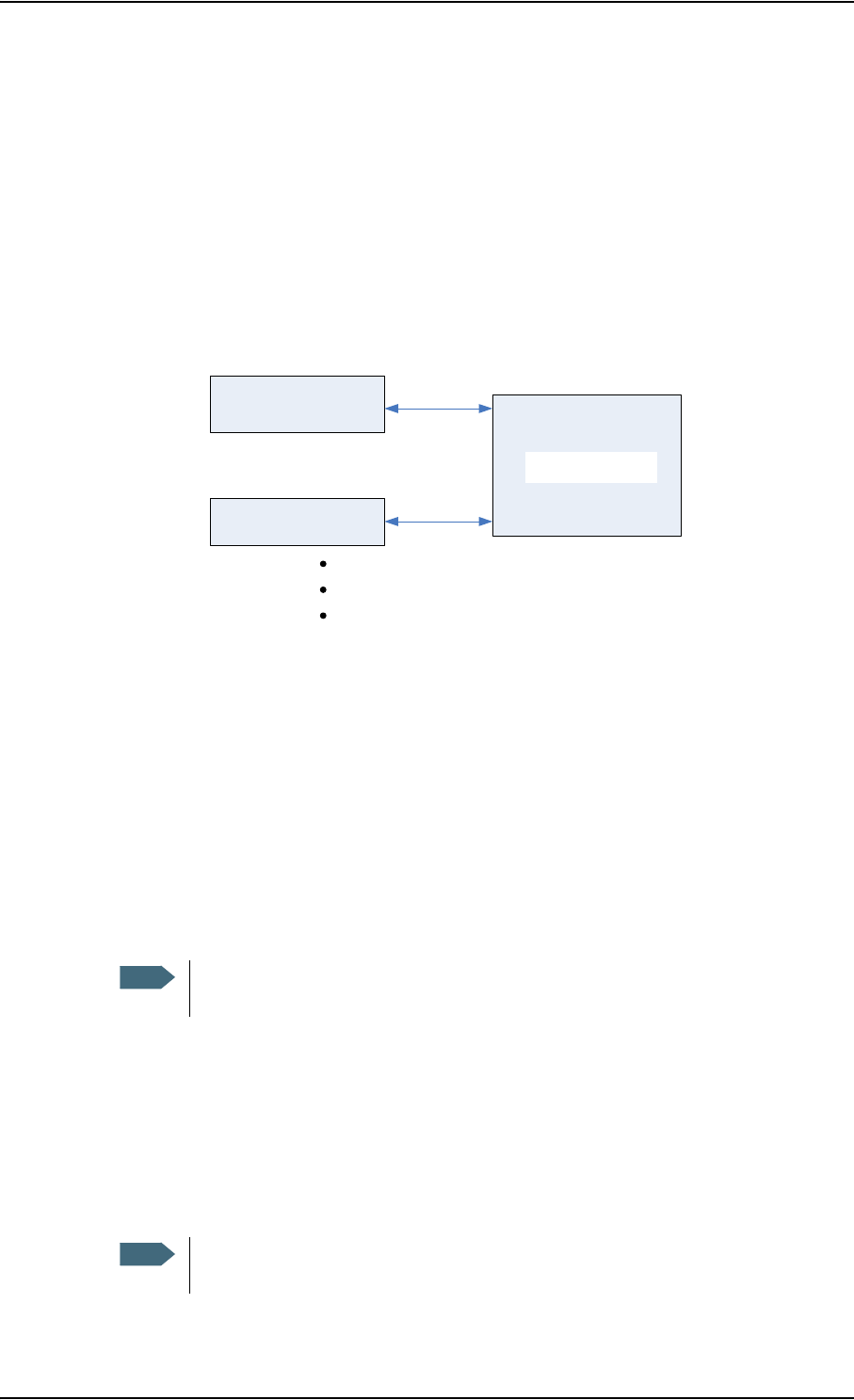
Chapter 4: Configuration
98-143082-DraftA6 Terminal settings 45
Internet and LAN connection modes
In the web interface you can set up the Internet connection mode and the IP addressing
between the EXPLORER 510 and devices connected to the EXPLORER 510. The EXPLORER 510
has a built-in DHCP server which can be used to dynamically assign IP addresses to devices
connected to the EXPLORER 510.
You can also set up the local IP address used by the connected devices to access the
EXPLORER 510. The drawing below shows the default setup.
To set up the connection mode of the EXPLORER 510, do as follows:
1. From the Terminal settings page, locate Connection.
2. At Internet connection mode, select Modem mode or Router mode. Router mode
is the default setting and is recommended for most purposes.
• Select Router mode if one or more computers are connected and the EXPLORER 510
should act as a router. When Router mode is selected, the EXPLORER 510 uses the built-
in NAT module for making the necessary address translations.
• Select Modem mode if
only one computer is connected, and the EXPLORER 510 should act as a modem, or
more than one computer is connected using an external router.
3. Under Static IP address, type in a new IP address if you want to change the Local IP
address of the terminal. This is the address used to access the web interface. The default IP
address is 192.168.0.1.
4. To enable automatic activation of your data connection, select Automatic activation.
•When you select automatic activation (default) and connect to the LAN or WLAN
interface, the data connection is automatically established as soon as the EXPLORER 510
and its BGAN connection are ready.
Note
Do not connect more than one computer in Modem mode, unless you have an
external router.
Note
You are charged for the data transferred. You may want to disable automatic
updates in your LAN or WLAN device to avoid unnecessary charges.
Local IP addresses
(default setup)
Terminal
Device 1
Device 2
192.168.0.1
192.168.0.1
assigned by the
terminal (DHCP)
assigned by the
terminal (DHCP)
EXPLORER 510

Chapter 4: Configuration
98-143082-DraftA6 Terminal settings 46
•When you disable automatic activation, you can control the data connection manually
from the startup page .
5. Under DHCP, select DHCP Enabled (recommended for most purposes).
•If you select DHCP Enabled, the terminal assigns dynamic IP addresses to devices
connected to the terminal.
•If disable DHCP, you need to set up a static IP address in the connected device.
6. If you want to change the Network mask for the local network of the terminal, type in
the new network mask. The default network mask is 255.255.255.0.
7. Under DHCP range start and DHCP range end, type in the range of IP addresses that
should be assigned to locally connected equipment.
8. Click Save.
To enable or disable the pointing sound
The EXPLORER 510 can make a sound to guide you through the pointing procedure. To enable
or disable the pointing sound, do as follows:
1. In the Terminal settings page, locate the Audio indication section.
2. Select Audio assisted pointing if you want to use a pointing sound to assist your
pointing process.
3. Click Save.
To select the GNSS type
To select which navigation system to use with your EXPLORER 510, do as follows:
1. In the Terminal settings page, locate the GNSS section.
2. Select GPS or GLONASS.
3. Click Save.
To select the language
The default language of the web interface is English. You can change the language to French,
German, Russian, Spanish, Chinese or Japanese.
To change the language, do as follows:
1. In the Terminal settings page, locate the Language section.
2. Select a language from the list and click Save.
Note
It may take some minutes for the EXPLORER 510 to change the navigation system.
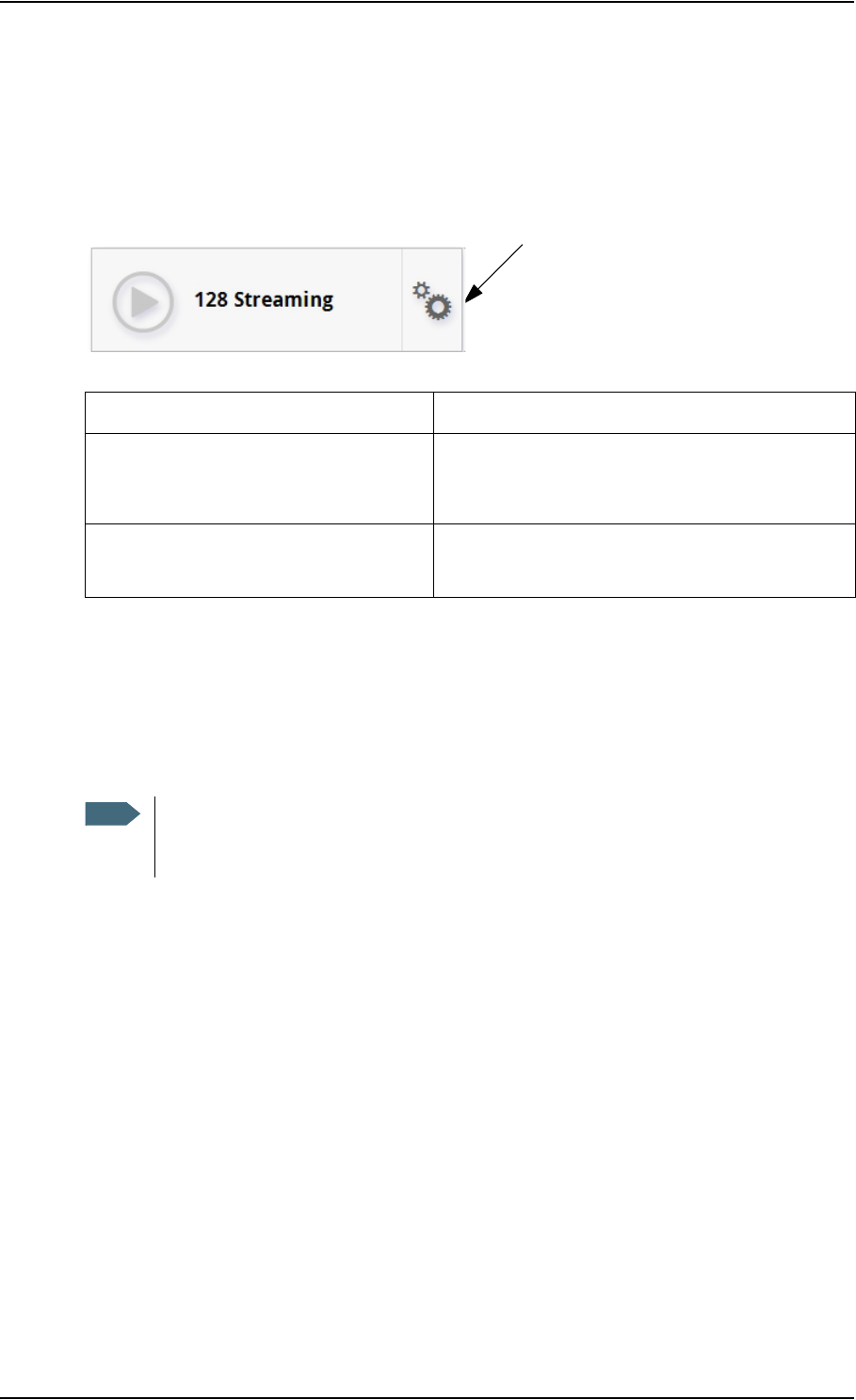
Chapter 4: Configuration
98-143082-DraftA6 To set up your data connection packages (BGAN) 47
To set up your data connection packages (BGAN)
To change a connection package
To change a connection package, click in the right side of the tile with the connection
package that you want to change.
To change the APN for a connection package
By default a connection package is set to use no IP Header compression and to use the APN
(Access Point Name) from the SIM card. This is suitable for most applications.
If you want to use a different APN, do as follows:
1. Click in the right side of the tile with the connection package that you want to change.
2. Select Parameters.
3. Next to APN, select the source of the APN.
•SIM default (default and recommended setting): The APN is taken from the SIM card.
•Network assigned: The APN is assigned from the network.
•User defined: APNs are provided from the Airtime Provider. Type in the APN next to
User defined name.
4. If your APN uses a password, type in the User name and Password provided from the
Airtime Provider.
5. Click Save.
If you want to Do as follows
Change the name of the connection
package
Click Properties, type in the new name and click
Save. The new name is shown on the tile on the
startup page.
Delete a connection package Click Delete packagea
Note: You cannot delete Standard data.
a. If you accidentally delete a connection package, you can either create a new manually, or restore factory
settings. Note, however, that all changes to the configuration will be lost if you restore factory settings.
Note
It is recommended to leave IP Header compression disabled. This means that the
data packets are transmitted more reliably with less data loss. However, you can select
IP Header compression with the risk of less stability.
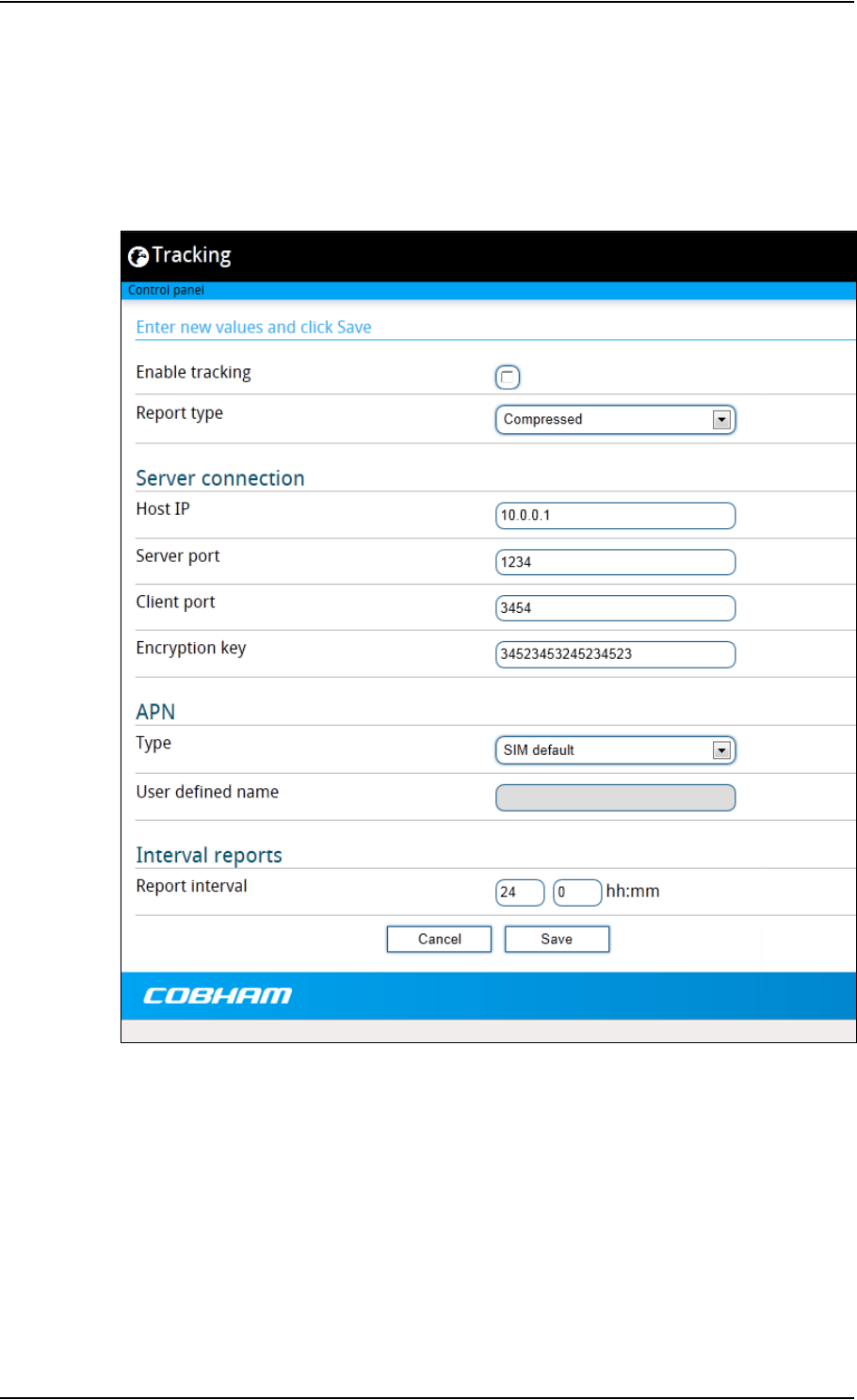
Chapter 4: Configuration
98-143082-DraftA6 To set up tracking 48
To set up tracking
You can set up the EXPLORER 510 to report to a server at certain time intervals. To set up
tracking, do as follows:
1. From the Control panel , select Tracking.
2. To enable tracking of the EXPLORER 510, select Enable tracking.
3. Select the Report type.
•Compressed. Only latitude and longitude are reported.
•Extended. Apart from latitude and longitude, heading and altitude are also included.
•ECEF. The same information as Extended, but position and speed data are 3D (ECEF
coordinates).
4. Under Server connection, type in the following details:
•Host: The IP address of the server that the EXPLORER 510 will report to.

Chapter 4: Configuration
98-143082-DraftA6 To set up tracking 49
•Server port: Port number on the server. Default number is 7474.
•Client port: Port number on the EXPLORER 510. Default number is 7475.
•Encryption key: A supplied 128 bit key which must match on both the client and
server side.
5. Under APN, select the source of the APN.
•SIM default (recommended): The APN is taken from the SIM card.
•Network assigned: The APN is assigned from the network.
•User defined: APNs are provided from the Airtime Provider. Type in the APN next to
User defined name.
6. Type in the Report interval in hours (h) and minutes (m).
Example: If you type in 1 h 30 m, the EXPLORER 510 will send a report for every 1½
hour.
7. Click Save.
You can see the status of the tracking link in the status area of the web interface. If the status
area is not shown, click to see it.
Note
You can set up whether or not you want to allow the tracking server to control these
settings. See Remote control of tracking on page 58.

Chapter 4: Configuration
98-143082-DraftA6 Advanced settings 50
Advanced settings
First time use
The first time you access the EXPLORER 510 web interface the administrator password is
disabled, so you have access to all settings. If you want to use an administrator password, you
can enable it as described in the next section.
Administrator password
To enable the administrator password
If the administrator password is disabled and you want to protect the advanced settings with a
password, do as follows:
1. From the Control panel , select Advanced.
2. Select Enable admin password.
3. Type in the administrator password you want to use.
4. Repeat the new password on the next line.
5. Click Save.
To disable the administrator password
If you want to disable the administrator password, do as follows:
1. From the Control panel , select Advanced.
2. If you are not already logged in as administrator, enter the administrator password and
click Login.
3. Select Disable admin password.
All settings are now available without password protection.
To log in
If the administrator password is enabled, the Advanced settings require an administrator
password. To log in as administrator, do as follows:
1. From the Control panel , select Advanced.
If you are not logged in as administrator you are now prompted to log in.
2. Enter the Administrator password.
If you have forgotten the administrator password, you can reset the password. For details,
see To reset the administrator password on page 42. The old user name and password will
apply until you have finished the reset procedure.

Chapter 4: Configuration
98-143082-DraftA6 Advanced settings 51
3. Click Login.
You now have access to the advanced settings of your EXPLORER 510.
To change the administrator password
To change the administrator password, do as follows:
1. Log in as administrator
2. Under Advanced, select Change admin password.
3. Type in the Old password.
4. Type in the New password and retype it on the next line.
5. Click Save.
At the next login the new password is required.
To log out as administrator
If you have not entered anything for 30 minutes under Advanced, you are logged out
automatically. To log out manually, click Logout admin in the Advanced page.
To set up user permissions
You can allow or deny users access to certain functions and make these pages read-only. This is
useful if you want to protect the system against unintended changes. Study this screen
thoroughly and decide to which areas of the system you want to give non-administrator users
access. To set up the user permissions, do as follows:
1. Under Advanced, select User permissions.
2. Under Allow users to:, select the settings you want to allow users to access.
3. Under Allow AT commands on:, select an interface if you want to allow the use of AT
commands on this interface.
AT commands are low-level commands used to control modems, in this case the
EXPLORER 510. They are typically used during service and maintenance or when
troubleshooting the terminal.
4. Under Allow user accounts:, select Service user account if you want to enable the
use of a service user account.
5. Click Save.
The settings without a check mark can only be viewed but not changed by the non-
administrator user.

Chapter 4: Configuration
98-143082-DraftA6 Advanced settings 52
To restore factory settings
To restore the factory settings of the EXPLORER 510, do as follows:
1. Under Advanced, select Factory reset.
2. Click OK.
The terminal will now reboot and start up with the factory settings.
To enable or disable the use of a SIM PIN
To enable or disable the use of a PIN to access the terminal, do as follows:
1. Under Advanced, select Enable/disable SIM PIN.
2. Under Enable/Disable PIN select or clear the box next to Require PIN on startup.
• If you clear the box, you can access and use the terminal without entering a PIN
• If you select the box, you must enter a PIN on startup before you can make calls or data
sessions
3. If you selected Require PIN on startup, type in the PIN next to Current PIN.
4. Click Save.
The new PIN settings will take effect at next power on.
To change the SIM PIN
To change the PIN used to access the BGAN network, do as follows:
1. Under Advanced, select Change SIM PIN.
2. Under Change SIM PIN type in the Current PIN.
3. Type in the New PIN and retype it on the next line.
4. Click Save. The new PIN settings will take effect at next power on.
To save or load a configuration
If you need to reuse a configuration in another terminal of the same type and software
version, you can save your current configuration to a file, which can then be loaded into the
other terminal.
Important
All configuration will be lost and the EXPLORER 510 will return to the default
configuration.
Note
Configuration files can only be exchanged between terminals with the same software
version!

Chapter 4: Configuration
98-143082-DraftA6 Advanced settings 53
To save a configuration to a file
To save the current configuration of your EXPLORER 510 to a file on your computer, do as
follows:
5. In the Advanced page, click Load/save configuration.
6. Click Save configuration.
The configuration file is saved in the EXPLORER 510.
7. Click Download configuration...
The configuration is downloaded from the EXPLORER 510 to the downloads section of
your computer.
To load a configuration from a file
To load a configuration from a file into your EXPLORER 510, do as follows:
1. In the Advanced page, click Load/save configuration.
2. Click Load configuration.
3. Browse to the configuration file and click Open...
The configuration is now loaded into your EXPLORER 510. When the configuration is loaded
successfully, the EXPLORER 510 reboots and starts up with the new configuration.

Chapter 4: Configuration
98-143082-DraftA6 Advanced settings 54
Link monitoring
You can monitor the external IP connection of the EXPLORER 510 system using the link
monitoring feature. With this feature activated, the terminal will send out ping commands
(ICMP Echo Requests) to a server of your choice.
To set up link monitoring, do as follows:
1. Under Advanced, select Link monitoring.
2. Select Enable Link monitoring.
3. At Ping interval (minutes) select the Interval in minutes between the ping commands.
4. Select the Number of retries before the terminal reboots.
5. Type in the Primary and optionally the Secondary IP address.
This is the IP address of the server(s) to which the terminal will send ping commands.
6. Click Save.
When a data session is started, the terminal will start sending ping commands to the Primary IP
address the number of times specified at Number of retries. If no response is received, it will
send the same number of ping commands to the Secondary IP address, if available. If no
response is received here, the terminal will reboot.
Data limits
You can set a limit for the use of data services with the EXPLORER 510 system.
Once the entered limit is reached, the connection is automatically stopped. This is recorded in
the data log. To continue using the data service you must start a new connection by clicking on
the desired connection on the startup page.
To set data limits, do as follows:
1. Under Advanced, select Data limits.
2. Select the type of connection you want to limit.
3. Type in the number of kilobytes (kB) or the time (number of minutes) allowed.
4. Select Enable.
5. Click Save to save the settings.
Note
The data connection must be activated before link monitoring can start. See To start
and stop data connections on page 32.
Note
Use a server that is reliable and that responds to ICMP Echo Requests.
Note
If you set a data limit for the Standard data connection, automatic activation of the
Standard data connections is disabled.

Chapter 4: Configuration
98-143082-DraftA6 Advanced settings 55
Call charges
If you know the tariff for your subscribed services, you can enter these tariffs in the web
interface and automatically calculate the estimated charges for your calls and data sessions. To
enter the call tariffs, do as follows:
1. Under Advanced, select Call Charges.
2. Select the currency from the Displayed currency drop-down list.
3. Enter the tariff for each of the services.
4. Click Save.
The entered tariffs are used for estimating the charges for calls and data sessions. For
further information, see Call log on page 35.
To clear the logs
To clear the logs of the terminal, do as follows:
1. Under Advanced, click Clear logs.
2. Click OK.
This will clear the call log and the data log.
To reset the total counters
To reset the counters for the time connected, do as follows:
1. Under Advanced, click Reset total counters.
2. Click OK.This will reset the counters under Control panel > Log > Total counters.
4
Note
Cobham SATCOM does not take responsibility for the correctness of the estimated
charges. This calculation is only a rough estimate of the charge, based on the tariff
entered by the user. Also, the Airtime Provider may have different methods of
measuring the airtime used.

Chapter 4: Configuration
98-143082-DraftA6 Advanced settings 56
Remote management
You can set up the terminal so that it can be controlled from a remote location.
To set up the terminal for remote management, select Advanced > Remote management
from the Control panel.

Chapter 4: Configuration
98-143082-DraftA6 Advanced settings 57
Remote access with IP
1. From the Remote management page, select Enable access to web server and/or
Enable access to AT commands.
2. Type in the Incoming port numbers to use for the web server and for AT commands.
The default port numbers are:
•web server: 80
• AT commands: 5454
3. Under Trusted IP addresses, click Add IP address and type in the IP address of the
device you want to give access to the terminal.
4. To add more IP addresses, click Add IP address again.
After preparing the terminal and activating the connection you can access the terminal from
one of the trusted IP addresses, using the incoming port defined in the Incoming port field.
• For information on how to prepare the terminal for remote activation of a data
connection, see the next section Remote access with SMS.
• For information on how to access the terminal, see To access the terminal from a
remote location on page 21.
If Static IP is included in your airtime subscription, we recommend using this static public IP
address for the terminal in order to provide easy access to the terminal. To use the static IP
address, it must be included in your airtime subscription and you must set the APN source to
SIM default. For details, see To change the APN for a connection package on page 47.
Remote access with SMS
1. From the Remote management page, select whether you want to Enable remote
activation of data sessions.
2. Select whether you want an SMS confirmation for your data activation SMS.
3. Select Enable access to AT commands, if you want to enable the EXPLORER 510 to
receive AT commands via SMS for remote management.
Note
The port number must be available at your service provider.
Note
To be able to access the terminal you must have an active data connection.
Note
The terminal must be logged on to the satellite services to receive and accept an SMS.
If the SMS is considered too old or sent before the terminal has been switched on and
has logged on, the SMS will be ignored.
Important
If you want to receive an SMS with the IP address of the terminal after
sending an activation SMS, you must select Send SMS confirmation.

Chapter 4: Configuration
98-143082-DraftA6 Advanced settings 58
4. Enter the password. It can be up to 32 characters long. The characters 0-9, a-z and A-Z are
allowed. The password is mandatory and must match the password in the SMS. See To
activate a data connection with an SMS on page 22.
5. Enter at least one trusted mobile number from which the terminal accepts an SMS. If no
numbers are entered the feature is disabled automatically. Use the wild card * to accept a
range of trusted numbers.
6. To add more phone numbers, click Add phone number again.
7. Click Save.
For information on how to send an activation SMS, see To activate a data connection with an
SMS on page 22.
Remote control of tracking
When you are using the tracking function of the EXPLORER 510, you can set up the terminal so
that the tracking server can access the EXPLORER 510 e.g. to start or stop tracking or to change
reporting intervals.
To allow the tracking server to control the tracking settings, do as follows:
1. Under Advanced, select Tracking settings.
2. Select Allow remote control of tracking.
3. Click Save.
The EXPLORER terminal will now accept commands from the specified tracking server, for
example to change reporting intervals or start/stop reporting.
Help desk
Under Help desk you can enter the contact information you want for your EXPLORER 510. The
Help desk contact information is empty by default. You must provide the contact information,
e.g. the phone number for your Airtime Provider. Do as follows:
1. In the Advanced page, select Help desk.
2. Type in the contact information you want.
3. select Save.
The Help desk information is now available from the About page ( (Control panel) >
Support > About).
Mobile number with wild card Mobile numbers accepted
+453955880* +4539558800 to +4539558809
+45395588* +4539558800 to +4539558899
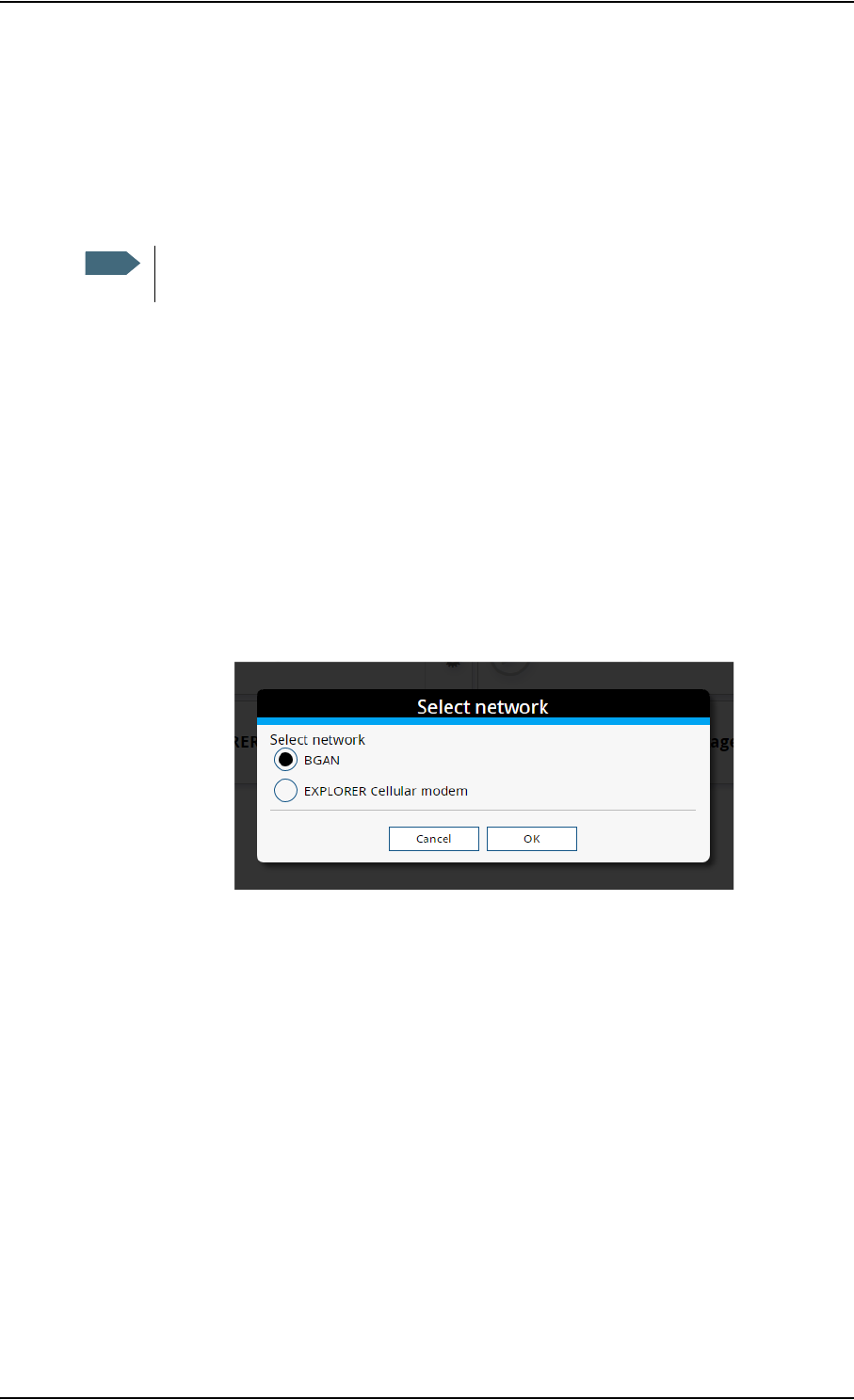
Chapter 4: Configuration
98-143082-DraftA6 Optional: To set up cellular network for data 59
Optional: To set up cellular network for data
The EXPLORER 510 is a BGAN terminal by default. However, if you are within coverage of a
cellular network, you may want to acquire an EXPLORER Cellular Modem as an alternative to
the BGAN network. Note that you need a separate SIM card for the cellular network, the
EXPLORER 510 SIM card can only be used for the BGAN network.
To enable the EXPLORER 510 to use the cellular network, do as follows:
1. Acquire an EXPLORER Cellular Modem from Cobham SATCOM.
2. Insert your cellular SIM card into the modem and plug the modem into the USB connector
on the EXPLORER 510.
3. Connect your computer, smartphone or tablet to the EXPLORER 510, e.g. using WLAN (see
To connect your WLAN-enabled device on page 9).
4. Start the EXPLORER Connect App and select Terminal Access, or access the web
interface.
5. Depending on the configuration you may have to select the cellular network by clicking
the signal bars in the top right corner and selecting the EXPLORER Cellular Modem.
For details on Cellular/BGAN network selection, see Startup mode (select network) on
page 44.
6. When the modem is connected and selected, the opening page of the web interface
shows a new tile with the cellular connection.
Note
The EXPLORER 510 does not provide automatic switch-over between BGAN and
cellular network, so you have to select the network you want to use.
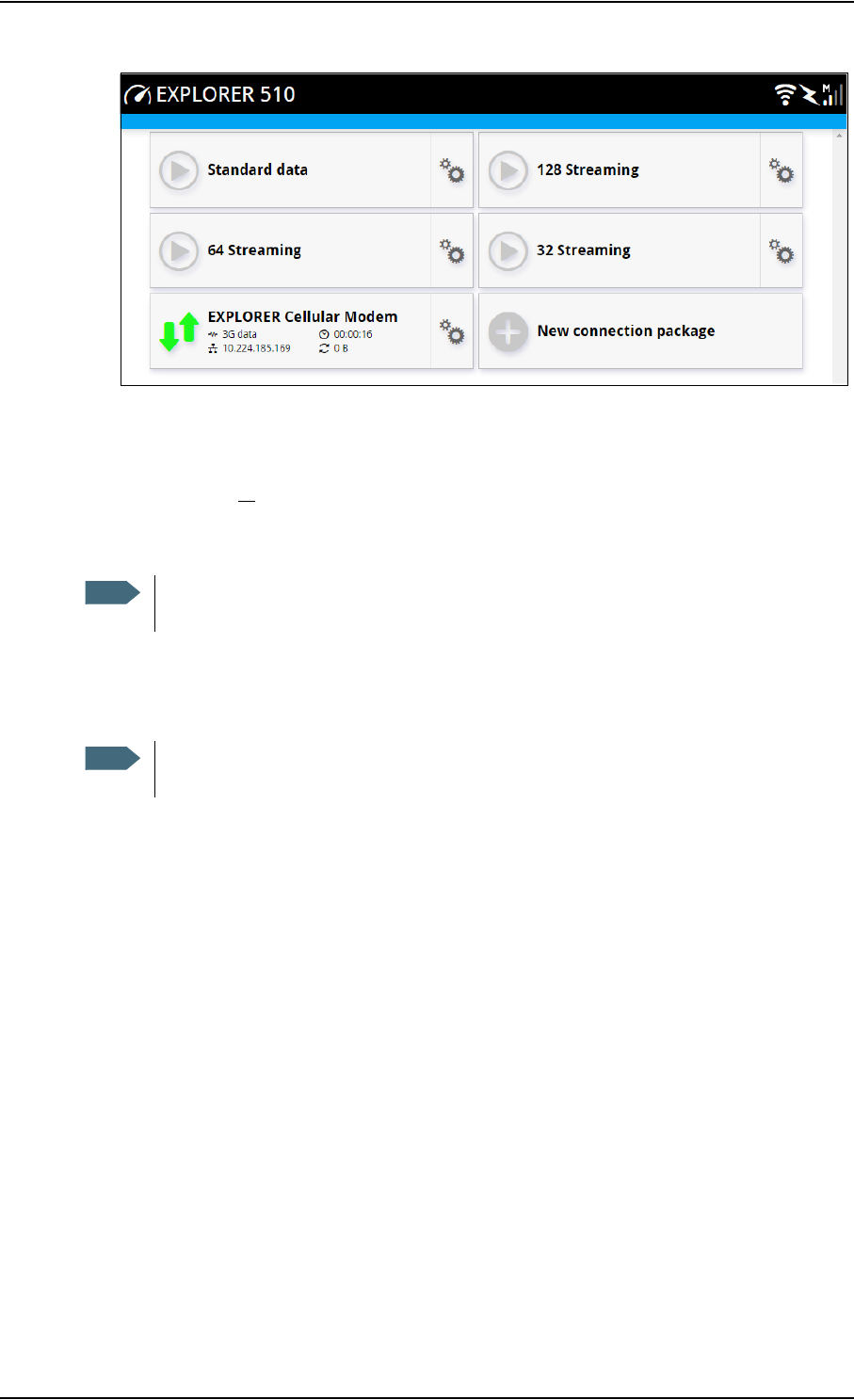
Chapter 4: Configuration
98-143082-DraftA6 Optional: To set up cellular network for data 60
Select on the tile to change the name or the APN of your cellular connection. For details,
see the next section.
When the connection is established, an “M” on the signal bar in the top right corner indicates
that it is a cellular (Modem) connection, and the icon on the tile turns green. The data
connection is automatically established when set up correctly, so you cannot start and stop
the cellular connection from the tile as you can with the BGAN connections.
You can now access the Internet through the cellular network from a device connected to the
EXPLORER 510. Note that you cannot use the BGAN network as long as EXPLORER Cellular
Modem is selected.
To change the name or the APN for your cellular connection
Name of cellular connection
To change the name of your cellular connection, do as follows:
1. Select on the tile with the cellular connection.
2. Select Properties.
3. Type in the new name for your connection.
4. Click Save.
APN for cellular connection
To change the APN for your cellular connection, do as follows:
1. Select on the tile with the cellular connection.
Note
You may have to enter a PIN before you can use the cellular network, see To enter
the SIM PIN in the web interface on page 30.
Note
You cannot make calls on the cellular network through the EXPLORER 510. Only data
connection is possible

Chapter 4: Configuration
98-143082-DraftA6 Optional: To set up cellular network for data 61
2. Select Parameters.
3. Type in the name of the APN you are going to use for your cellular connection.
4. Click Save.

98-143082-DraftA6 Support 62
Chapter 5
Maintenance and troubleshooting 5
Support
Contact information
Should your Cobham SATCOM product fail, please contact your dealer or installer, or the
nearest Cobham SATCOM partner. You will find the partner details on
www.cobham.com/satcom where you also find the Cobham SATCOM Self Service Center web-
portal, which may help you solve the problem.
Your dealer, installer or Cobham SATCOM partner will assist you whether the need is user
training, technical support, arranging on-site repair or sending the product for repair.
Your dealer, installer or Cobham SATCOM partner will also take care of any warranty issue.
To repack for shipment
Should you need to send the product for repair, please read the below information before
packing the product.
The shipping carton has been carefully designed to protect the EXPLORER 510 and its
accessories during shipment. This carton and its associated packing material should be used
when repacking for shipment. Attach a tag indicating the type of service required, return
address, part number and full serial number. Mark the carton FRAGILE to ensure careful
handling.
If the original shipping carton is not available, the following general instructions should be used
for repacking with commercially available material.
1. Wrap the defective unit in heavy paper or plastic. Attach a tag indicating the type of
service required, return address, part number and full serial number.
2. Use a strong shipping container, e.g. a double walled carton.
3. Protect the front- and rear panel with cardboard and insert a layer of shock-absorbing
material between all surfaces of the equipment and the sides of the container.
4. Seal the shipping container securely.
5. Mark the shipping container FRAGILE to ensure careful handling.
Failure to do so may invalidate the warranty.
Note
Correct shipment is the customer’s own responsibility.

Chapter 5: Maintenance and troubleshooting
98-143082-DraftA6 Software update 63
Software update
To update software with the web interface
To update the software in the EXPLORER 510, do as follows:
1. Download the new software or acquire the software from Cobham SATCOM and save it on
your computer.
2. Connect your computer to the EXPLORER 510.
3. Open the web interface in your browser and enter the Control panel .
4. Click Support > Update software.
5. Click Update software...
6. Browse to the new software version and click Open. The file has the extension “.tiif”.
When the EXPLORER 510 has finished updating the software, you get a message that the
software installation was successful.
7. Click OK.
The EXPLORER 510 now reboots and starts up with the new software version. You can check
the software version under Control panel > Support > About.
If, for some reason, you cannot upload software using the web interface, you can also use the
USB interface. For details, see To update software with USB on page 63.
To update software with USB
If the web interface is not available, you may also use the USB interface to update the software
from a USB memory stick.
To prepare the USB stick
Do as follows:
1. Download the EXPLORER 510 software image from the Cobham SATCOM support server
to your computer.
2. Insert the USB memory stick into your computer and copy the EXPLORER 510 software
image file to the drive.
3. Rename the file name to "tt3711a.tiif". (TBC)
4. Remove the USB memory stick from the computer.
Important
Connect DC power to the terminal before starting the software update.
Note
The update procedure takes a couple of minutes.

Chapter 5: Maintenance and troubleshooting
98-143082-DraftA6 Software update 64
To upload the software to the EXPLORER 510
1. Insert the USB memory stick with the new software into the EXPLORER 510 USB
connector.
The EXPLORER 510 reads the software image from the USB memory stick and starts the
software update process. The Status LED flashes blue to indicate that the software update
process is ongoing. When the software update is completed, the EXPLORER 510 reboots.
2. Wait for the status LED to become green to indicate the software update process is
completed.
3. Remove the USB memory stick.
4. Power-cycle the EXPLORER 510.
Recovery software update
If the EXPLORER 510 becomes inoperative, a recovery software update may bring it back into
an operational state.
To make a recovery software update, do as follows:
1. Prepare the USB stick as described in To prepare the USB stick on page 63.
2. Push the restore button while powering on the EXPLORER 510. See Restore the settings of
the EXPLORER 510 on page 65.
The EXPLORER 510 powers up and the two LEDs are flashing blue.
3. Insert the USB memory stick with the new software into the EXPLORER 510 USB
connector on the front.
The EXPLORER 510 reads the software image from the USB memory stick and starts the
software update process. The EXPLORER 510 reboots and when it is powered up the Status
LED flashes blue to indicate that the software update process is ongoing.
4. Wait for the status LED to become steady green to indicate the software update process is
completed.
5. Remove the USB memory stick.
Important
The recovery software update will reset your EXPLORER 510 configuration to
factory default!
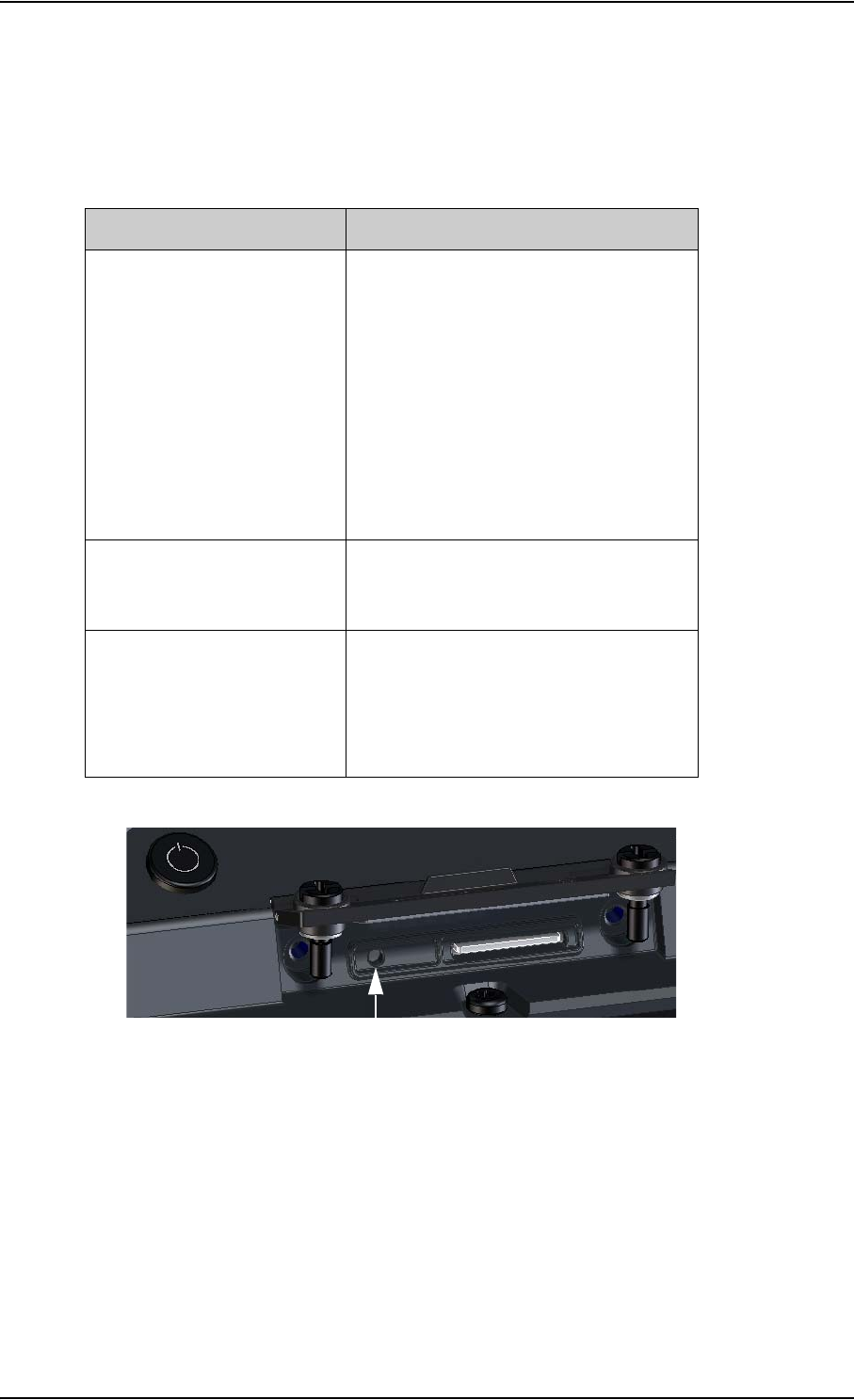
Chapter 5: Maintenance and troubleshooting
98-143082-DraftA6 Restore the settings of the EXPLORER 510 65
Restore the settings of the EXPLORER 510
The EXPLORER 510 has a restore button that has three functions: To restore all settings to
factory settings, to restore WLAN settings only or to put the EXPLORER 510 into safe mode for
recovery software upload.
The restore button is located inside the small hole next to the SIM slot.
Do as follows:
1. Loosen the two screws holding the SIM cover.
2. Lift the cover.
3. Use a pointed device to push the restore button.
4. Close the cover and tighten the two screws carefully.
This is important in order to maintain the IP grade of the EXPLORER 510.
Action Function
Push and hold the Restore
button for 2-10 seconds
WLAN settings are restored to default.
The WLAN LED lights yellow.
Default WLAN settings:
• Broadcast SSID is EXPLORER510
• Encryption standard is WPA2-AES
• Encryption key is the serial number
of the EXPLORER 510
• Region is Other, i.e. the most
restrictive setting
Push and hold the restore
button for > 10 seconds
The EXPLORER 510 restores factory
settings and reboots the system. All
changes to the configuration are lost.
While the EXPLORER 510 is
booting, push and hold the
restore button
The EXPLORER 510 enters safe mode.
Both LEDs are flashing blue.
In safe mode the EXPLORER 510 is ready
for a recovery software upload (see
Recovery software update on page 64).
Restore button

Chapter 5: Maintenance and troubleshooting
98-143082-DraftA6 Maintenance 66
Maintenance
Normal use of the battery
It is recommended not to partially charge/discharge the battery several times in a row. Partial
charging/discharging affects the accuracy of the capacity measurement.
Never leave the battery fully discharged for a longer period of time. If the battery is not to be
used for a shorter period of time (1 month), charge the battery to minimum 20 to 30% and
remove it from the EXPLORER 510. If the Battery is stored for more than a month, see Disposal
of the EXPLORER 510 at the end of this section.
To recharge the battery
To recharge the battery, connect external power to the DC input of the EXPLORER 510. For
details on how to apply external power, see To connect your WLAN-enabled device on page 9.
Accurate display of the battery capacity
TBC: To ensure accurate display of the battery capacity, it is recommended to run a “learning
cycle” for every 100 recharge/discharge and at first time use. The learning cycle must be
performed at 20°C-30°C.
Do as follows:
1. Fully charge the battery.
2. Remove external power and fully discharge the battery:
Use the EXPLORER 510 and/or leave it on until it turns off automatically. This way the
EXPLORER 510 “learns” the complete capacity of the battery. Note that it may take several
hours to discharge the battery if it is not in use.
3. Recharge the battery.
Disposal of the EXPLORER 510
Old electrical and electronic equipment marked with this symbol can
contain substances hazardous to human beings and the environment.
Never dispose these items together with unsorted municipal waste
(household waste).
In order to protect the environment and ensure the correct recycling of old equipment as well
as the re-utilization of individual components, use either public collection or private collection
by the local distributor of old electrical and electronic equipment marked with this symbol.
Contact the local distributor for information about what type of return system to use.

Chapter 5: Maintenance and troubleshooting
98-143082-DraftA6 Troubleshooting 67
Troubleshooting
Troubleshooting guide
Problem Possible cause Remedy
The EXPLORER 510
cannot be switched on,
or does not stay on
when powered by the
battery.
The battery needs recharging. Recharge the battery. Check the
battery indicator in the web
interface.
There is no light in the
light indicators when the
EXPLORER 510 is
switched on.
The EXPLORER 510 may be in
Stealth Mode (all lights and
sounds are off). (TBC)
The EXPLORER 510
cannot be switched off.
The Power button was not
held long enough.
When you switch off the
EXPLORER 510, hold the power
button until the light indicator
flashes rapidly yellow.
In rare cases, it may take up to 10
seconds to switch off the
EXPLORER 510.
Charging error The temperature is below 0°C
or above 40°C.
Only charge the battery when the
temperature is within the range
0°C to 40°C.
The charging voltage is lower
than the specified minimum
voltage.
Wait until charging begins (the
Status indicator flashes yellow).
If the battery is completely
discharged, and it has been out of
use for a long time, the charging
process may take a long time to
start. If charging does not begin
within 2-3 hours, contact your
local distributor.
The EXPLORER 510 is
not operational.
Software error Restart the terminal.
TBC: If the problem persists, you
can make a recovery software
upload as described in X-ref TBD.
Note: This will reset the
configuration of your terminal to
factory default!

Chapter 5: Maintenance and troubleshooting
98-143082-DraftA6 Troubleshooting 68
The web interface
shows Insert SIM.
The SIM card is not present. Remove the battery and insert the
SIM card in the SIM slot according
to the instructions in the section
To insert the SIM card on page 7.
The SIM card is not inserted
properly.
Remove the SIM card and re-
insert it according to the
instructions in the section To
insert the SIM card on page 7.
The web interface
shows
No GPS fix.
The EXPLORER 510 is unable
to register on the network,
because the GPS position is
unknown.
Make sure the view to the GPS
satellites is not blocked.
To obtain GPS fix, the
EXPLORER 510 should be placed
flat on an even surface pointing
straight upwards, with a clear view
to as much of the sky as possible.
When the EXPLORER 510 has
obtained GPS fix, you can point
the antenna towards the BGAN
satellite.
You can see GPS status in the
Dashboard of the web interface
(status section).
The web interface
shows
Emergency calls only.
The BGAN network is only
available for emergency calls.
The reason may be one of
the following:
1) Your Airtime subscription
has expired.
2) You are using the wrong
SIM card.
3) No SIM card is inserted.
4) You have cancelled the
PIN
1) Check your subscription with
the Airtime Provider.
2) Check that your SIM card is
valid for communication on the
BGAN network.
3) Insert the SIM card
4) Enter the PIN
The web interface
shows
Not registered.
The EXPLORER 510 cannot
register on the BGAN
network.
Check that your SIM card is valid
for communication on the BGAN
network.
Check your subscription with the
Airtime Provider.
Problem Possible cause Remedy

Chapter 5: Maintenance and troubleshooting
98-143082-DraftA6 Troubleshooting 69
The web interface
shows
External control.
The EXPLORER 510 is
currently controlled by an
external application, e.g.
LaunchPad or an AT
command interface.
If you want to use the built-in web
interface, stop the external
application and restart the
EXPLORER 510. Then open your
browser and access the web
interface.
The EXPLORER 510
cannot obtain its
position using GPS.
There is no GPS signal, or the
signal is weak.
If the EXPLORER 510 has not
been used recently within the
same location, it can take up
to 10 minutes to obtain the
GPS position.
Check the GPS status in the web
interface.
To help the EXPLORER 510 obtain
GPS fix, it should be placed flat on
an even surface pointing straight
upwards, with a clear view to as
much of the sky as possible.
When the EXPLORER 510 has
obtained GPS fix, you can point
the antenna towards the BGAN
satellite.
No signal or weak signal
from the BGAN satellite.
The view to the satellite is
blocked.
Make sure the EXPLORER 510 has
a clear view to the satellite. Be
aware that window glass may
reduce the signal level.
The antenna is pointed in the
wrong direction.
Check that the antenna is pointed
according to the position data.
Adjust the position to the highest
possible signal strength.
Connection to the
Internet cannot be
established.
The signal strength is too low. Check that the antenna is pointed
according to the position data.
Adjust the position to the highest
signal strength you can obtain.
As a rule of thumb, you should
have a a signal strength of
45 dBHz or more to be able to
make a call or data session.
The web interface
cannot be accessed.
The browser is configured to
use a proxy server.
For Microsoft Internet Explorer,
select Tools > Internet Options
> Connections > LAN Settings
and uncheck Use a proxy server
for your LAN.
You have entered a wrong IP
address.
Check the IP address and re-enter
it. The default IP address is
192.168.0.1
Problem Possible cause Remedy

Chapter 5: Maintenance and troubleshooting
98-143082-DraftA6 Troubleshooting 70
A LAN connection
cannot be established.
The cables are not properly
connected.
Connect the cables.
Note that you must use the
USB/LAN converter from Cobham
SATCOM.
The cable type(s) or
connector type(s) are not
correct.
Note that you must use the
USB/LAN converter from Cobham
SATCOM.
A WLAN connection
cannot be established.
The WLAN interface is
disabled in the
EXPLORER 510
Enable the interface by accessing
the web interface and selecting
Control panel > WLAN >
Enable.
Your computer or
smartphone is placed too far
away from the
EXPLORER 510.
Bring the computer closer to the
EXPLORER 510.
Note that the specified maximum
distance is only valid under ideal
conditions.
Problem Possible cause Remedy
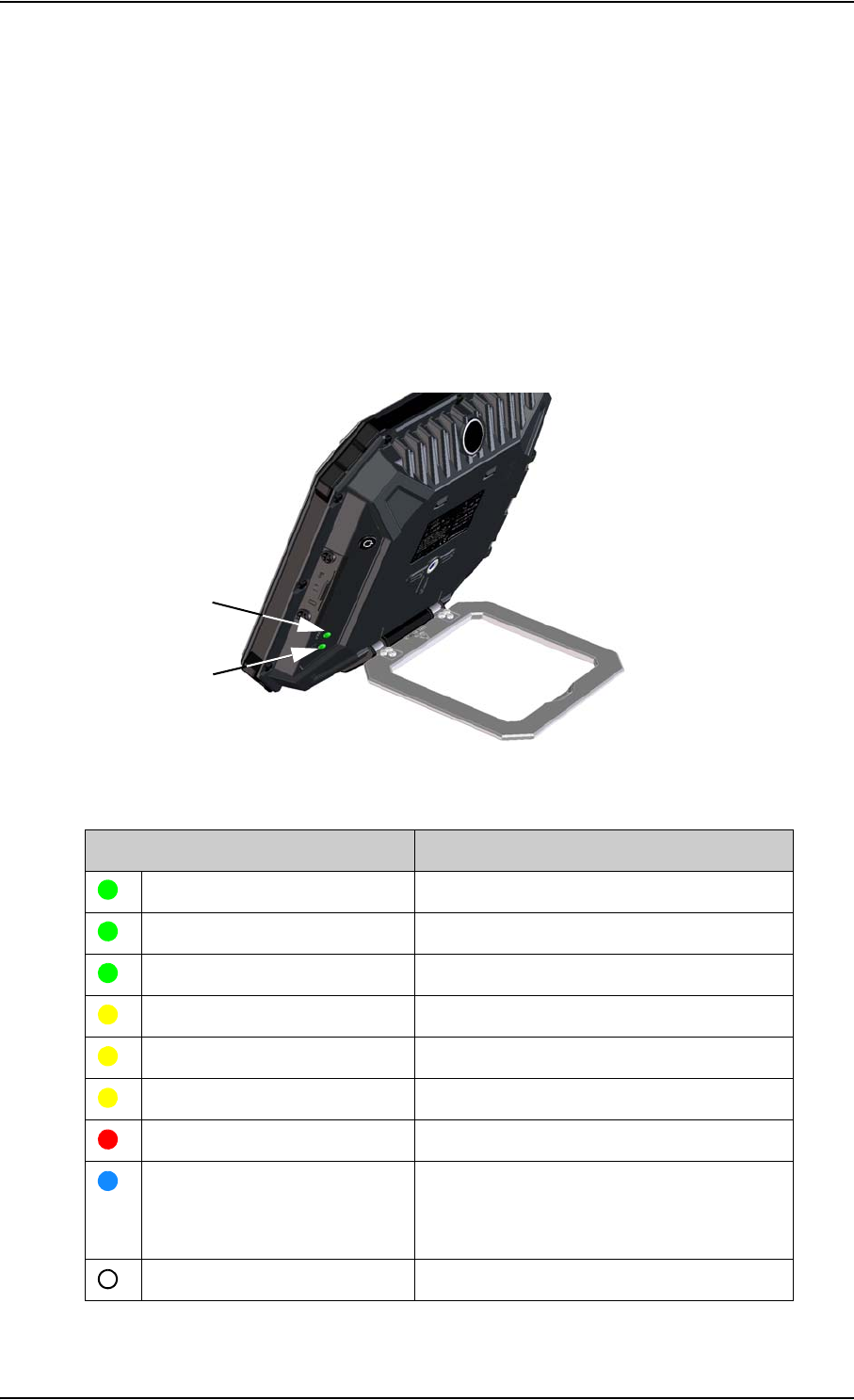
Chapter 5: Maintenance and troubleshooting
98-143082-DraftA6 Troubleshooting 71
Status signalling
Means of signalling
The EXPLORER 510 system provides two methods for signalling the status of the system.
•Light indicators next to the SIM slot
•Messages shown in the web interface.
Light indicators
The EXPLORER 510 has two light indicators showing status and WLAN.
Status indicator
Status
WLAN
Indicator pattern Meaning
Green flashing rapidly Starting up
Green flashing slowly Power on (ready)
Green constant Power on with DC input
Yellow flashing slowly Battery charging
Yellow flashing rapidly Closing down
Yellow constant Warning (user recoverable)
Red constant Error. See the web interface.
Blue flashing (alone)
Blue flashing (with WLAN LED)
Uploading software to the terminal
Safe mode - see Restore the settings of the
EXPLORER 510 on page 65.
Off Power off or Stealth mode
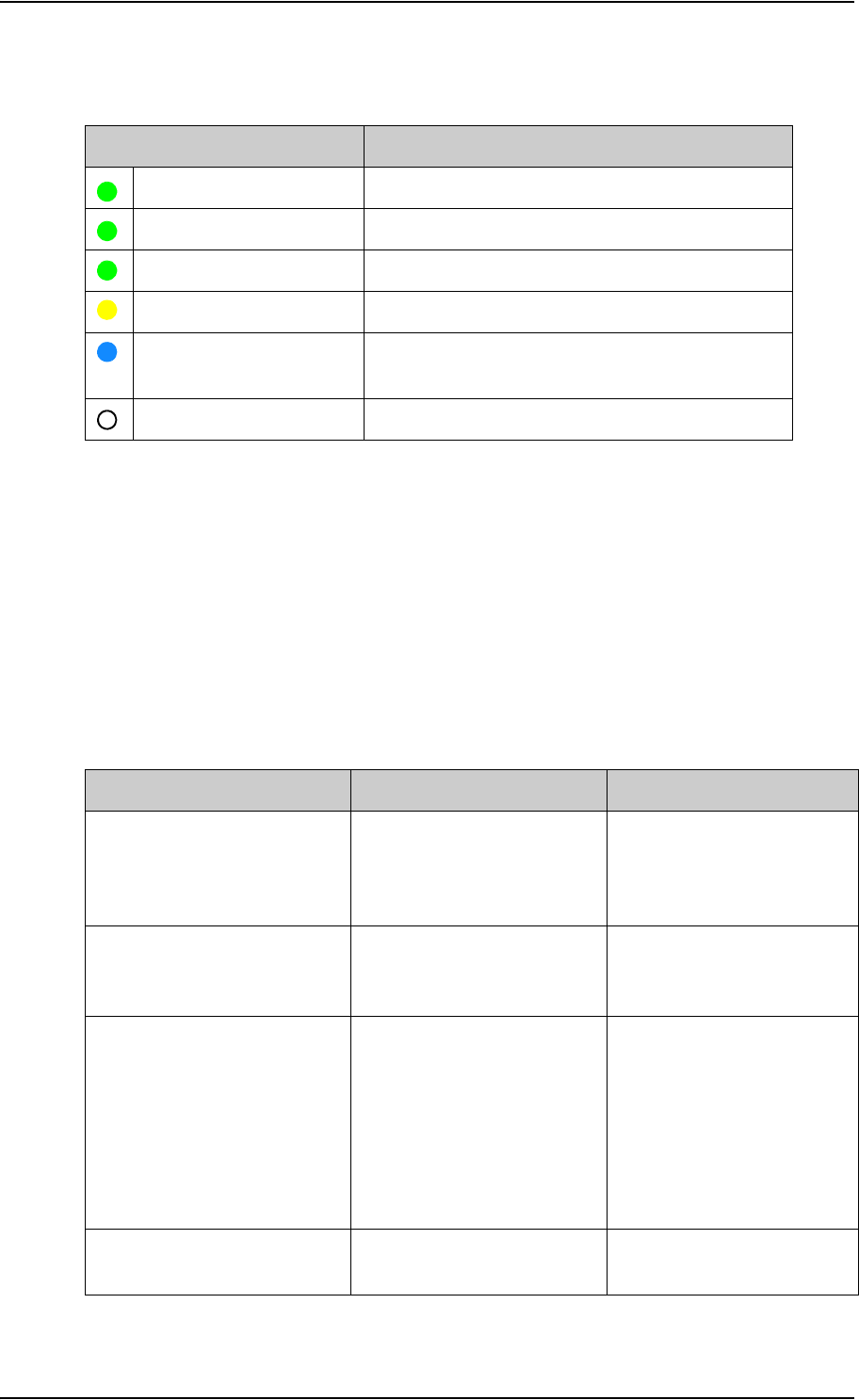
Chapter 5: Maintenance and troubleshooting
98-143082-DraftA6 Troubleshooting 72
WLAN indicator
Event messages and status messages
In the web interface of the EXPLORER 510 you can see status messages and alerts that are
currently active.
When a warning or error event is active, the web interface shows a warning symbol . Select
it to see a list of currently active alerts.
List of messages
The following list explains some of the messages that may show in the web interface of the
EXPLORER 510.
Indicator pattern Meaning
Green flashing Rx/Tx traffic
Green flashing slowly In use - has WLAN registration(s)
Green constant Ready - customized configuration
Yellow constant Ready - factory default configuration
Blue flashing
(together with Status LED)
Safe mode - see Restore the settings of the
EXPLORER 510 on page 65.
Off Not active – power off / starting up / closing down
Displayed text Explanation Remedy
Excessive writes to
the flash memory
Wrong APN name or user
name/ password for a
connection which is set to
auto-activate.
Check that the APN name,
user name and password are
set up correctly for your
connections.
Data rate reduction
due to high
temperature
The bit rate of the data
channel is reduced because
the temperature is too high.
Move the terminal to a
cooler location
Antenna - Startup
temperature too low
The temperature in the
antenna is too low for the
system to start up
None. If the ambient
temperature is outside the
specified limits, the antenna
may not be able to start up
properly. Refer to General
specifications on page 78
for temperature
specifications.
Ciphering is off The network has turned
ciphering off.
Do not transmit data that
requires ciphering.

Chapter 5: Maintenance and troubleshooting
98-143082-DraftA6 Troubleshooting 73
Connection closed.
Data or time limit
exceeded.
The data connection is closed
because a data limit defined
in the web interface is
exceeded.
The data limit may be set to
avoid unintentional use of
bandwidth, e.g. if you forget
to close a connection after
use.
Restart the connection e.g.
from the Dashboard in the
web interface. See To start
and stop data connections
(BGAN) on page 18.
You can change the data
limits in the web interface
under Advanced > Data
limits.
Automatic activation
failed.
Reconnecting...
The terminal failed to
automatically activate a
Standard data connection at
start-up, even though it was
configured to do so.
Wait for the terminal to
reconnect.
Connection failed. The terminal failed to
establish a connection.
Restart the connection e.g.
from the Dashboard in the
web interface. See To start
and stop data connections
(BGAN) on page 18.
Connection lost. The data connection was lost. Restart the connection e.g.
from the Dashboard in the
web interface. See To start
and stop data connections
(BGAN) on page 18.
Network failure. There is a problem, with the
network, e.g. congestion.
Try again later.
If the problem persists,
contact your airtime
provider.
Network failure.
Reconnecting...
There is a problem, with the
network, e.g. congestion.
The terminal tries to
reconnect because it is set up
for automatic activation.
Wait for the terminal to
reconnect.
If the problem persists,
contact your airtime
provider.
Unknown connection
problem.
There is an unknown problem
with the connection.
Restart the connection e.g.
from the Dashboard in the
web interface. See To start
and stop data connections
(BGAN) on page 18.
If the problem persists,
contact your airtime
provider.
Displayed text Explanation Remedy

Chapter 5: Maintenance and troubleshooting
98-143082-DraftA6 Troubleshooting 74
Not registered to
the network
The terminal is not registered
on the satellite network.
You can only make a
connection if the terminal is
registered on the satellite
network.
Make sure that:
• The SIM card is present.
• The PIN has been
entered (if used).
• The terminal is pointed.
See To get started on
page 6 for details.
Temperature too low
(critical)
Low ambient temperature is
causing the performance of
the terminal to be degraded
or halted.
Move the terminal to a
warmer location. For
information on ambient
temperature limits, see
General specifications on
page 78.
Too low temperature
warning
Low ambient temperature is
causing the performance of
the terminal to be degraded
or halted.
The terminal will assume
radio silence if the problem is
in the ACM module of the
antenna.
Move the terminal to a
warmer location. For
information on ambient
temperature limits, see
General specifications on
page 78.
Temperature too high
(critical)
Terminal: Critically high
temperature is causing the
terminal to shut down.
Antenna: Critically high
temperature is causing the
antenna to stop transmission.
If possible, move the failing
unit to a cooler location. For
information on ambient
temperature, see General
specifications on page 78.
Contact your distributor if
the problem persists.
Too high temperature
warning
High ambient temperature is
causing the performance of
the system to be degraded or
halted. If the problem is in
the terminal: The bit rate for
Standard data is reduced.
If the problem is in the
antenna: The bit rate is
reduced.
Move the terminal to a
cooler location. For
information on ambient
temperature limits, see
General specifications on
page 78.
Displayed text Explanation Remedy

Chapter 5: Maintenance and troubleshooting
98-143082-DraftA6 Troubleshooting 75
Satellite signal
lost
The system no longer
receives a signal from the
satellite.
Make sure the antenna has a
clear view to the satellite.
SOS calls only The SIM card is not accepted
by the network. Only
emergency calls are allowed.
Enter the PIN and wait for
network approval. If the
problem persists, contact
your airtime provider.
Registration for
voice failed
The system has not yet been
allowed to register for voice
services (Circuit Switched).
If the problem persists,
contact your airtime
provider.
Registration for
data failed
The system has not yet been
allowed to register for data
services (Packet Switched).
If the problem persists,
contact your airtime
provider.
Software update
still fails after
several retries
The terminal was unable to
upload new software to the
antenna.
Contact your distributor.
Software update
failed
The terminal was unable to
upload new software to the
antenna.
Reboot the terminal.
Contact your distributor if
the problem persists.
Antenna software
could not be loaded
Antenna failed to start up
normally.
Reboot the terminal.
Contact your distributor if
the problem persists.
Antenna could not
enter main
application mode
Antenna failed to start up
normally.
Reboot the terminal.
Contact your distributor if
the problem persists.
Displayed text Explanation Remedy

Chapter 5: Maintenance and troubleshooting
98-143082-DraftA6 Log files 76
Log files
To create a diagnostics report
The diagnostic report contains relevant information for troubleshooting. When contacting
your distributor for support, please enclose this file. To generate a diagnostic report, do as
follows:
1. Select Terminal access from the EXPLORER Connect App, or access the web
interface.
2. Select (Control panel) at the bottom of the page.
3. Select Support.
4. From the Support page, select Diagnostics report.
5. Select Generate report.
6. Select Download report.
7. Choose a location for the file and save it.
Call log and data log
The log holds detailed information on each call or data session to and from the EXPLORER 510,
including date and time, phone numbers, duration, amount of data transferred etc.
Date and time is UTC time, received from the satellite.
To see the log in the web interface, select (Control panel) > Logs. See To use the logs on
page 35.
To view extended status
To see the Extended status page, select (Control panel) > Support > Extended status.
To view updated information on the Extended status page, select the icon in the top left
corner to refresh the page.
The Extended Status page shows IAI-2 status, IMSI number and IMEI number.
To reset the administrator password
If you have forgotten the administrator password, do as follows:
1. Contact your supplier for a reset code.
Report the serial number and IMEI number of the terminal.
You can find the serial number on the label on the EXPLORER 510 or under (Control
panel) > Support > About and the IMEI number in the web interface under (Control
panel) > Support > Extended status.
Note
It may take a few minutes to generate the report.

Chapter 5: Maintenance and troubleshooting
98-143082-DraftA6 Log files 77
2. After receiving the reset code from your supplier, select Reset password from the
Support page.
3. Type in the reset code obtained from your supplier and select Reset.
4. The password is disabled.
You now have access to all settings. If you want to use a password, enable the password as
described in To enable the administrator password on page 50.
Help desk
Under Help desk you can enter the contact information you want for your EXPLORER 510. The
Help desk contact information is empty by default. You must provide the contact information,
e.g. the phone number for your Airtime Provider under Advanced > Help desk. For details on
how to enter the information, see Help desk on page 58.
The Help desk information is then available from the About page ( (Control panel) >
Support > About)

98-143082-DraftA6 78
Appendix A
Technical specifications A
General specifications
Item Specification
Type EXPLORER 510, BGAN Class 2 terminal
Max. IP data rate, Rx/Txa
Streaming data
a. Performance depends on a wide range of factors and actual usage.
464 kbps/464 kbps (simultaneously)
32, 64, and 128 kbps
Voice Standard voice 4 kbps
Premium voice 3.1 kHz audio, 64 kbps
Text SMS, 160 characters
Physical dimensions 197 x 197 x 40 mm
7.8 x 7.8 x 1.6 inches
Weight 1.4 kg / 3.1 lbs (incl. battery)
Operating temperature
Powered by external DC
(no battery or fully
charged battery)
DC operated and
charging the battery
Powered from battery
(discharging)
Storage temperature
-25 to 55C
0 to 45C
-20 to 55C
1 year at -20 to 20C
3 months at -20 to 45C
1 month at -20 to 60C
Water & Dust IP66
Supported web browsers
(Others may be supported,
these have been tested.)
Safari 5.1.7 and above
Internet Explorer 9.0 and above
Google Chrome 23 and above
Mozilla Firefox 16 and above
Approvals CE, FCC, IC
Inmarsat Class 2 Approval

Appendix A: Technical specifications
98-143082-DraftA6 Battery specifications (internal battery) 79
Battery specifications (internal battery)
Interfaces specifications
Power input
Item Specification
Battery type Lithium Ion, rechargeable
Time between recharging
Stand-by
Standard call
Premium voice call
Tx time, max
Rx time, max
TBC:
36h (0 to 55°C/ 32 to 131°F)
3 h (0 to 55°C/ 32 to 131°F)
1h30m (0 to 55°C/ 32 to 131°F)
2h15m @ 128 kbps (25°C / 77°F)
3h30m @ 128 kbps (25°C / 77°F)
Charge time Less than 3 hours
Charge temperature 0 to 45C,/ 32 to113F (in Japan: 10 to 45C/ 50 - 113F)
Min. charge cycles 300 (typically up to 500)
Storage temperature
1 Month
3 Months
1 Year
-20 to 60C/ -4 to 140F
-20 to 45C/ -4 to 113F
-20 to 25C/ -4 to 77F
Item Specification
DC input range 10.5 to 32 VDC
Power consumption
Standby / transmit
During charging
0.8 W / 14 W (typical) TBC
38 W (max.)
Connector type 2.5 mm EIAJ RC-5320-IV
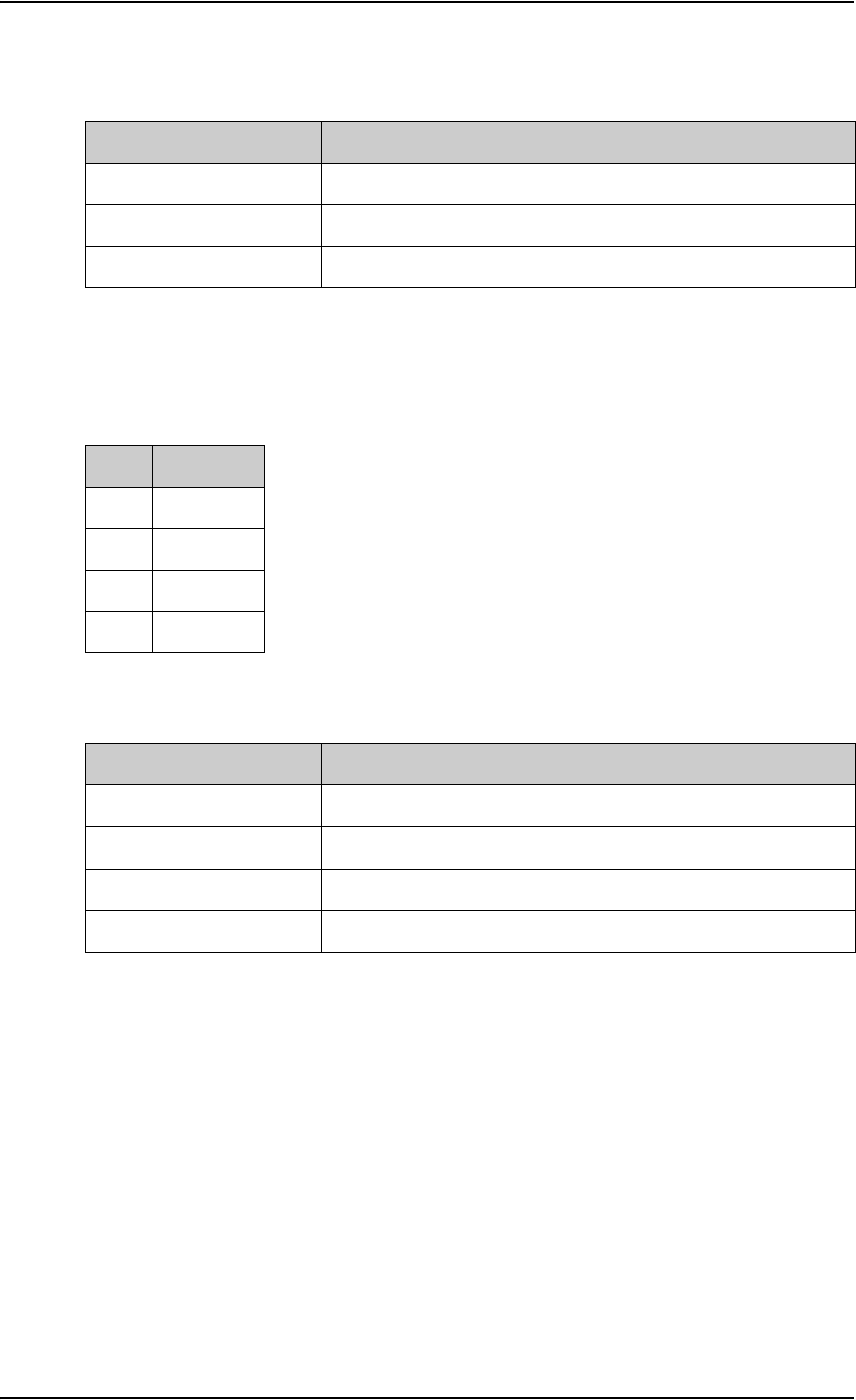
Appendix A: Technical specifications
98-143082-DraftA6 Interfaces specifications 80
WLAN access point
USB (Host) interface
Connector pin-out
Specifications
Item Specification
Standard IEEE 802.11 b/g
Antenna Built-in
Frequencies 2.4 GHz ISM band
Pin Function
1VBUS
2D-
3D+
4GND
Item Specification
Version USB v2.0 Host
Connector type Type A
Charge current available 0.5 A or 1.0 A, user selectable
Max. cable length 5 m / 16.4 ft
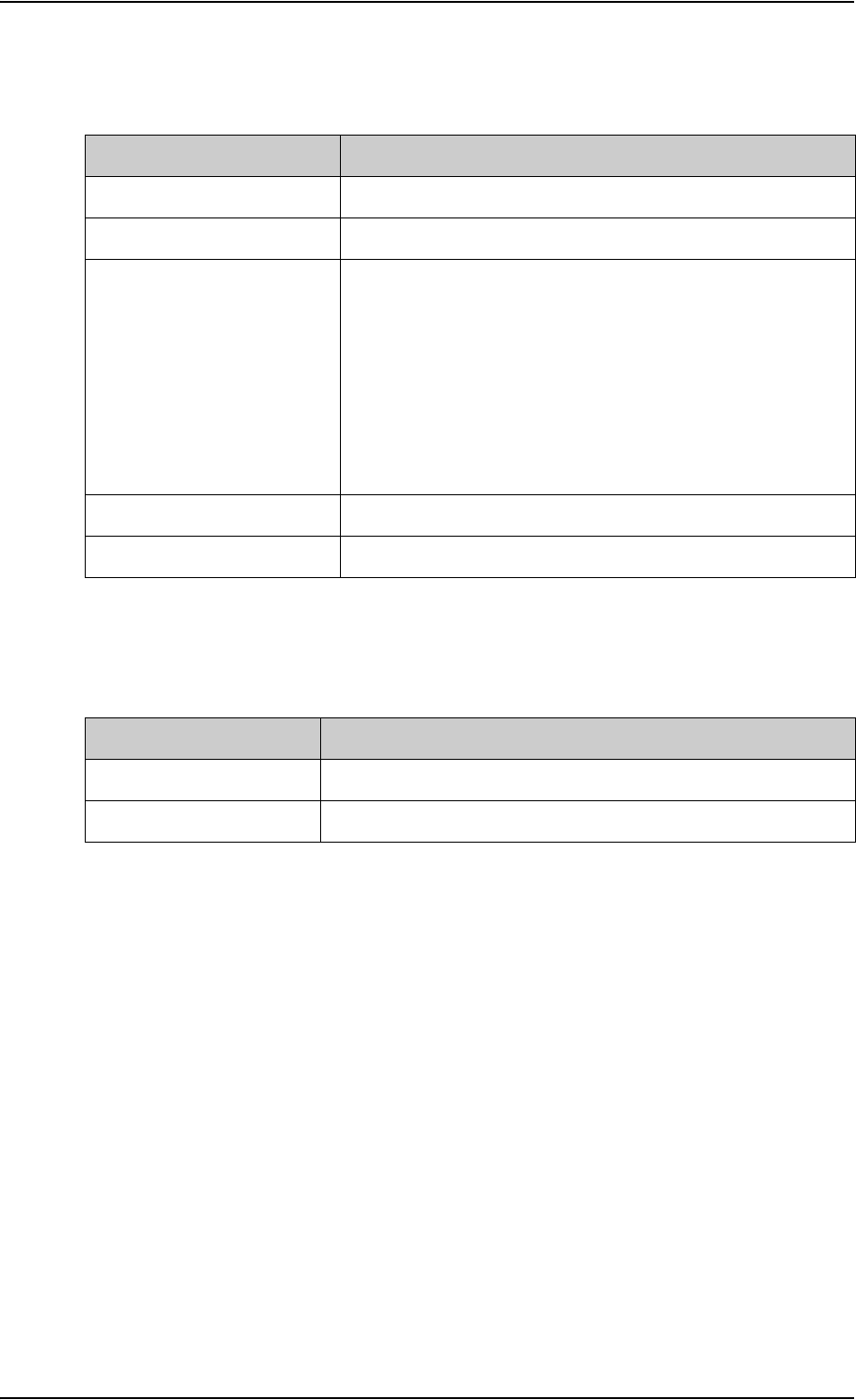
Appendix A: Technical specifications
98-143082-DraftA6 Built-in BGAN antenna 81
Built-in BGAN antenna
AC/DC adapter
Item Specification
Type Directional patch array, manually adjustable
Polarization RHCP, Right-hand circular polarization for both tx and rx
Frequencies
Inmarsat I-4
Transmit
Receive
Inmarsat Alphasat (EMEA)
Transmit
Receive
GNSS
1626,5 MHz - 1660,5 MHz
1525 MHz - 1559 MHz
Extended L-band (XL)a:
1626,5 MHz - 1660,5 MHz and 1668 MHz - 1675 MHz
1518 MHz - 1559 MHz
GPS, Glonass, Beidou/Compass
a. Only available within Alphasat coverage (EMEA). See Inmarsat Alphasat coverage on page 84.
EIRP Nominal: 15.1 dBW ±1dB, Class 2
Gain 11 dBi
Item Specification
AC input range 100 to 240 VAC, 47 to 63 Hz, 50 W
DC output 19 VDC
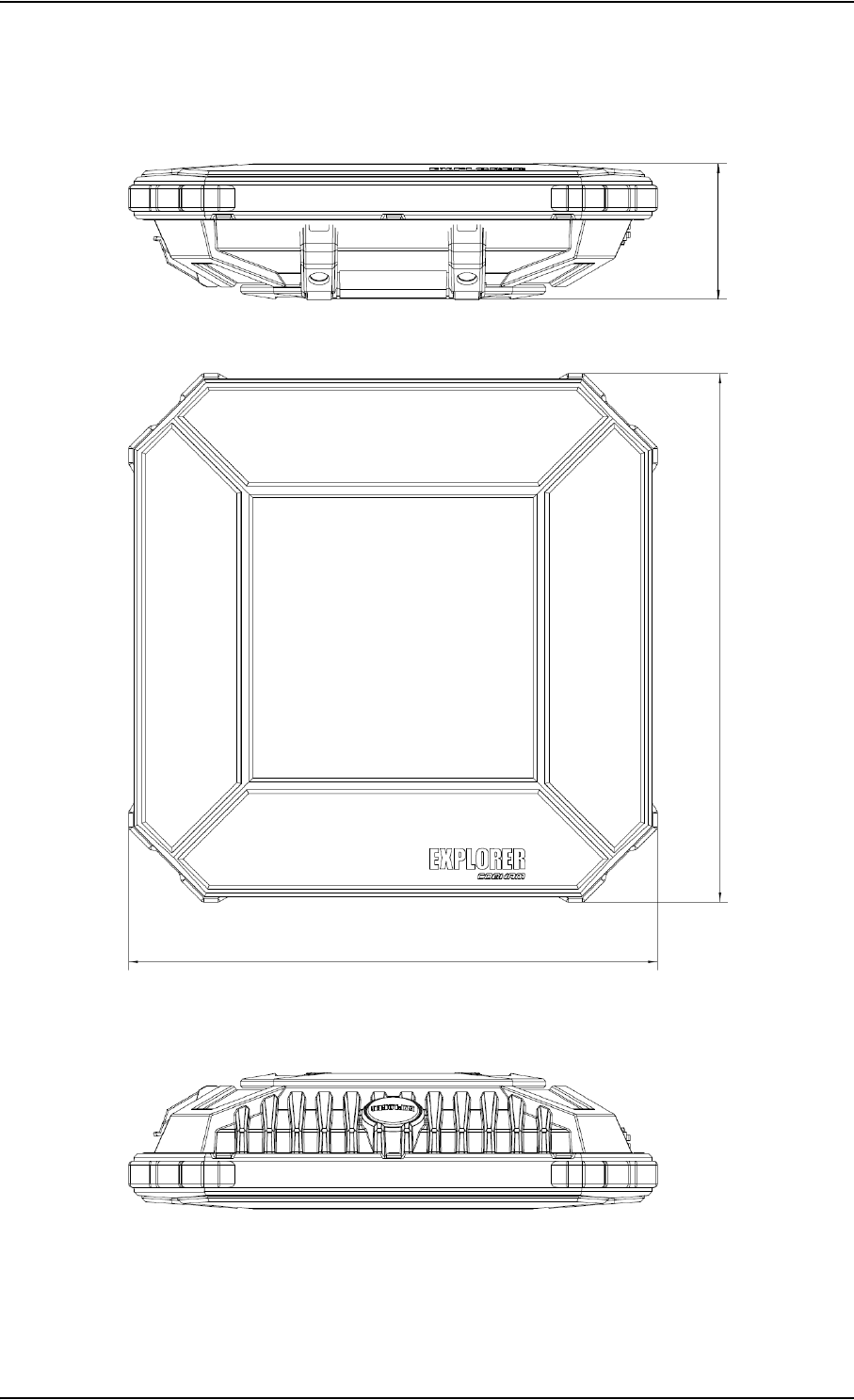
Appendix A: Technical specifications
98-143082-DraftA6 Outline drawing 82
Outline drawing
51.75
202
202
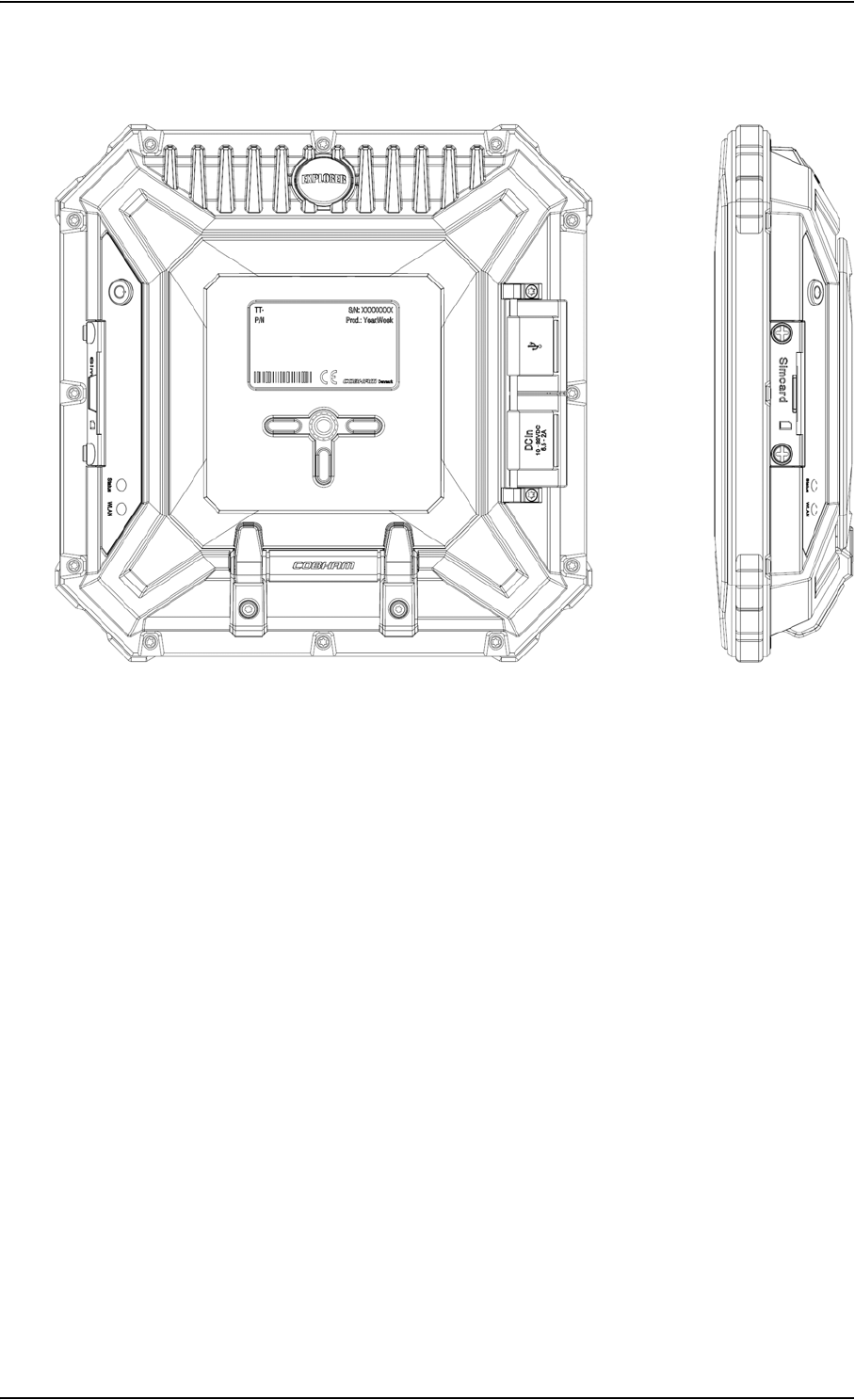
Appendix A: Technical specifications
98-143082-DraftA6 Outline drawing 83

Appendix A: Technical specifications
98-143082-DraftA6 Satellite coverage 84
Satellite coverage
The EXPLORER 510 uses the Inmarsat I-4 satellites and the Alphasat satellite for satellite
communication. The drawings below show the coverage areas for these satellites.
Inmarsat I-4 coverage
Inmarsat Alphasat coverage
Alphasat uses extended L-band. For frequency range, see Built-in BGAN antenna on page 81.
0°
10°
20°
30°
40°
50°
60°
70°
80°
90°
10°
20°
30°
40°
50°
60°
70°
80°
90°
0°20°40°60°80°100°120°140°160°180° 20° 40° 60° 80° 100° 120° 140° 160° 180°

98-143082-DraftA6 85
Appendix B
Conformity B
General
CE (R&TTE)
The EXPLORER 510 is CE certified (R&TTE directive). The “Declaration of Conformity with
R&TTE Directive” will be enclosed in electronic copy at the end of this appendix when ready.
The WLAN interface is CE certified through the manufacturer of the WLAN card.
Use of WLAN:
The WLAN interface requires that the user enters the current country of operation. See WLAN
interface setup on page 36.
For use in the EU, the following restrictions apply:
• France: Outdoor use must be limited to 10 mW EIRP within the frequency band 2454 MHz
to 2483.5 MHz.
• Italy: Outdoor use outside own premises require general authorization.
IC
This device complies with Industry Canada licence-exempt RSS standard(s). Operation is
subject to the following two conditions:
(1) this device may not cause interference, and
(2) this device must accept any interference, including interference that may cause undesired
operation of the device.
Le présent appareil est conforme aux CNR d'Industrie Canada applicables aux appareils radio
exempts de licence. L'exploitation est autorisée aux deux conditions suivantes :
(1) l'appareil ne doit pas produire de brouillage, et
(2) l'utilisateur de l'appareil doit accepter tout brouillage radioélectrique subi, même si le
brouillage est susceptible d'en compromettre le fonctionnement.
This Class [B] digital apparatus complies with Canadian ICES-003.
Cet appareil numérique de la classe [B] est conforme à la norme NMB-003 du Canada.
FCC
Note: This equipment has been tested and found to comply with the limits for a Class B digital
device, pursuant to part 15 of the FCC Rules. These limits are designed to provide reasonable
protection against harmful interference in a residential installation. This equipment generates,
uses and can radiate radio frequency energy and, if not installed and used in accordance with
the instructions, may cause harmful interference to radio communications. However, there is
no guarantee that interference will not occur in a particular installation. If this equipment does

Chapter B: Conformity
98-143082-DraftA6 General 86
cause harmful interference to radio or television reception, which can be determined by
turning the equipment off and on, the user is encouraged to try to correct the interference by
one or more of the following measures:
• Reorient or relocate the receiving antenna
• Increase the separation between the equipment and receiver
• Connect the equipment into an outlet on a circuit different from that to which the receiver
is connected
• Consult the dealer or an experienced radio/TV technician for help
NOTICE:
This device complies with Part 15 of the FCC Rules.
Operation is subject to the following two conditions:
(1) this device may not cause harmful interference, and
(2) this device must accept any interference received, including interference that may cause
undesired operation.
NOTICE:
Changes or modifications made to this equipment not expressly approved by Cobham
SATCOM may void the FCC authorization to operate this equipment.
Japanese Radio Law and Japanese Telecommunications Business Law
Compliance.
This device is granted pursuant to the Japanese Radio Law ( 電波法 )
and the Japanese Telecommunications Business Law ( 電気通信事業法 )
This device should not be modified (otherwise the granted designation number will become
invalid)

98-143082-DraftA6 88
Glossary
Glossary
A
APN Access Point Name. The Access Point Name is used by the terminal operator to establish
the connection to the required destination network.
B
BGAN Broadband Global Area Network. A satellite network based on geostationary satellites,
delivering broadband data and telephony to virtually any part of the earth, with full UMTS
(3G) compatibility. BGAN enables users to access e-mail, corporate networks and the
Internet, transfer files and make telephone calls.
C
CE Conformité Européenne. This term signifies that a CE certified product conforms to
European health, environmental, and safety regulations. In short, it makes the product
legal to be sold in the European Union.
D
DHCP Dynamic Host Configuration Protocol. A protocol for assigning dynamic IP addresses to
devices on a network. With dynamic addressing, a device can have a different IP address
every time it connects to the network. ,
F
FCC Federal Communications Commission. An independent agency of the United States
government, created by Congressional statute to regulate interstate communications by
radio, television, wire, satellite, and cable in all 50 states, the District of Columbia and U.S.
territories. The FCC works towards six goals in the areas of broadband, competition, the
spectrum, the media, public safety and homeland security.
G
GNSS Global Navigation Satellite System. A navigation satellite system using the GPS, GLONASS,
Galileo or Beidou system.

Glossary
98-143082-DraftA6 89
I
IC Industry Canada (French: Industrie Canada) is the department of the Government of
Canada with a mandate of fostering a growing, competitive, knowledge-based Canadian
economy.
ICMP Internet Control Message Protocol. An Internet protocol mostly used for diagnostics.
IMSI International Mobile Subscriber Identity. A number used to identify the user of a cellular
network. It is a unique identification associated with all cellular networks. ,
IMSO International Maritime Satellite Organisation. An intergovernmental body established to
ensure that Inmarsat continues to meet its public service obligations, including
obligations relating to the GMDSS.
IP Ingress Protection. An international classification system for the sealing effectiveness of
enclosures of electrical equipment against the intrusion into the equipment of foreign
bodies (i.e. tools, dust, fingers) and moisture. This classification system uses the letters "IP"
L
LAN Local Area Network. A computer network covering a small physical area, like a home,
office, school or airport. The defining characteristics of LANs, in contrast to wide-area
networks (WANs), include their usually higher data-transfer rates, smaller geographic area,
and lack of a need for leased telecommunication lines.
LED Light Emitting Diode
N
NAT Network Address Translation. An Internet standard that enables a local-area network to
use one set of IP addresses for internal traffic and a second set of addresses for external
traffic. A NAT module makes all necessary address translations.
P
PBX Private Branch Exchange, telephone exchange that serves a particular business or office.
PIN Personal Identification Number. A code number used to provide access to a system that
has restricted access.
PPPoE Point-to-Point Protocol over Ethernet. A network protocol for encapsulating Point-to-
Point Protocol (PPP) frames inside Ethernet frames. By using PPPoE, users can virtually
"dial" from one machine to another over an Ethernet network, establish a point to point

Glossary
98-143082-DraftA6 90
connection between them and then securely transport data packets over the connection.
R
RF Radio Frequency. Electromagnetic wave frequencies between about 3 kHz and about
300 GHz including the frequencies used for communications signals (radio, television,
cell-phone and satellite transmissions) or radar signals.
S
SIM Subscriber Identity Module. The SIM provides secure storing of the key identifying a
mobile phone service subscriber but also subscription information, preferences and
storage of text messages. ,
SIP Session Initiation Protocol. An application-layer control (signaling) protocol for creating,
modifying, and terminating sessions with one or more participants. Used e.g. for Internet
telephony.
U
USB Universal Serial Bus. A specification to establish communication between devices and a
host controller (usually personal computers). USB is intended to replace many varieties of
serial and parallel ports. USB can connect computer peripherals such as mice, keyboards,
digital cameras, printers, personal media players, flash drives, and external hard drives.
UTC Coordinated Universal Time. The International Atomic Time (TAI) with leap seconds
added at irregular intervals to compensate for the Earth’s slowing rotation. Leap seconds
are used to allow UTC to closely track UT1, which is mean solar time at the Royal
Observatory, Greenwich.
V
VPN Virtual Private Network. A network that is constructed by using public wires to connect
nodes. You can create networks using the Internet for transporting data, using security
mechanisms so that only authorized users can access the network.
W
WLAN Wireless LAN. A wireless computer network that links two or more devices using a wireless
distribution method (often spread-spectrum or OFDM radio) within a limited area such as
a home, school, computer laboratory, or office building.

98-143082-DraftA6 91
Index
Index
A
AC⁄DC adapter specifications, 81
access
remote, 21
access to settings
limit in web interface, 51
access using AT commands, 21
admin password
change, 51
disable, 50
enable, 50
log in, 50
log out, 51
reset, 42, 76
advanced settings, 50
alerts
view in web interface, 24
Alphasat
coverage area, 84
frequencies, 81
antenna
connector, 84
short description, 5
APN
set up for BGAN, 47
set up for cellular network, 60
AT commands
access with IP, 21
remote access with IP, 22
audio assisted pointing, 11
automatic activation, 45
automatic shut down
connection, 54
B
backup configuration, 52
battery
capacity display accuracy, 66
charge, 66
short description, 5
C
call charges
estimating in web interface, 55
call log, 35
calls
make, 23
missed, received, outgoing, 35
total usage, 35
CE compliance, 85
charge
EXPLORER 510 battery, 66
smartphone or tablet, 25
charges for calls
estimating, 55
clear logs, 55
configuration
copy, 52
IP handsets and smartphones, 39
save or load, 52
USB, 38
WLAN, 36
conformity, 85
connect a phone
WLAN or LAN, 15
connection
automatic shut down, 54
connectors
antenna, 84
DC input, 79
USB Host, 80
Control panel, 34
coverage area
Alphasat satellite, 84
extended L-band, 84
I-4 satellites, 84
D
data
limits, set, 54
log, 35
Standard, definition, 18
Streaming definition, 18
total usage, 35
data connections
start and stop in web interface, 32

Index
98-143082-DraftA6 92
DC input
connector, 79
default IP address, 9, 27
delivery contents, 7
diagnostics report
create, 40, 76
disposal, 66
E
event list
view in web interface, 40
extended L-band
coverage area, 84
frequencies, 81
F
factory settings
restore, 52
FCC compliance, 85
forward port, 37
frequencies
extended L-band, 81
I-4, 81
G
GPS
troubleshooting, 69
I
I-4
coverage area, 84
frequencies, 81
IAI-2 status, 41, 76
IC compliance, 85
IMEI number, 41, 76
IMSI number, 41, 76
included items, 7
indicator, Status LED, 71
indicator, WLAN, 72
initial inspection, 6
insert SIM card, 7
internet connection mode
setting, 45
IP address
for web interface, 9, 27
local, setting up, 45
IP connection
monitoring, 54
IP handset
connect, 15
manage in the terminal, 39
SIP settings, 15
user name and password, 39
items included, 7
L
LAN
automatic activation of, 45
language
change in web interface, 46
LED on front panel, 71
light indicator, 71
limit
allowed kB, 54
allowed time, 54
data, 54
limiting user access, 51
link monitoring, 54
load configuration, 52
log in as administrator, 50
log of data connections, 35
log out as administrator, 51
logs, clear, 55
M
maximum for data, 54
modem mode, 45
monitoring the external IP connection, 54
N
navigation in web interface, 29

Index
98-143082-DraftA6 93
P
password
change, 51
disable, 50
enable, 50
log in, 50
log out, 51
reset, 42, 76
smartphone or IP handset, 39
permissions
setting for users, 51
phone
connect to LAN or WLAN, 15
SIP settings, 15
phone call, 23
PIN
changing, 52
enabling or disabling, 52
enter in web interface, 30
ping command from the terminal, 54
point the antenna again, 12
pointing
audio assisted, 11
pointing process
restarting, 12
port forwarding, 37
Power connector, 79
power supply
AC⁄DC adapter, 81
R
recovery
software, 64
remote management
access using AT commands, 22
access using web interface, 22
activation with SMS, 22
preparation, 21
set up in web interface, 56
remove SIM card, 8
repoint the antenna, 12
report
diagnostics, 40, 76
restore factory settings, 52
rights for users
in web interface, 51
router mode, 45
S
safety summary, iii
save configuration, 52
settings
in web interface, 34
limit access, 51
restore, 52
SIM card
insert, 7
remove, 8
short description, 5
SIP settings, 15
smartphone
charge via USB, 25
connect for calls, 15
manage in the terminal, 39
SIP settings, 15
user name and password, 39
SMS
activate data connection, 22
software
recovery, 64
update with USB, 63
update with web interface, 41, 63
sound during pointing, 11
Standard data
definition, 18
Status
view in web interface, 33
Status of satellite connection, 41, 76
Streaming data
definition, 18
T
tablet
charge via USB, 25
total usage, 35
tracking the terminal, 25
setup in web interface, 48
troubleshooting, 67
troubleshooting guide, 67
typography used in this manual, v
U
update software, 41, 63
USB, 63

Index
98-143082-DraftA6 94
usage
calls and data, 35
USB
charge smartphone or tablet, 25
configure, 38
connector, 80
update software, 63
user name
smartphone or IP handset, 39
user permissions
setting up in web interface, 51
W
warning messages, 24, 40
warranty, 62
web interface
accessing, 27
change language, 46
definition, 27
navigating, 29
what’s in the delivery, 7
WLAN
automatic activation of, 45
configure, 36

98-143082-DraftA6
www.cobham.com/satcom